And since it was created by a Tomcat distributor, there’s some credibility to it. Especially as the distributor in question was comp safari legend John Cockburn. Full












And since it was created by a Tomcat distributor, there’s some credibility to it. Especially as the distributor in question was comp safari legend John Cockburn. Full

















Whether your idea of an expedition is an afternoon driving some local trails, a weekend off road and wild camping or a full-on trip across Africa, Terrafirma has all the accessories you will need. From roof racks and ladders to spare wheel carriers and snorkels, from jerry cans and sand tracks to fridges we have it covered with this extensive range of expedition accessories.
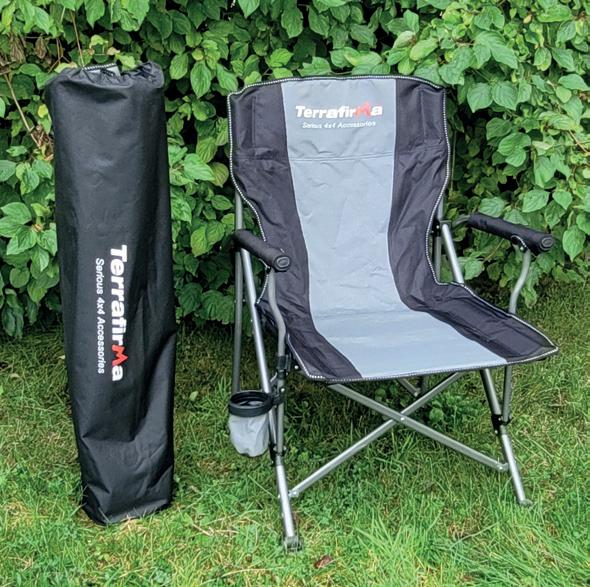
THE WORLDS BEST ACCESSORIES FOR LAND ROVER
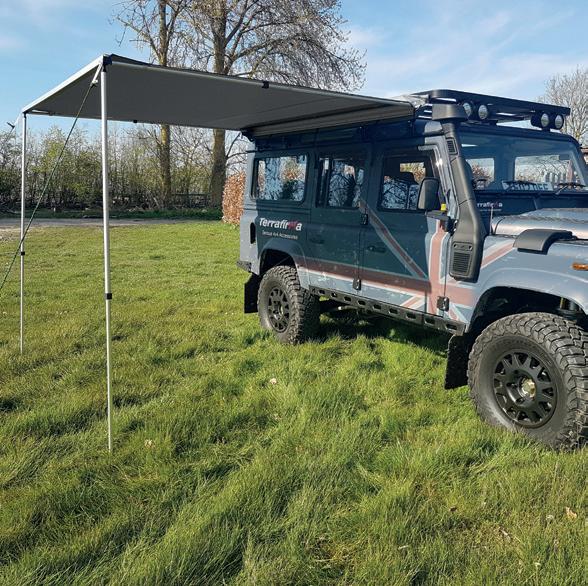

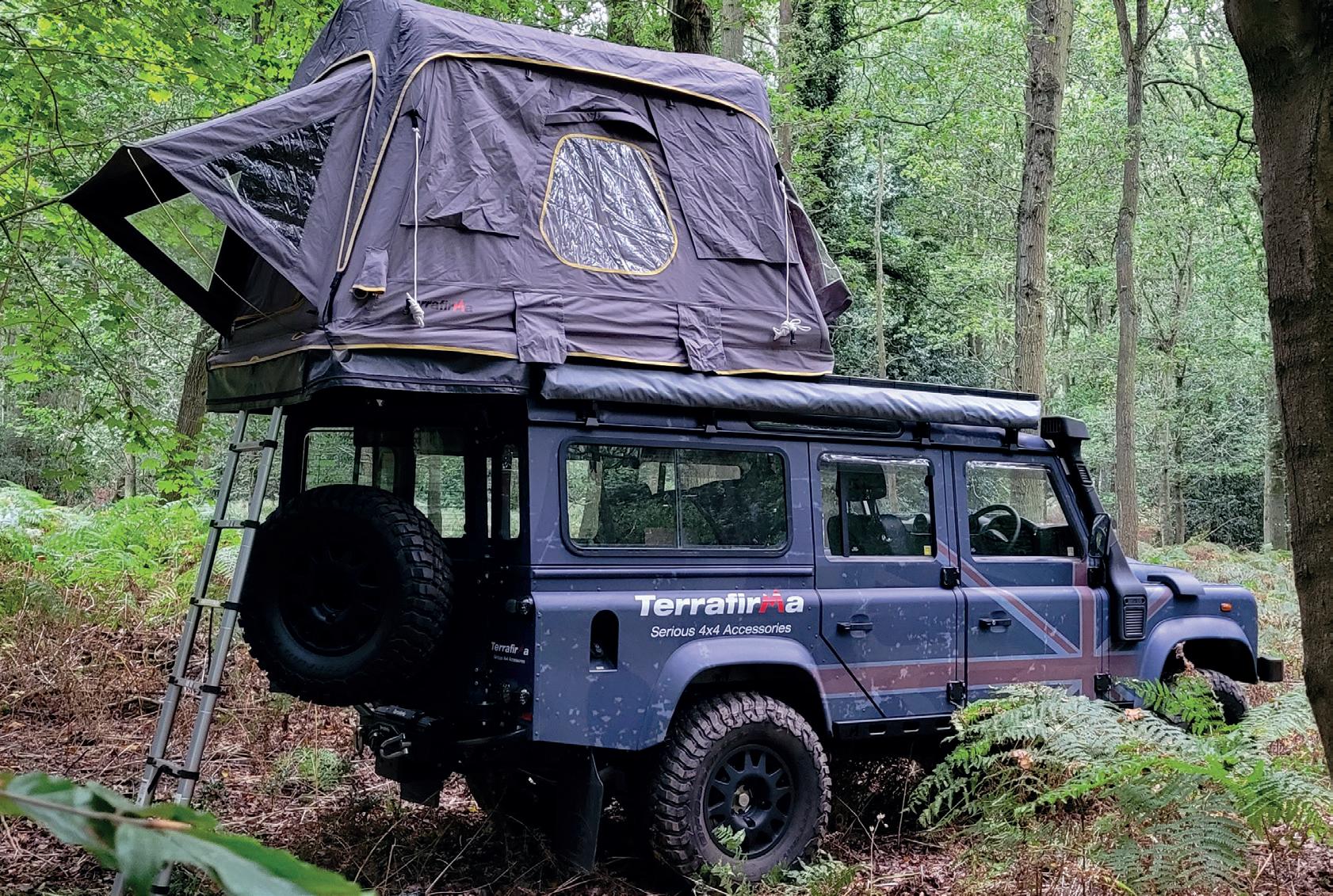
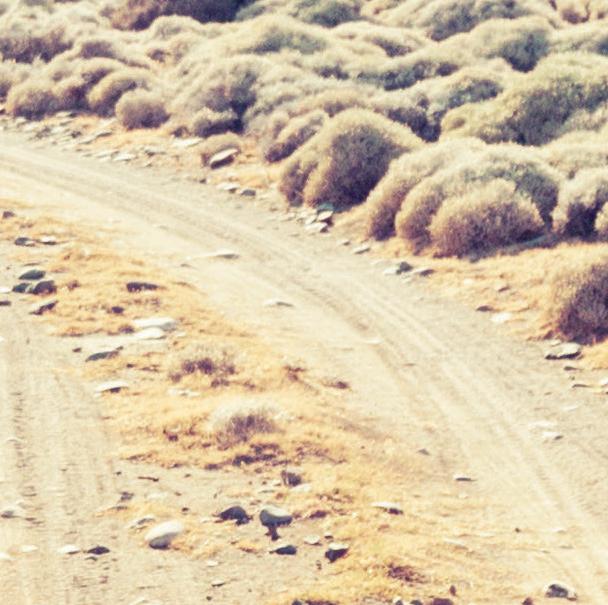







SPARE WHEEL CARRIERS
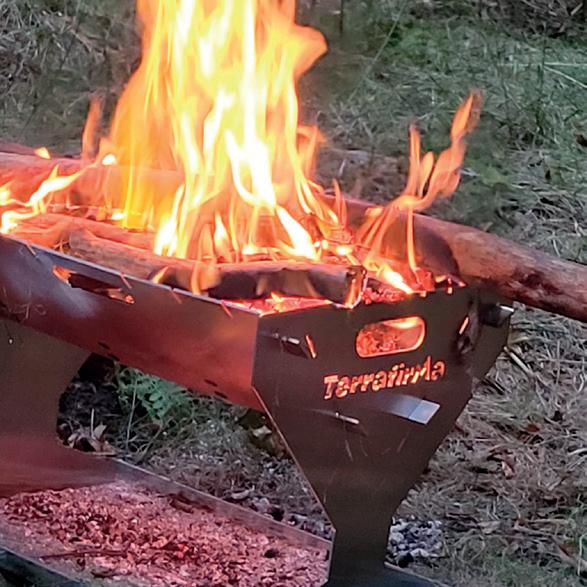
RAISED AIR INTAKES


EXPEDITION ACCESSORIES

For more information visit www.terrafirma4x4.com email sales@terrafirma4x4.com







 ROOF
ROOF
ROOF
ROOF
To advertise in The Landy, call our team on 01283 553244

We’re on Facebook: www.facebook.com/thelandyuk




www.thelandy.co.uk





Issue 119: Nov 2023
TOMCAT MOTORSPORT, whose Land Rover based race, trial and winch vehicles have been synonymous with off-road competition in the UK over the last couple of decades, has been put on the market as a going concern.
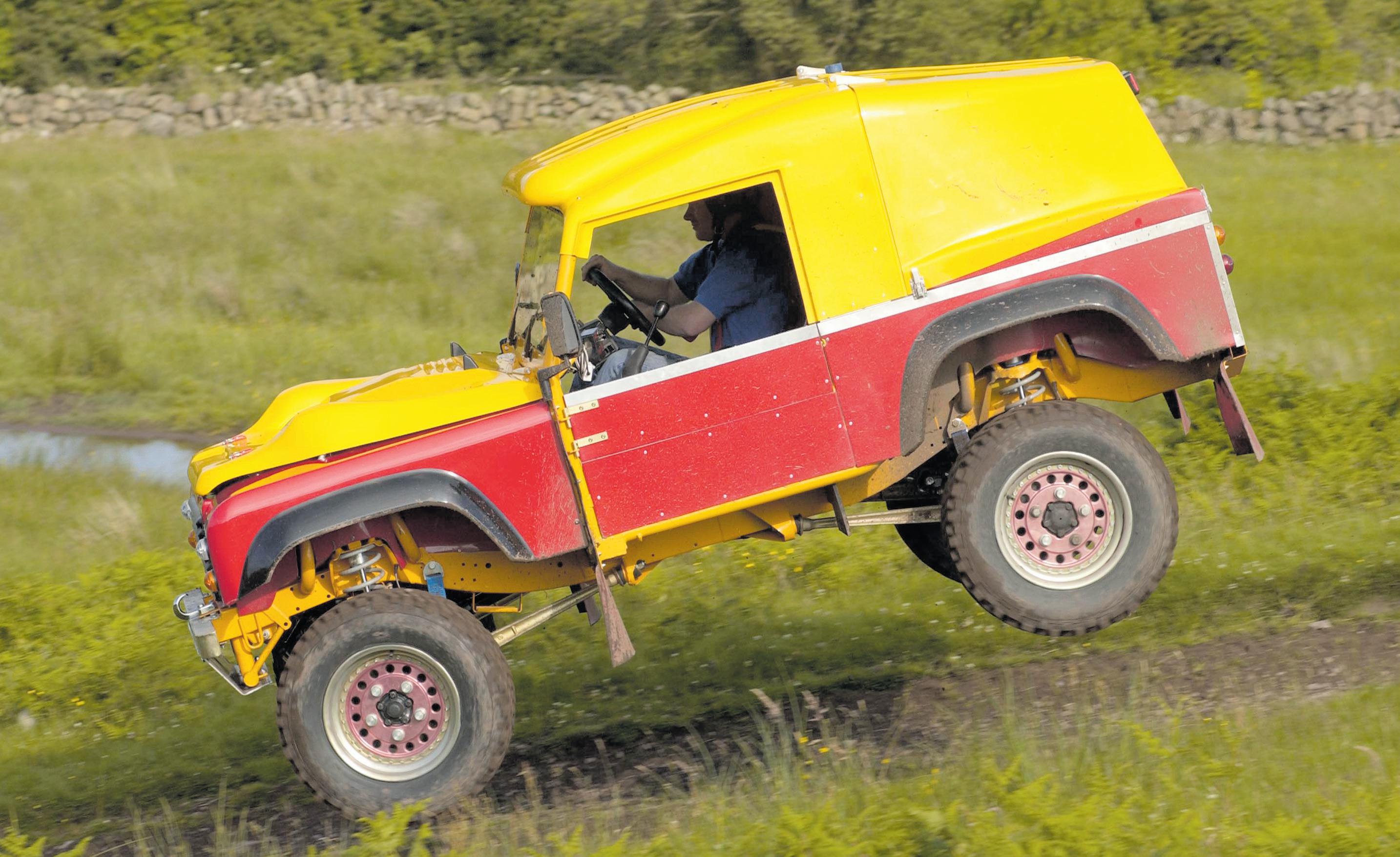
Paul Williamson, who has owned and run the company since its inception in 2001, says the sale is ‘due to a personal change of direction and relocation’ and that it is available as ‘an entire and prepackaged business.’


Potential buyers are asked not to contact Tomcat through the usual channels, but are asked to express their interest to Tim Peters at tim. peters@business-partnership.com or on 01775 761225.

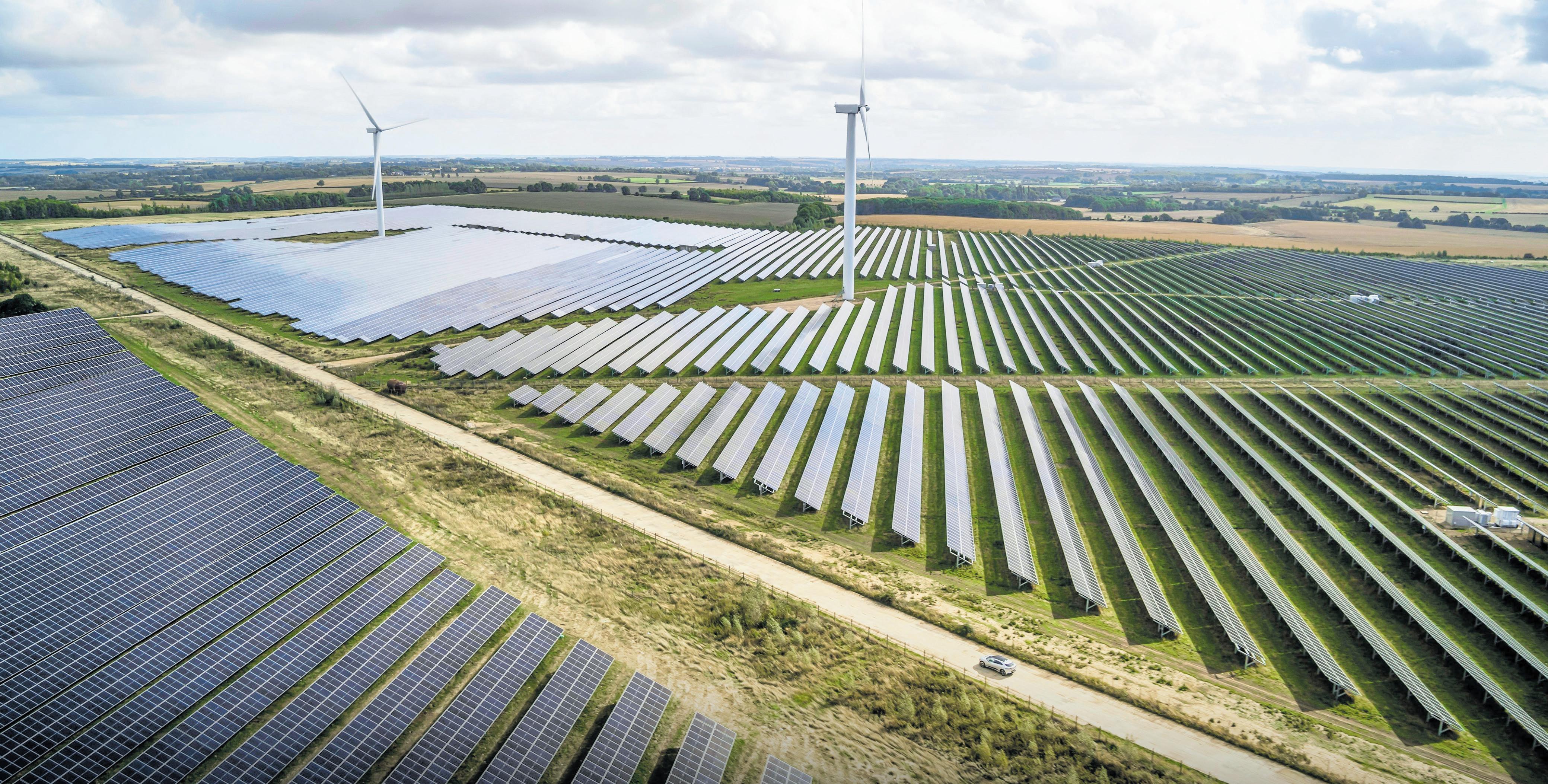
JAGUAR LAND ROVER HAS CREATED A NEW ENERGY STORAGE SYSTEM using second-hand EV batteries. Developed in collaboration with Wykes Engineering, this will help make solar and wind power more efficient than ever as the company pushes towards its target of achieving carbon neutrality by 2039. Electric vehicles’ battery packs become obsolete once they drop below around 70-80% of their original capacity. They can, however, still be effective in lower-energy duties. An array of 30 second-life EV batteries such as those used in the Jaguar I-Pace can store 2.5MWh of energy – enough to power around 250 homes for a day. As more and more EVs move through their life cycles and used batteries become available, the technology is expected to play a significant role in decarbonising the National Grid and deal with peaks in demand on new, green power sources.
LAND ROVER IS TAKING ON 300 NEW VEHICLE AND MAINTENANCE TECHNICIANS and test engineers to support growing Range Rover production and next-generation EV development. Of these, around 100 technicians will be employed at a new Solihull body shop and 200 in EV roles at Gaydon Engineering Centre and Whitley Powertrain facility. JLR is investing £15 billion over five years in its industrial footprint, vehicle programmes, autonomous, AI and digital technologies and people skills. This includes the transformation of its Solihull, Wolverhampton and Halewood facilities from petrol and diesel to electric vehicle production.
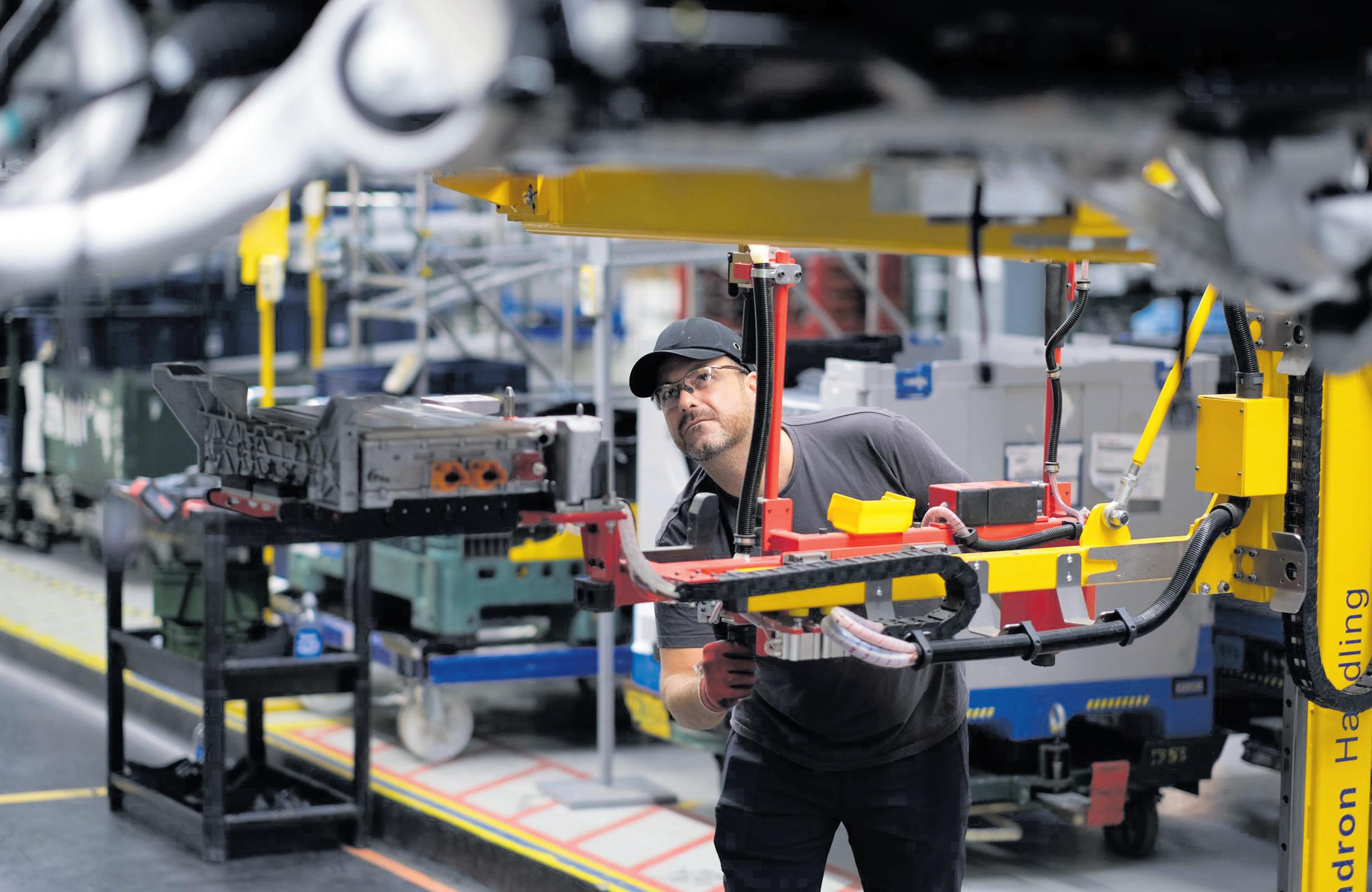
of competition in gravel and hillrallies throughout Scotland, England and Wales.

With Bowler taking care of all event logistics, allowing teams simply to arrive and drive, the championship is aimed at novices and experienced rally competitors alike. In addition to its seven UK rounds, it will also support progression to overseas events by giving participants the option to join chosen international rallies.
The 2023 Defender Rally series is still in full swing, but Land Rover and Bowler Motorsport have already opened applications for
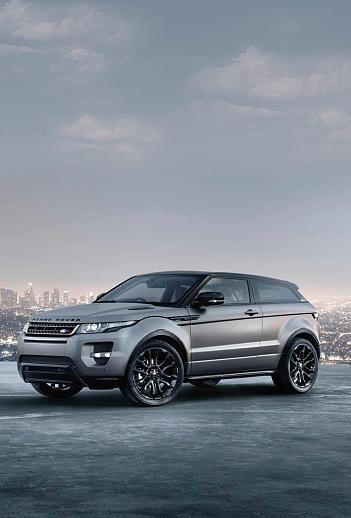
teams to take part in next season’s third running of the championship. This will include a training package followed by works support through seven rounds

Sponsored by Tata Elxsi, the Defender Rally Series replaced the old Defender Challenge as a championship for the new-shape vehicle and ran for the first time in 2022. The package price for 2024 starts at £118,000 plus VAT, for which you get a full FIA-spec rally 90 based on the P300 SE production model plus training and mentoring as part of a works support package covering the seven-round champion-
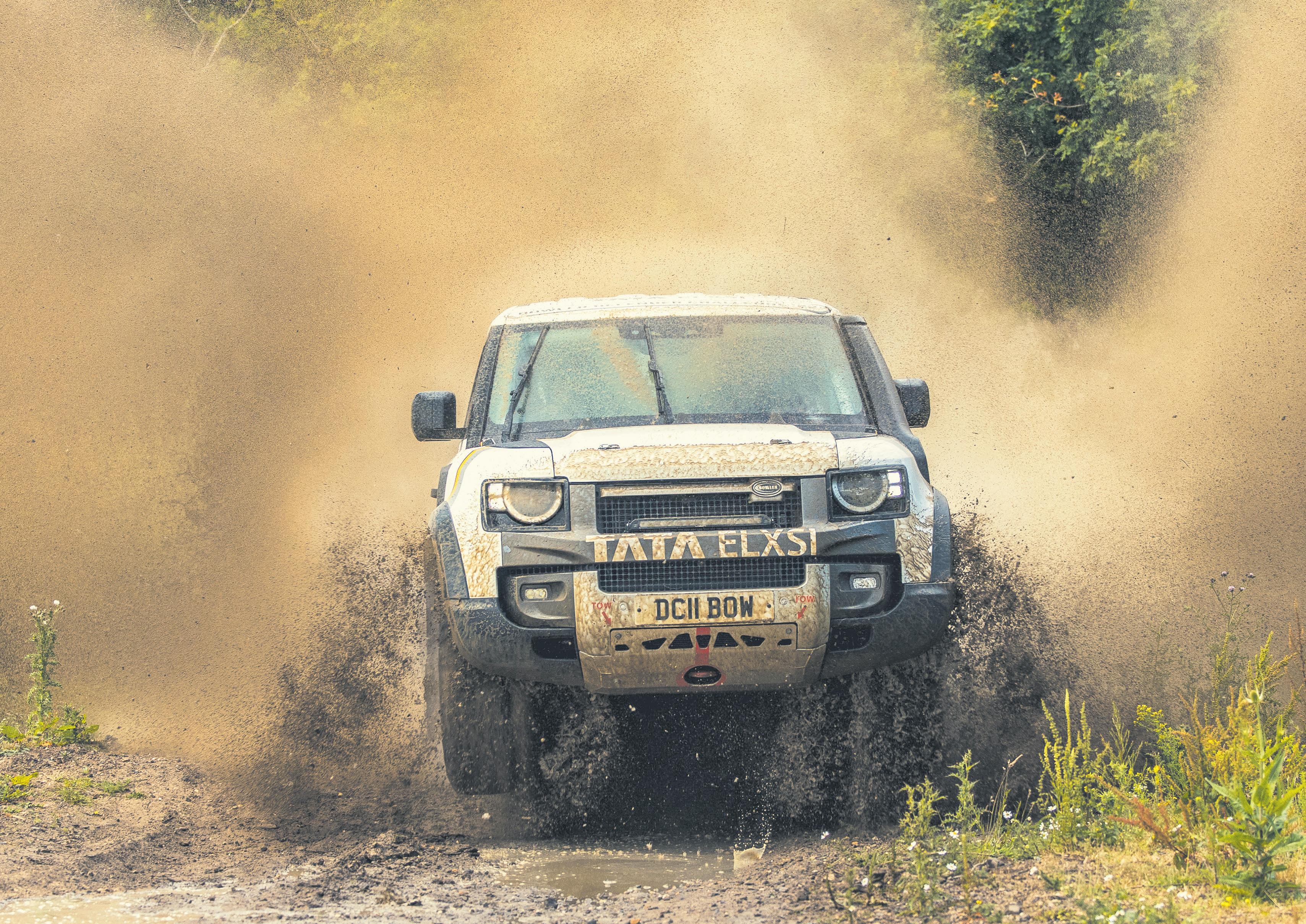

LAND ROVER HAS LAUNCHED AN OFFICIAL DEFENDER TIKTOK ACCOUNT, with a soundtrack provided by East London grime artist Kano. ‘Defender and music can both unlock powerful emotions,’ said Defender brand boss Mark Cameron, ‘inspiring whole communities to go their own way, break new ground and embrace all kinds of adventures.’ Kano, whose previous collaborations have featured the likes of Wiley, Giggs, Craig David and Vybz Kartel, is now preparing for his headline slot at next year’s ARC National by teaching himself Rod Stewart covers and growing a mullet.

Group Editor Alan Kidd
Art Editor Sam D’Souza
Contributors


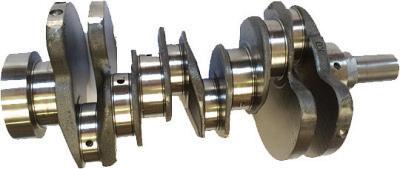
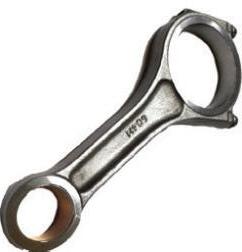

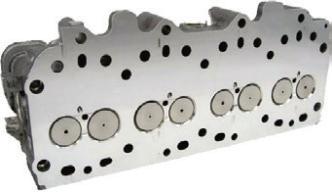
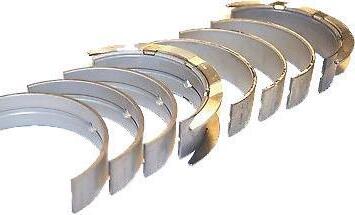






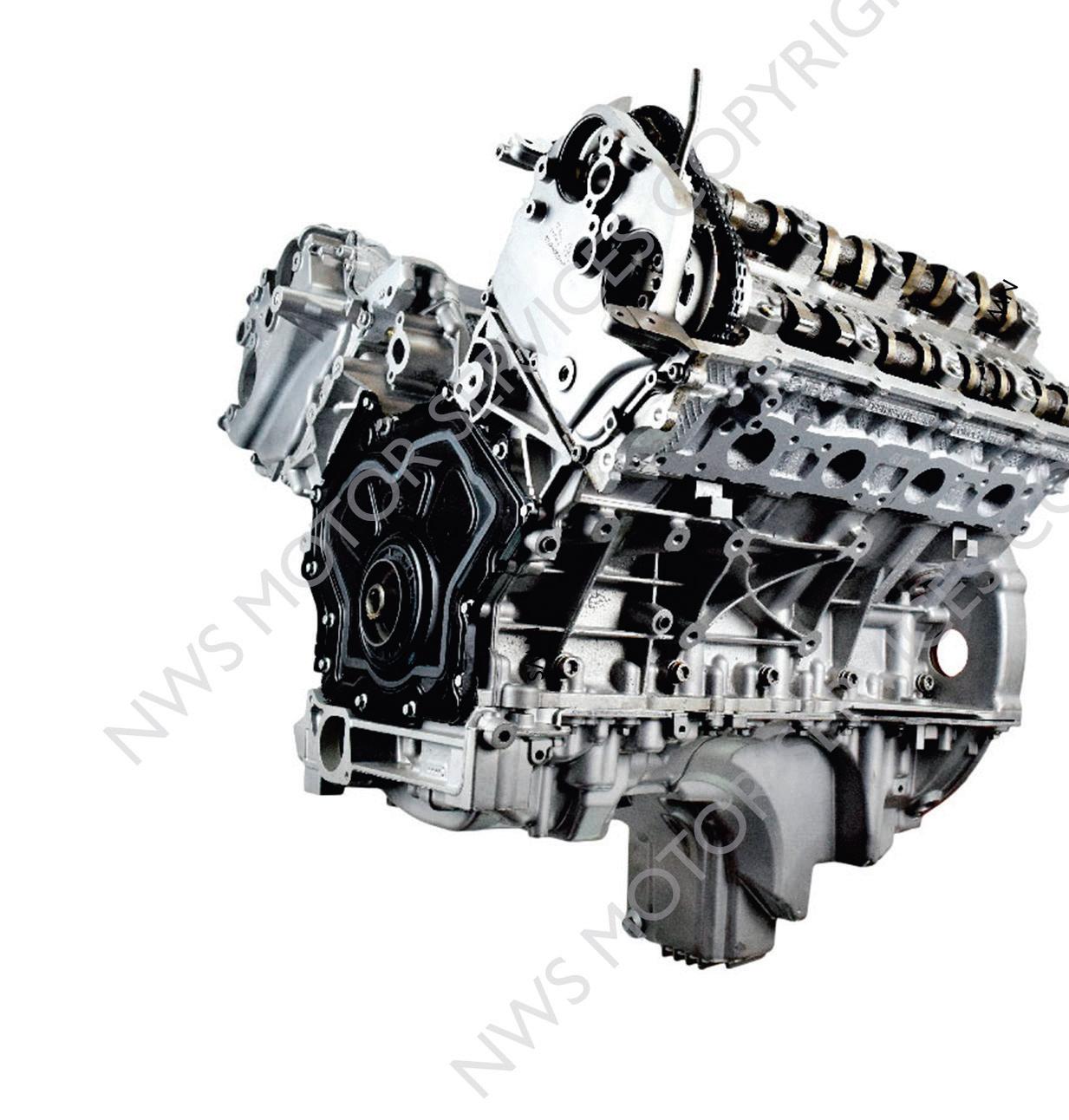
by a proliferation of road-biased performance versions that take the vehicle further away than ever from its roots. There. I’ve said it. Been thinking it for a while, to be honest, but haven’t had the guts to admit it to myself, let alone you lot. But as I drove past a prestige car dealership in Bristol this afternoon, I felt a now-familiar uneasiness wash over me. Akin to the feeling in my stomach when England plays Australia in a must-win Ashes match. A sort of sicky sensation that I struggle to place, but know to be rooted in some deep anxiety. Today, I put my finger on it. I just don’t like to see a Land Rover sporting
massive black alloys and smoked-out windows. And, frankly, even a mahoosive powerplant doesn’t excite me unless it’s strapped into a specced-up challenge truck that can swallow Pembrokeshire bogs for breakfast then munch along a riverbed for a mid-morning snack.
Now I know this isn’t very on-message, and I promise I’ve tried my best to buy into the whole house of brands malarkey. And I know the new Defender was never going to be a true successor to the original vehicle, because, well, economics and the Ford Ranger.

Even so, there’s something about the way the model has gone since launch that I find painful. Even the occasional sighting of a straightforward working Defender, such as the one in



the car park of a quarry I visited after my Bristol sojourn, isn’t enough to cleanse my palate or eradicate my unease. I’m not sure even Land R… sorry, JLR, could have predicted quite how much of a street vehicle the Defender would become.
Which begs a more fundamental question about the ins and outs of modifying vehicles. As a general rule, I find I’m totally cool with people modding 4x4s with off-road gear, even if they have no intention of actually using it. You know, the geezer who lifts his Wrangler and attaches a snorkel to the A-pillar, just to up its gnarly creds.
I’m less cool, though, with mods that turn an off-roader into a roadster. It’s why I spent my early 20s lifting a Suzuki Vitara when most of my friends were

slamming the suspension on theirs and turning them into weirdly boxy GTIs. I mean, like, huh?
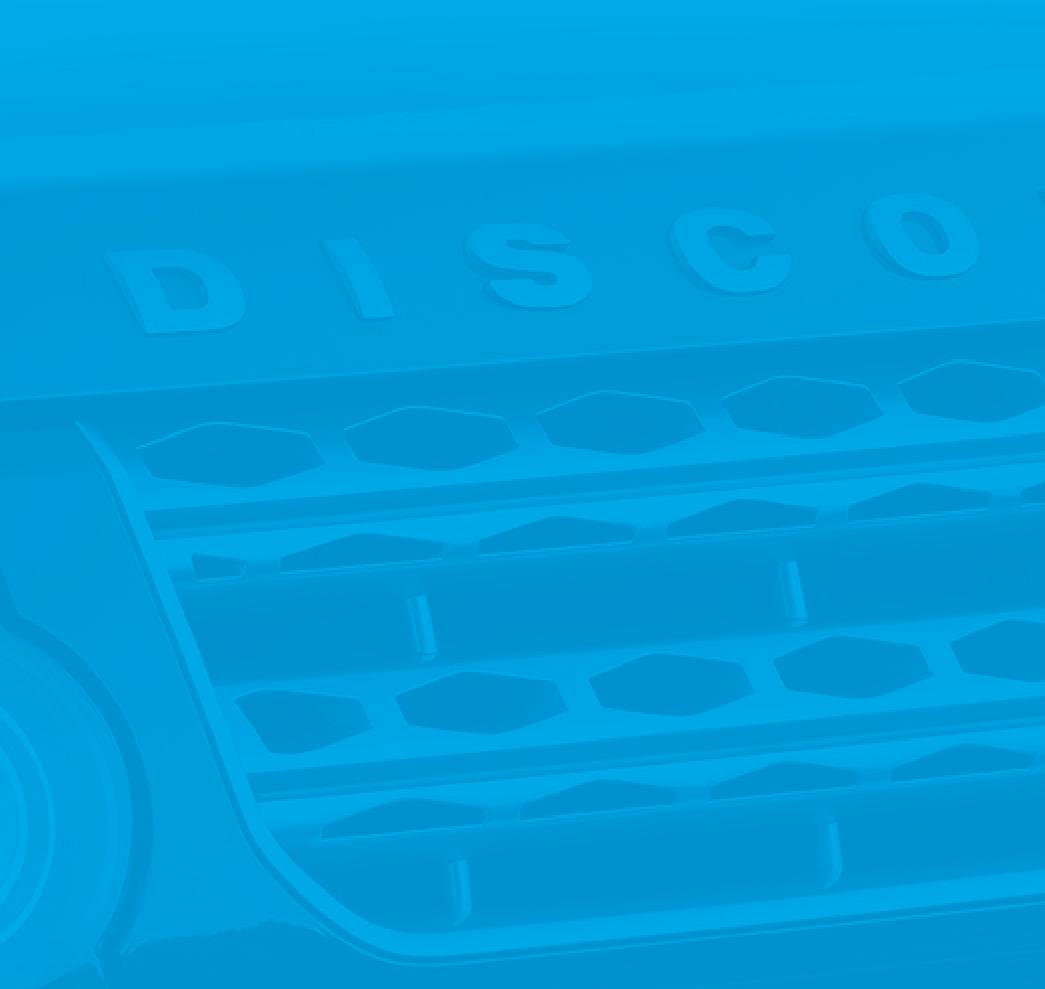
A possible exception to my rule is the early Twisted Defenders, which retained enough of the base vehicle’s character to satisfy my off-road bias. I haven’t driven any of the newer stuff, but the company’s branding suggests that – the occasional black alloy notwithstanding – it still gets what a Land Rover’s all about.
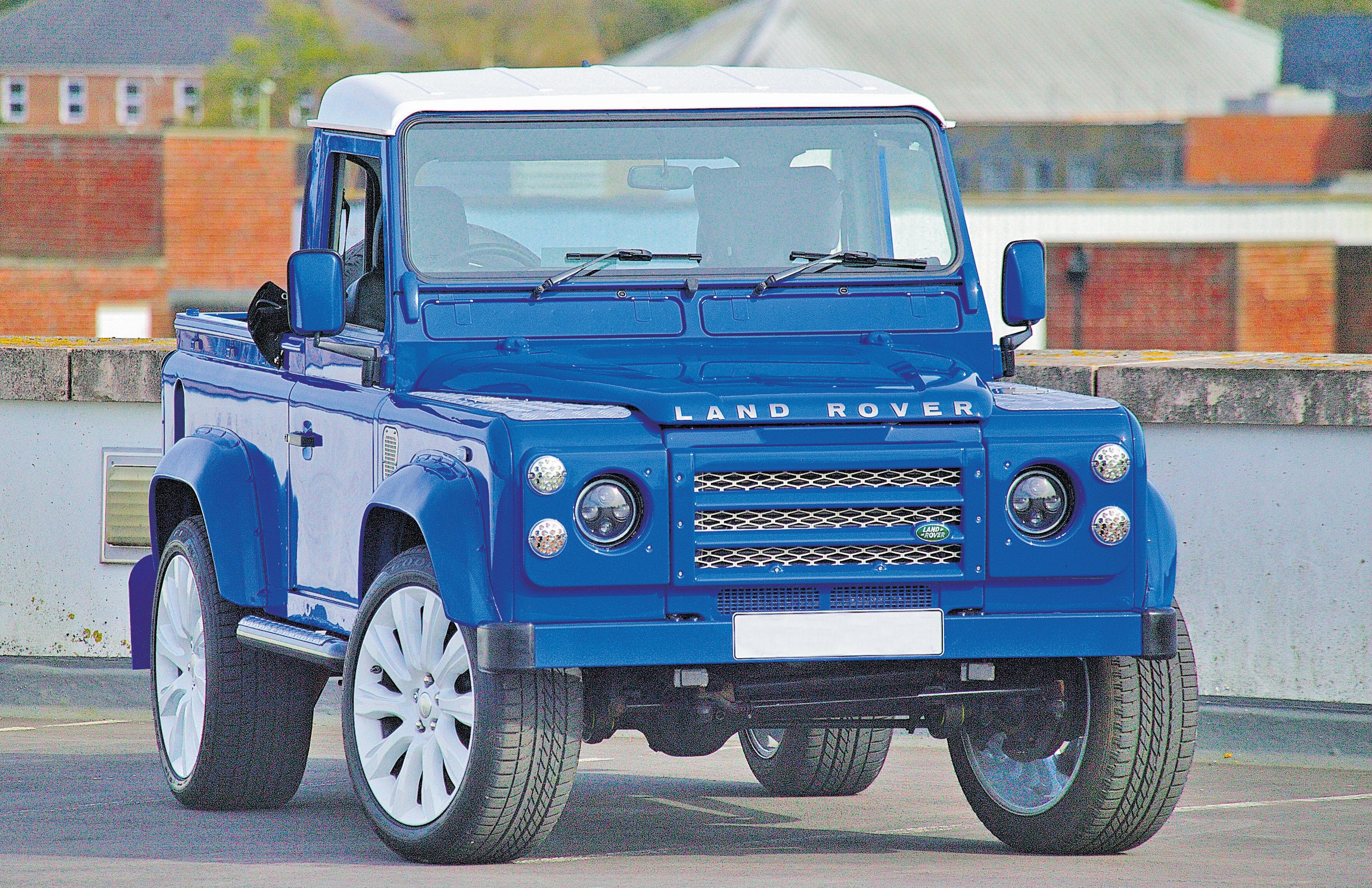
So, to be clear, this isn’t about a blanket dislike of big-money Defenders or aftermarket mods that make them run quicker or slicker. That’s all fair game if
done for the right reasons. Good luck to the businesses that coin it in by offering such a service, I say.
I think, and I’m just spit balling here, working out my views on the hoof in a kind of ‘journalism as therapy’ move, I just don’t really like the direction that Land R… sorry, JLR, has moved in. I get it at an intellectual level and understand the business smarts behind it. But, speaking as a lifelong enthusiast, I can’t say I enjoy it.
Then again, I may have changed my mind by next month and be yanging around in a souped-up Defender of my own. Therapy’s a process, after all…


There’s always been a bit of an outlaw image to being someone who does off-roading. A bit rogue, a bit renegade – obviously, we’re fully fledged criminals in the eyes of some (ignorant) people, but even to those who haven’t swallowed the whole middleeverything line a bloke in a Land Rover is still somehow a bit threatening.
Needless to say, I’m not going to get far into this without talking about green laning. The public at large more or less assume you’re breaking the law by doing it, and there’s a whole lot of hatefilled self-interest groups who, with the aid of a supine media, are quite happy to keep them ill-informed that way.

But at a much more general level, being the bloke in the old Land Rover makes you a threat to the establishment in other ways too. We’re all programmed to work, spend and consume, because if we don’t the whole system of profit through entrepreneurship falls apart.
So when you drive an old truck from decades ago that you keep running yourself, you’re proving that life doesn’t need to follow the corporate line. And corporate lines don’t like that.
Being the bloke in a Japanese 4x4 is a lot less threatening to society. But going back to green laning, if you use one of those you’ll get a lot more hassle from farmers and landowners than if you use any kind of Landy. I’ve done plenty of both, so I know from experience.
I should think you know the reason. But either way, the article on the pages that follow should get you thinking.
Rural crime is at epidemic levels. And the police want us, the guys in the old Land Rovers, to be their eyes and ears while we’re out on the lanes. They can’t be everywhere, but wherever we go we can be aware and ready to grass up thieves and wildlife criminals.
Truth to tell, a lot of us quite enjoy the outlaw image. But we draw the line at actual crime – and I suspect almost all of us are ready to help the police make the countryside a safer place for the people and animals who live there. Whatever the middle-everything line says, Land Rover drivers are part of the answer, not the problem. Alan Kidd, Group Editor alan.kidd@assignment-media.co.uk
High quality chassis manufactured in the UK to fit most variants of Land Rover from 1948 to 2016. Popular chassis held in stock for immediate collection.
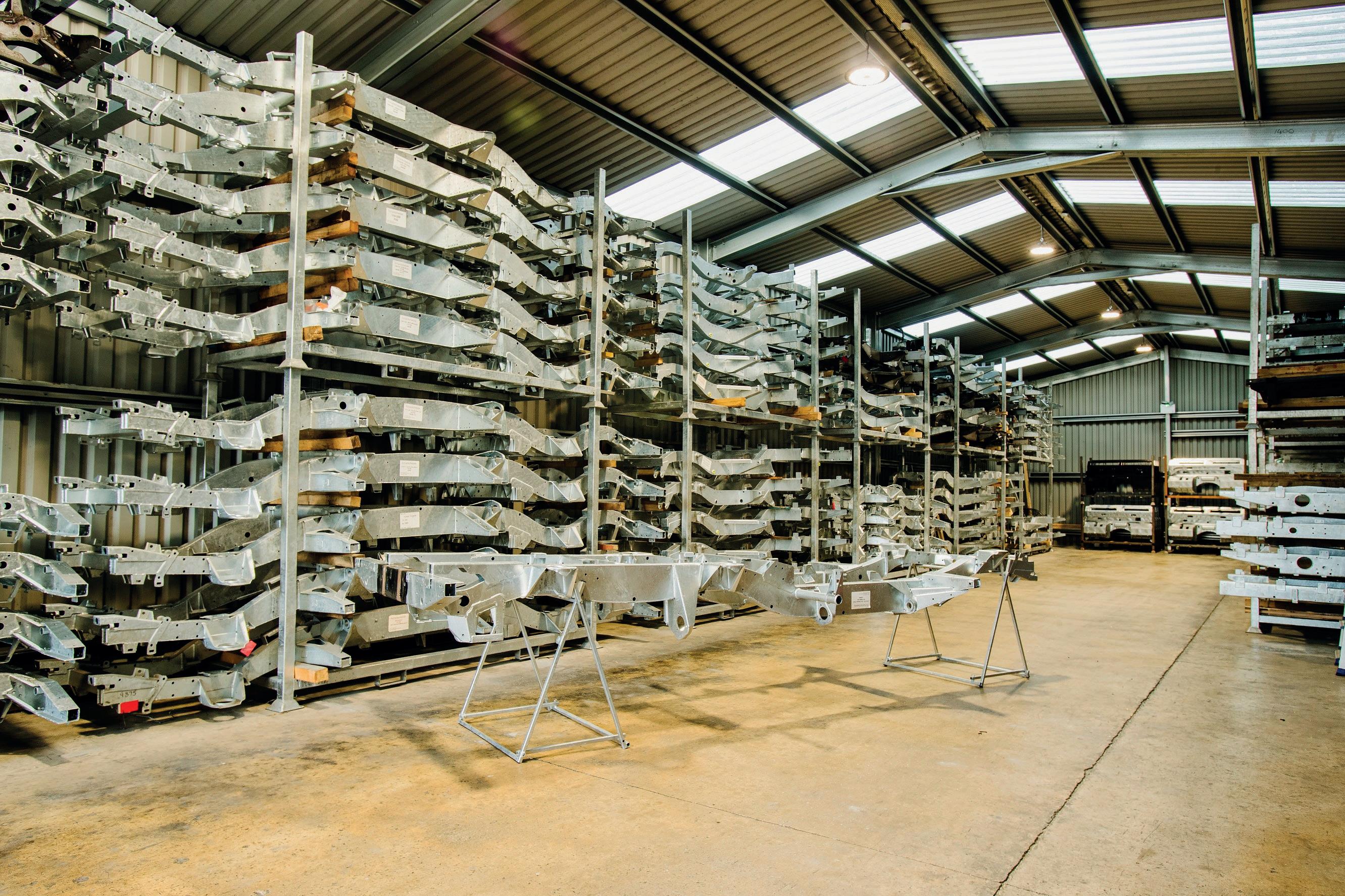
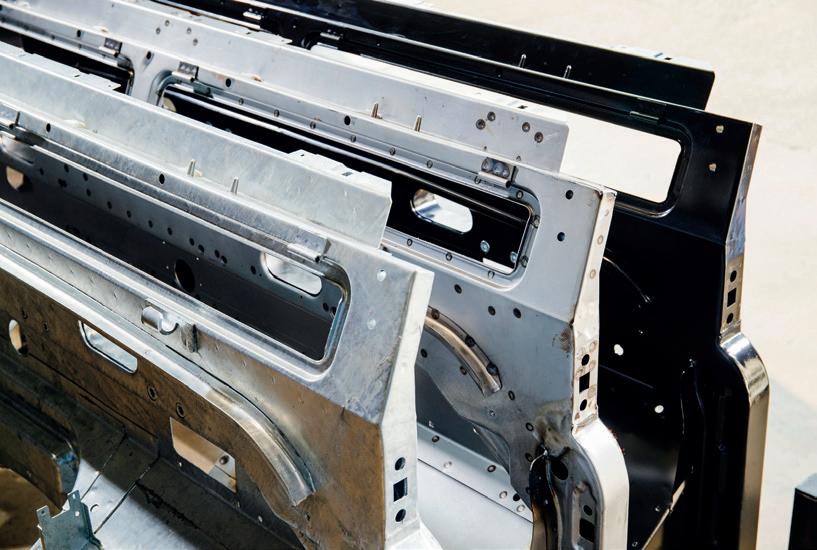

Our new range of fully pressed Defender bulkheads are now available to order to fit v8, 2.5NA/TD, 200tdi, 300tdi and Td5 (early and late).
Whether you are looking to build a challenge car, or even an expedition 6x6, we can support you through the design and build of a chassis to create your dream.



To advertise in The Landy, call our team on 01283 553244

We’re on Facebook: www.facebook.com/thelandyuk


Words: Andy Barrett, General Manager, Green Lane Association
Pictures: South Yorkshire Police
Irecently attended an excellent presentation put on by South Yorkshire Police which provided an eye-opening insight into current trends in rural crime. The force has a new dedicated Rural Crime Team, the majority of whose work sees them out in all weathers, day and night, in rural parts of the county.
A lot of this is focused on the Peak District National Park, which happens to be a favourite place for green laners. Unlike other Rural Crime Teams, they are out on patrol each day on Yamaha R450 bikes, electric Zero FX motorbikes and Can-Am 700 quads. They have a beauty of a Td5 90 as well.
The team’s sergeant is a member of GLASS outside of work and explained how our community can help police tackle rural and wildlife crime while out on the lanes. This can be applied to whatever area of the country you are
www.thelandy.co.uk
Issue 119: Nov 2023
based in, and it is worth making yourself familiar with your local rural crime unit. Thus the following Q&A comes not just from the police – but from a dedicated green lane user, too.
Q: What are the Rural Crime Team’s priorities?
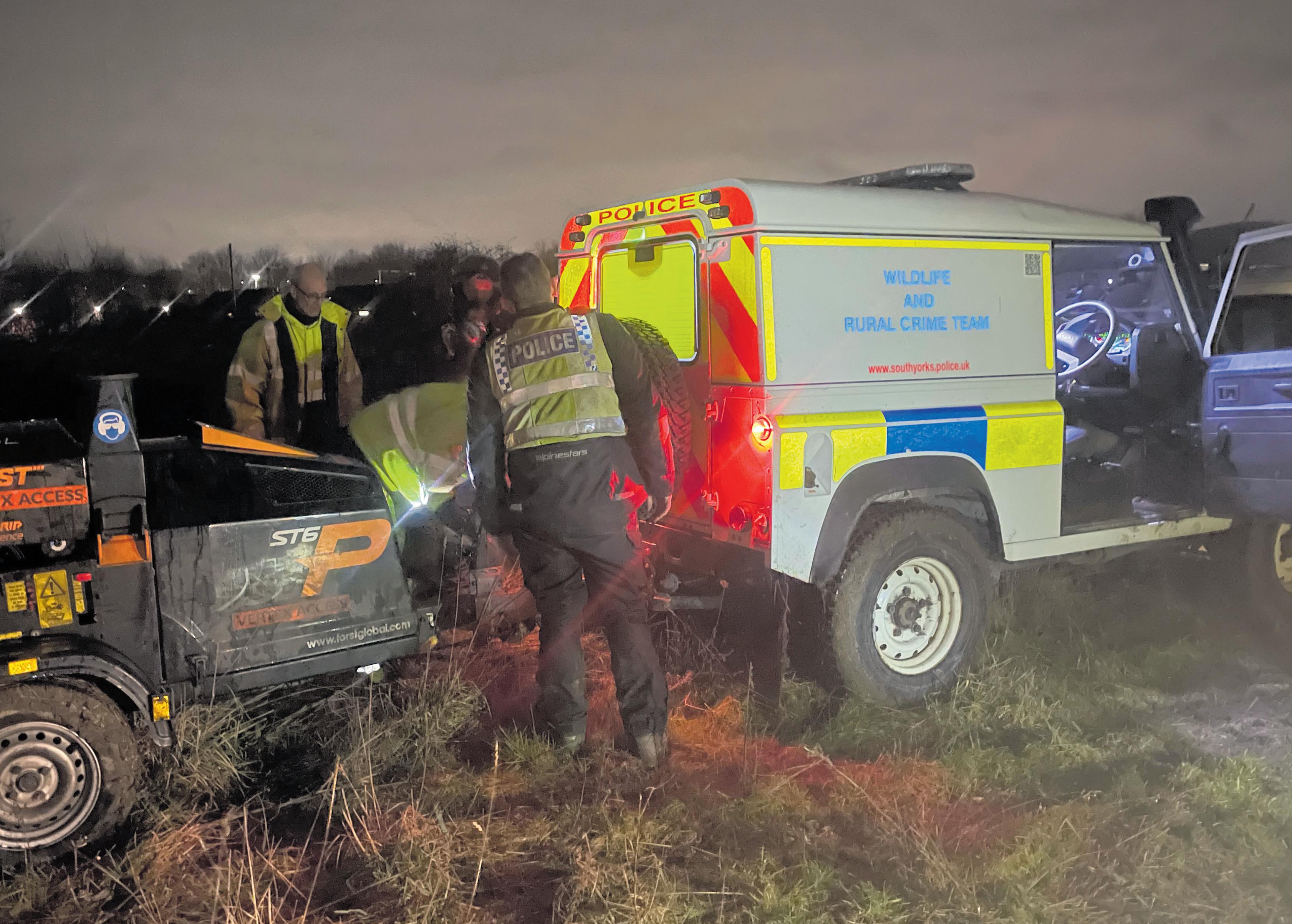
A: The aim is to provide a dedicated response to combat and prevent criminality affecting the rural and farming communities of South Yorkshire, to increase engagement, confidence and reassurance within these communities.
We have six national rural crime priority areas, set by the National Police Chiefs Council. These are farm machinery theft (ATV, tractor and plant theft); livestock offences (worrying and theft); fuel theft; equine crime; fly tipping; and poaching. Unfortunately we witness all of these in South Yorkshire, and there is an element of poaching using quads with dogs on the back to target deer, hares, foxes and badgers.
Q: And what about wildlife?
A: We also deal with wildlife crime. This is again set by the National Police Chiefs Council and we have several areas to concentrate our attention on,
the main ones of these being badger persecution (the illegal digging and killing of badgers) and birdsof prey persecution (the illegal killing of birds of prey). Again, we experience this in South Yorkshire in our rural communities but this also extends to many parts of the country.
Q: So what does rural and wildlife crime look like?
A: The best thing you can do to get a flavour of what to look out for is scroll through our Facebook page @SYPOffRoadBikes and @SYPRural. You might see dead buzzards, gralloched deer, run down badgers, stolen generators, quads and motor bikes, deer and hare coursing with long dogs, shot birds of prey, stolen peregrine falcon eggs, mauled livestock and of course, occasional illegal and irresponsible off-roading.
We are seeing a rise in criminal gangs using quad bikes at night and carrying dogs on the back in cages. If you see this, please report them to your local police force. They will stand out as they wear balaclavas and don’t have number plates. We are also seeing the use of Sur-ron electric motorbikes for poaching and illegal
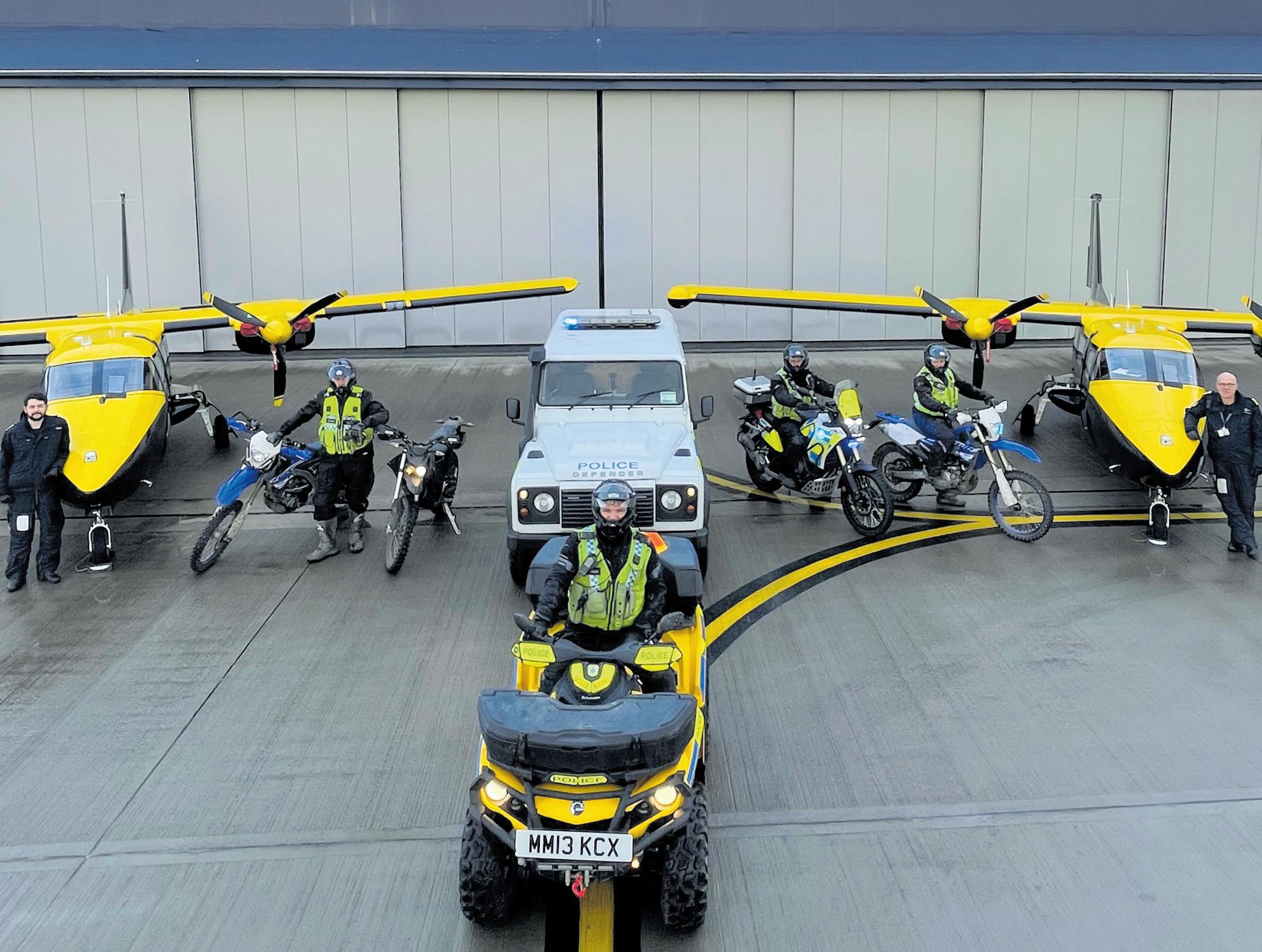
COMPLETE READY TO DRIVE CARS OR SELF BUILD KITS
eady-made bodies available
controlled speed, lights, horn, & ready-made bodies available
Rural crime takes many forms, and because it happens so far away from where police resources are concentrated it’s always going to be hard to keep up with. The police don’t want you to go out acting the vigilante, but to keep your wits about you when you’re on the lanes. Groups of quad riders with no number plates, wearing balaclavas and carrying dogs in cages on the back of their bikes, are a classic picture of crime waiting to be committed – but a group of lads with spades might well be out to dig up badgers for their dogs to rip apart, and even just gangs of people wearing the wrong sort of clothing for the countryside is a suspicious sight. Obviously, anyone trying to conceal a weapon is a huge red flag too.
• Manual includes full component and body cutting dimensions
• Battery powered DIY kits or parts
For more information please contact 01291 626141 sales@toylander.com www.toylander.com
• Manual includes full component and body cutting dimensions
COMPLETE READY TO DRIVE CARS OR SELF BUILD KITS
• Battery powered DIY kits or parts
For more information please contact 01291 626141 sales@toylander.com www.toylander.com
controlled speed, lights, horn, & ready-made bodies available
COMPLETE READY TO DRIVE CARS OR SELF BUILD KITS
W!It’s easy to assume that the police are just out to get you when you’re a green lane user. But a lot of the suspicion you’re likely to face is from countryside residents who are weary of criminals and can’t help but be fearful of anyone they don’t recognise. There’s always a few bad apples who let everyone else down, just as there are in the green laning community itself – but once they understand that you’re not there to nick their property, nine out of ten times their attitude will change
controlled speed, lights, horn, & ready-made bodies available
• Manual includes full component and body cutting dimensions
• Battery powered DIY kits or parts
off-roading. These motorbikes and quads require licences and insurance and often don’t have them.

For more information please contact 01291 626141 sales@toylander.com www.toylander.com
COMPLETE READY TO DRIVE CARS OR SELF BUILD KITS


controlled speed, lights, horn,
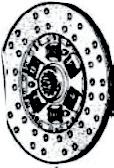
controlled speed, lights, horn, & ready-made bodies available
• Manual includes full component and body cutting dimensions
• Manual includes full component and body cutting dimensions & ready-made bodies available
lack of appropriate clothing for the surroundings they are in.
Q: What else can Land Rover drivers do to help?


• Manual includes full component and body cutting dimensions
• Battery powered DIY kits or parts information please contact 01291 626141 sales@toylander.com www.toylander.com
build it yourself!
• Pre-cut panel sets & ready-made bodies available
• Manual includes full component and body cutting dimensions
• Battery powered DIY kits or parts
For more information please contact 01291 626141 sales@toylander.com www.toylander.com
• Manual includes full component and body cutting dimensions
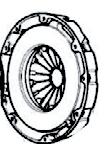
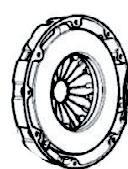


• Battery powered DIY kits or parts information please contact 01291 626141 sales@toylander.com www.toylander.com
• Battery powered DIY kits or parts
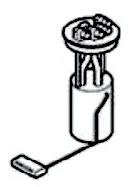
For more information please contact 01291 626141 sales@toylander.com www.toylander.com
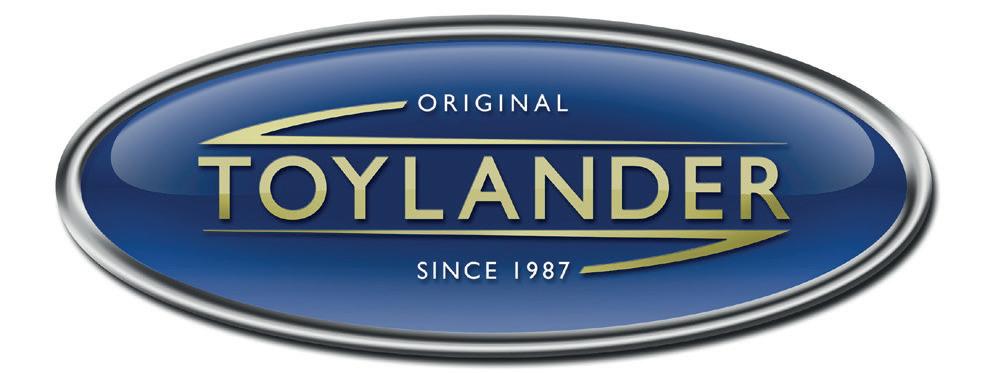
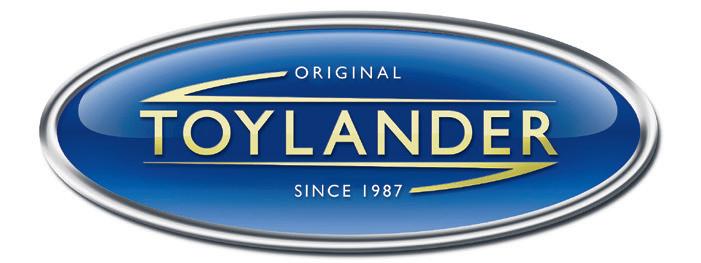
Ahugestockover2800m2
Established1985

A: Rural communities are isolated and remote, which gives criminals the edge when they want to commit crime. They are also on the furthermost borders of our counties, far from the cities where the demand-led policing model pools most of its resources.
We are asking all visitors to the rural areas of our country to help us in tackling crime by keeping an eye out for suspicious activity. Be vigilant to what’s going on around you while out on the lanes. Be our extra eyes and ears. Police officer numbers are not what they used to be and we can’t have a police officer in every village. The offences mentioned take place daily in the countryside across the country but if you’re not looking for it, it is rarely seen.
This message is the same for all counties. The majority of forces now have dedicated Rural Crime teams looking at them – be sure to seek them out on social media as I’m sure they all have accounts, with direct messaging facilities attached to them.
Q: So what is or isn’t suspicious?
A: Good question. People genuinely don’t know that some of these practices still take place. For example badger baiting happens throughout the countryside. This is the use of small terrier dogs and spades to dig out badgers and kill them in various horrific ways. If you see a group of chaps with spades while out green laning they are possibly not digging up truffles.
Quads that do not have number plates on the front or back are in fact illegal. Both are required. If you see these, please report it.
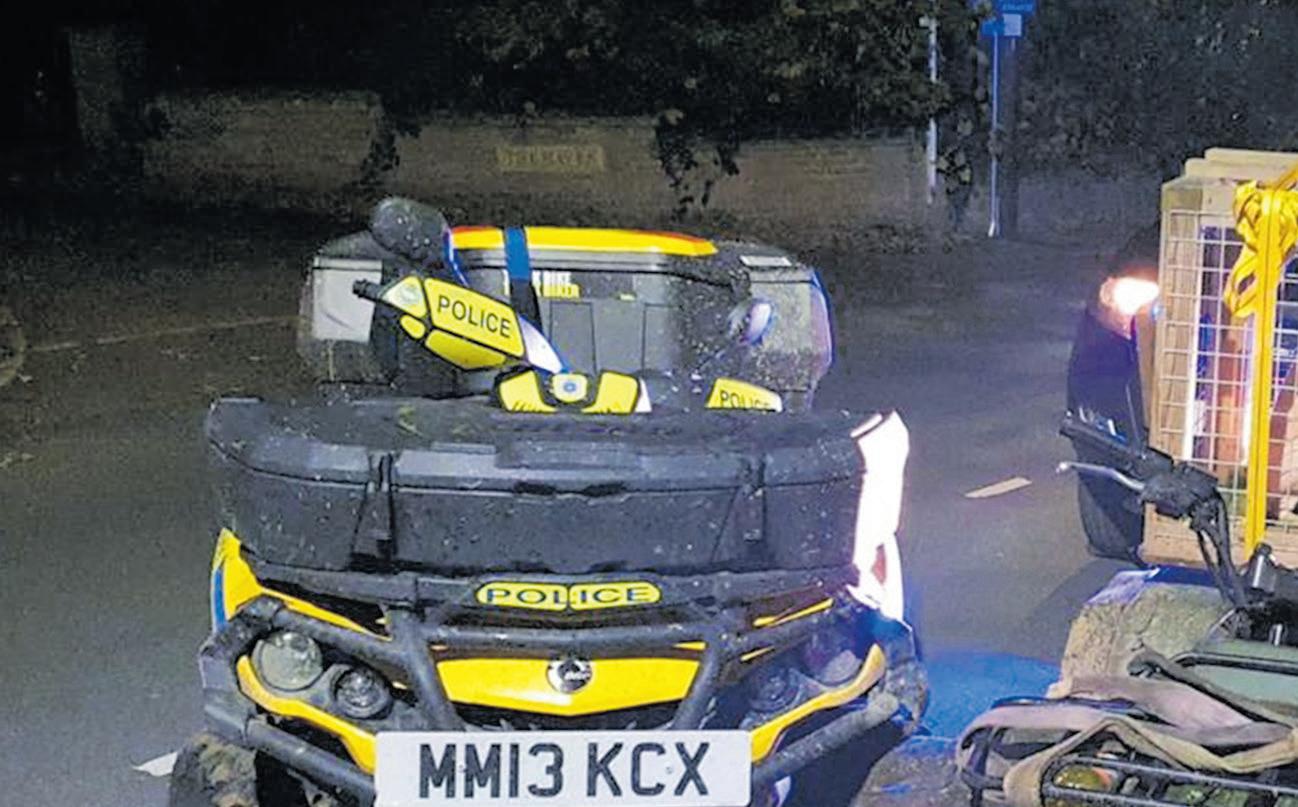

Hare coursing happens in open fields before crops are sown or after harvest. The criminals will have long dogs (lurcher or saluki types), often take slip leads and will be looking for hares. They often stand out due to their
Birds of prey such as the Goshawk, Hen Harrier and Peregrine should thrive in the countryside, but they often don’t as they are targeted by many people for lots of reasons. To be on the land with a gun, be that air rifle or shotgun, permission is needed. If you see anyone going out of their way to conceal a weapon out in the countryside, they probably shouldn’t be there, so well worth a call to the police to check it out.
Q: What do we do if we see something suspicious?
A: If you suspect a crime is taking place, dial 999. We know 101 can be difficult to get through on but incidents can now be reported online through the portals. We would rather you report it so we have a record than not at all. We might not always be in a position to attend straight away or even at all but all the reports we get provide intelligence and build up a picture and we can then allocate our resources accordingly.
Q: And what do you need in terms of evidence?
A: Green laners tend to be in groups, which is great for corroboration of evidence. We recommend you all having dash cams, which will capture evidence, and I’m guessing all have smartphones – a photograph is often the best evidence.


Try to obtain registrations of offending vehicles involved and we will do the rest. We appreciate many who are up to no good will be on fake plates, however this is still useful to us.
Q: Green laners in the past have had some frosty receptions from the police up and down the country with regards to minor traffic

infringements. Is this still the case and why should they now help?


A: The current risk and threat we face in the countryside, especially in relation to acquisitive crime and poaching, takes priority over anything less serious. Acquisitive rural crime is costing the county millions of pounds.
The criminal gangs are organised and transport stolen machinery all around the world. Relentless poaching is wiping out wildlife in some areas. My advice is to stick to the roads you’re allowed to drive on, not going off-piste, and make sure you know where SSSI land is and keep off it. Report any anti-social use of the lanes you may witness, as this spoils it for the rest of us trying to use them legally.
Q: Any other tips to help the police or partner agencies?

A: Watch out for fly tippers – often scruffy vans driving around rural lanes. Take a note of the registrations and report them. If you witness fly tipping, report it to the police and council stating you have evidence of the offence taking place. Check out the Fixmystreet website, which is really good for reporting fly-tipping (and more) to the council wherever you are in the country.
Essentially, Land Rover owners who use green lanes have a unique opportunity to work with rural police units to help make life harder for criminals and to help protect our countryside.
With thanks to the Green Lane Assocition. First published in the June 2023 issue of the Association’s Green Lanes Bulletin

Buy now ready made, or build it yourself! latest model, the Toylander 90 – the ultimate toy for intrepid little explorers
The ultimate toy for intrepid little explorers. Handmade ride on cars that children love to drive. Available as kits or ready built.






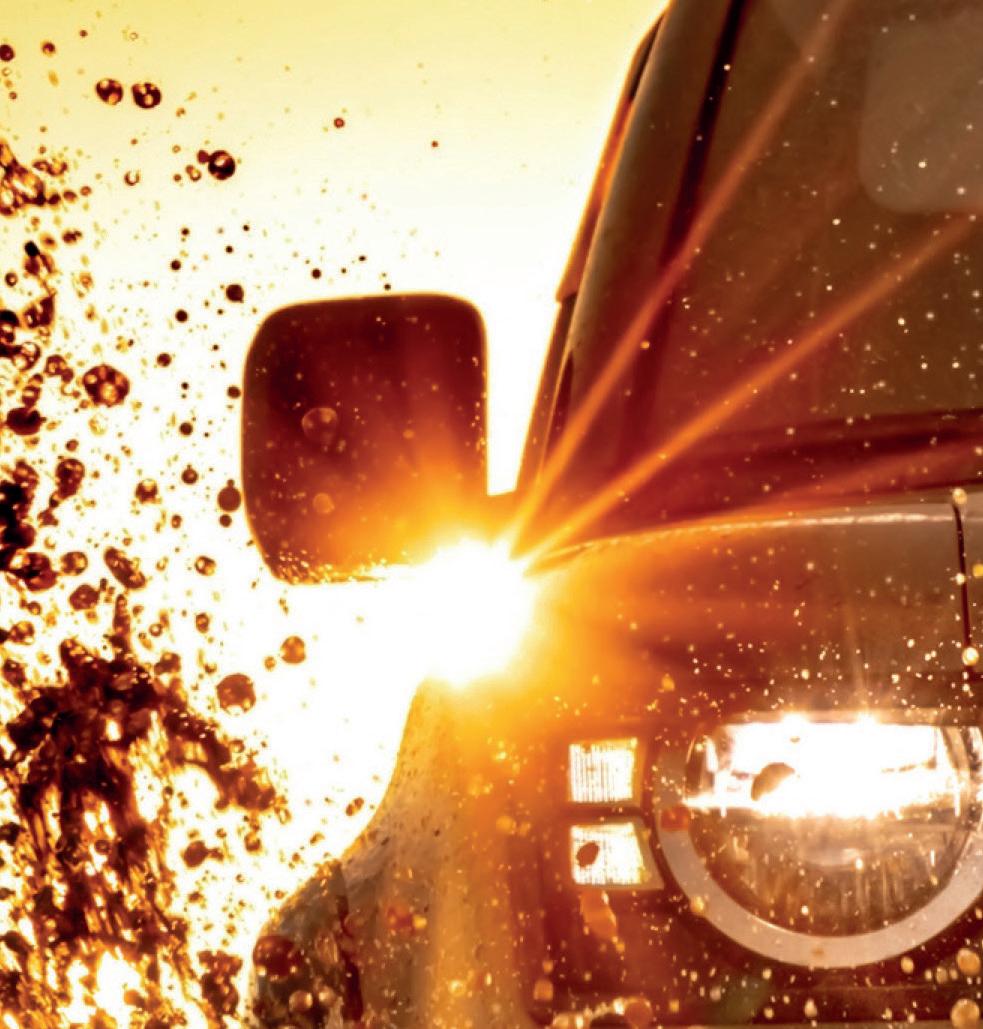
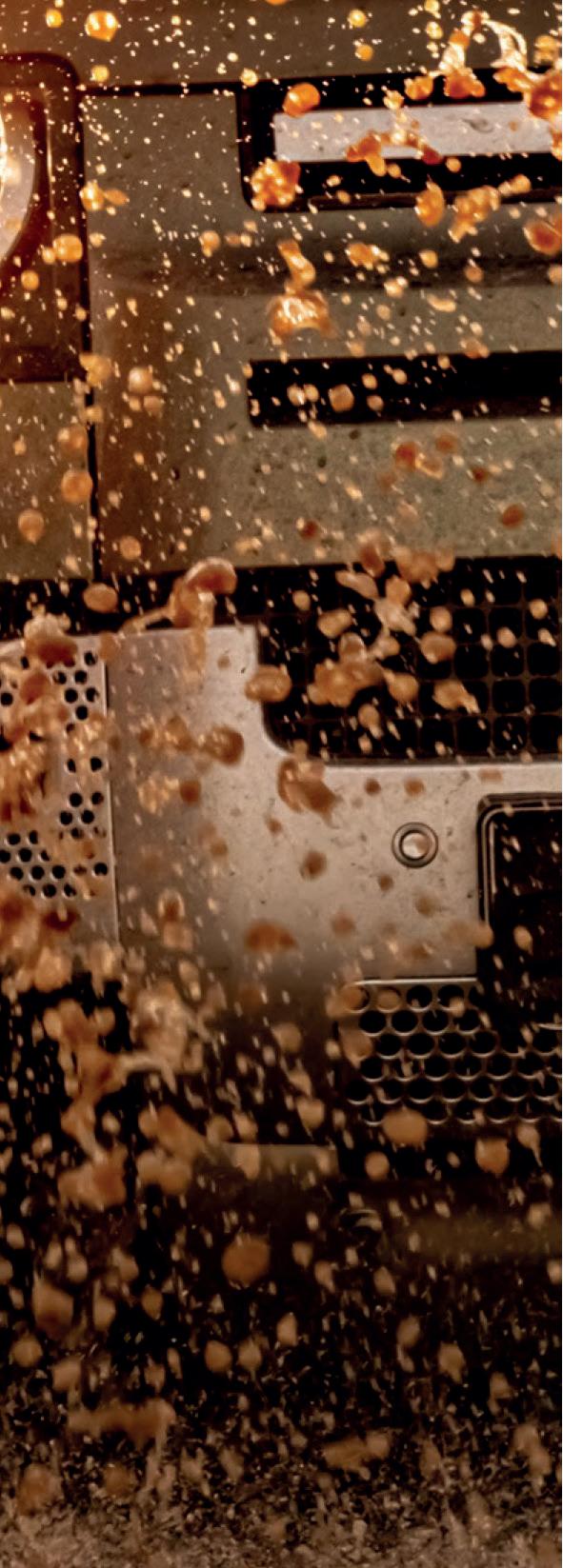


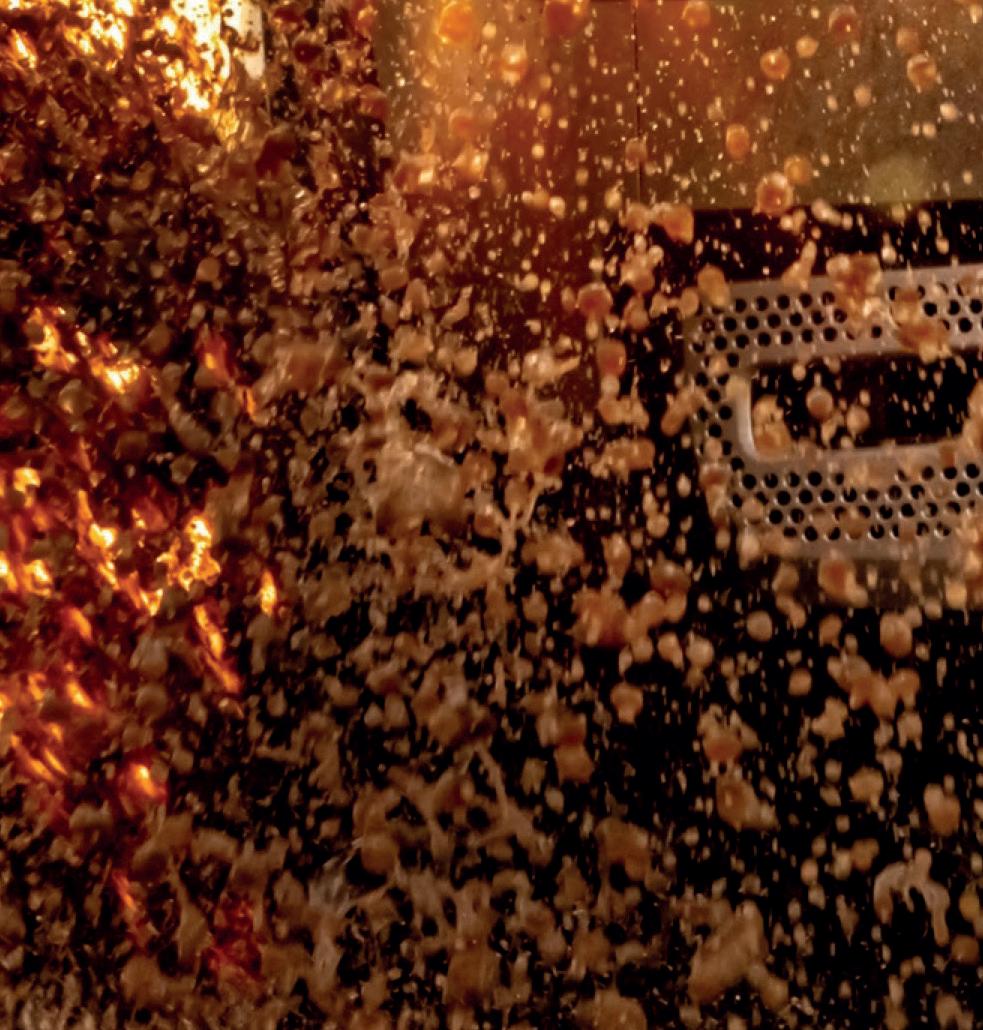

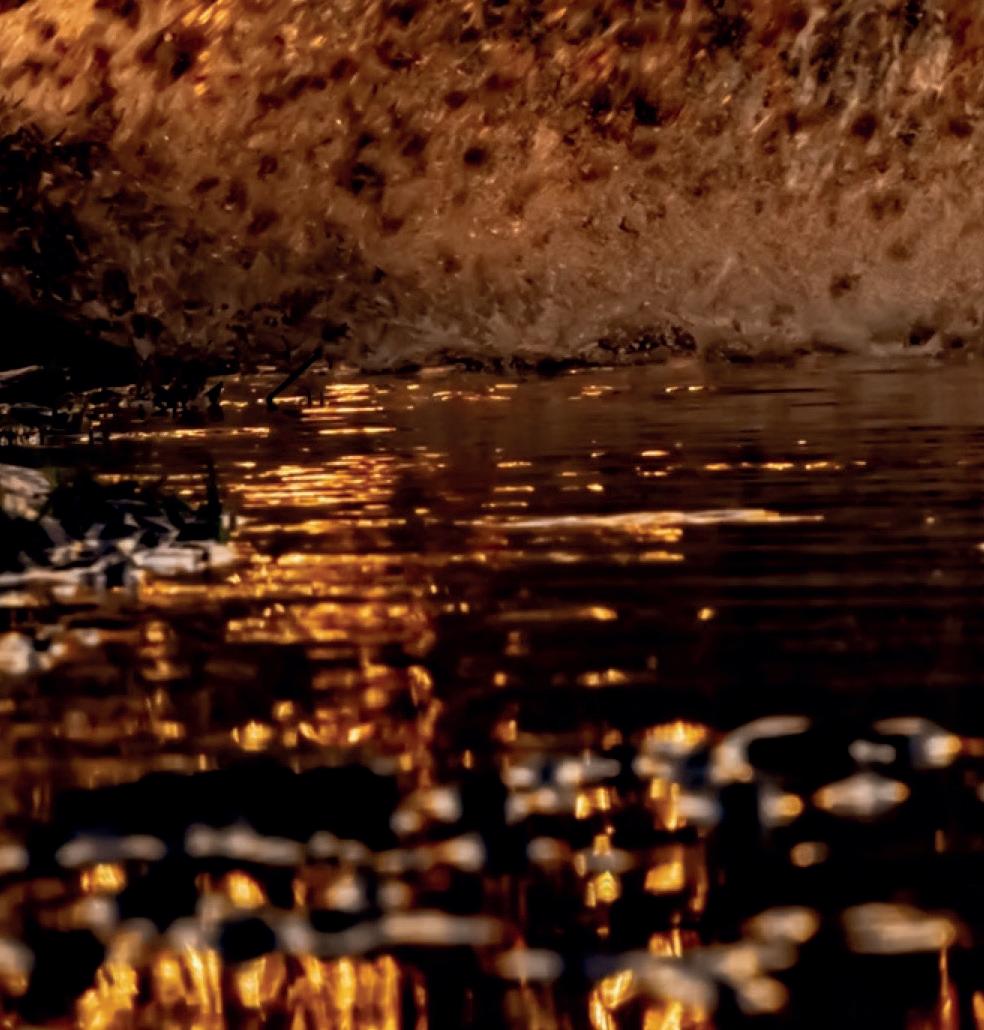

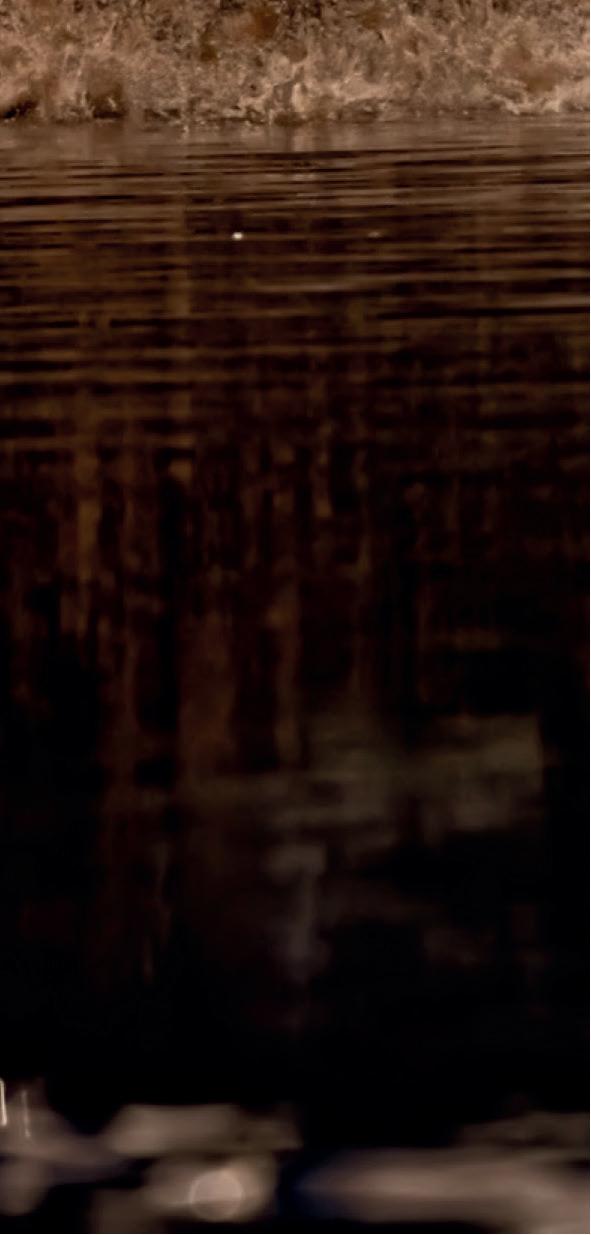











































To advertise in The Landy, call our team on 01283 553244













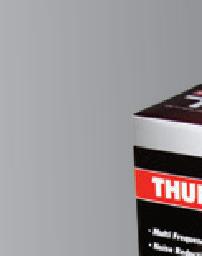





THE LATEST INTRODUCTION FROM RADIO SPECIALIST THUNDERPOLE



is the T-X CB 27 MHz AM/FM Handheld Transceiver. A next-generation portable unit, this offers NRC noise reduction technology, a high capacity li-ion battery, USB charging, frequency display and much more.
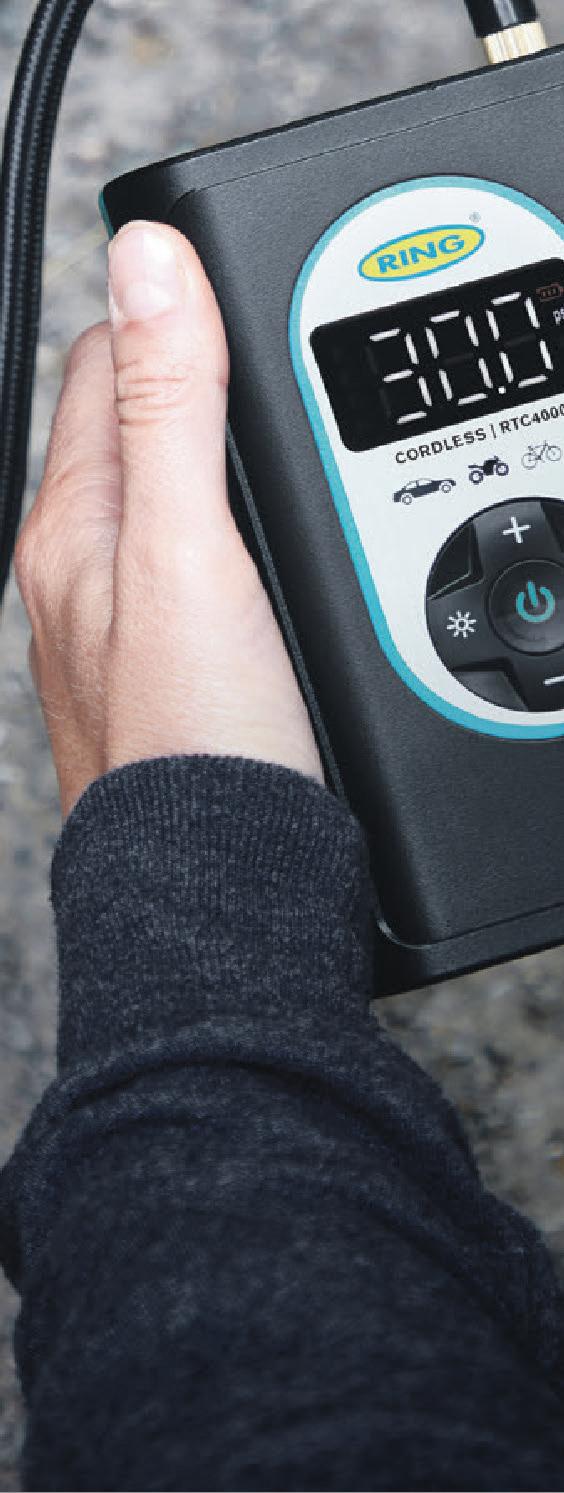
Further features include FM/AM operation, four display layouts, nightlight buttons, a BNC antenna, a two-pin (Kenwood) accessory socket, a dedicated band button, multi-band operation with access to all European frequencies, auto-squelch, high and low power operation, VOX, Roger beep and dual watch. It measures in at

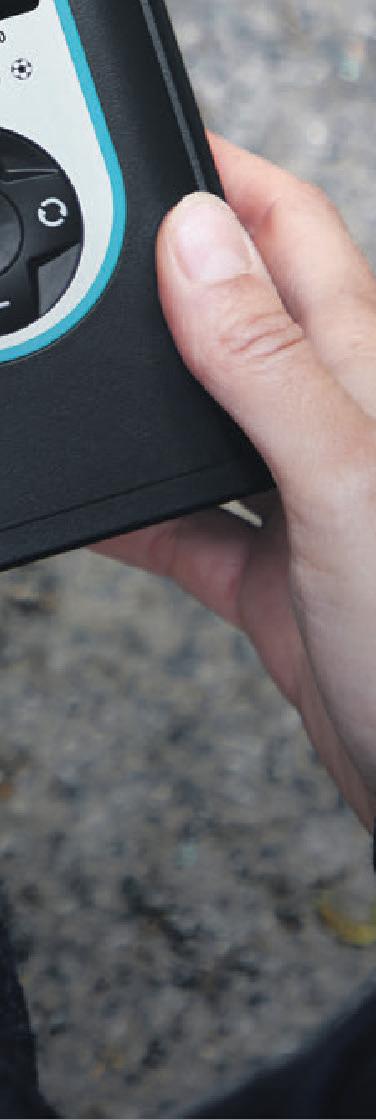
70 (W) x 154 (H) x 42 (D) mm and weighs just 356g including battery and antenna.
‘This is our most versatile CB radio ever and has accessories for hand-held, mobile (in a vehicle) or even base station use,’ says Thunderpole. ‘Simply add the BNC Male-SO239 Adaptor to attach any external antenna.


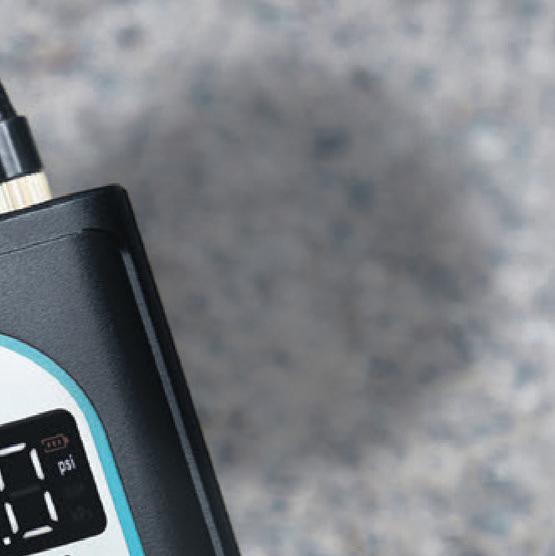


The T-X costs £99.99 on its own. But you’ll be interested in the T-X CB Adventure Pack, for use as a base station in a vehicle – in which case the price goes up, though not by much considering what you get, to £139.99.
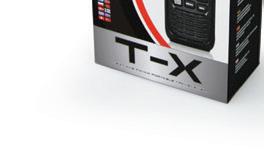
NO LICENCE REQUIRED Call us NOW 01604 402403 www.THUNDERPOLE.co.uk For the complete range of ALL CB Radios & Accessories visit CB Radio The NEW Handheld CB Radio T-x CB 27 MHz FM/AM PORTABLE TRANSCEIVER T-X CB RADIO £99.99 The Landy_2023_11_November_Thunderpole_QP.indd 1 05/09/2023 11:08








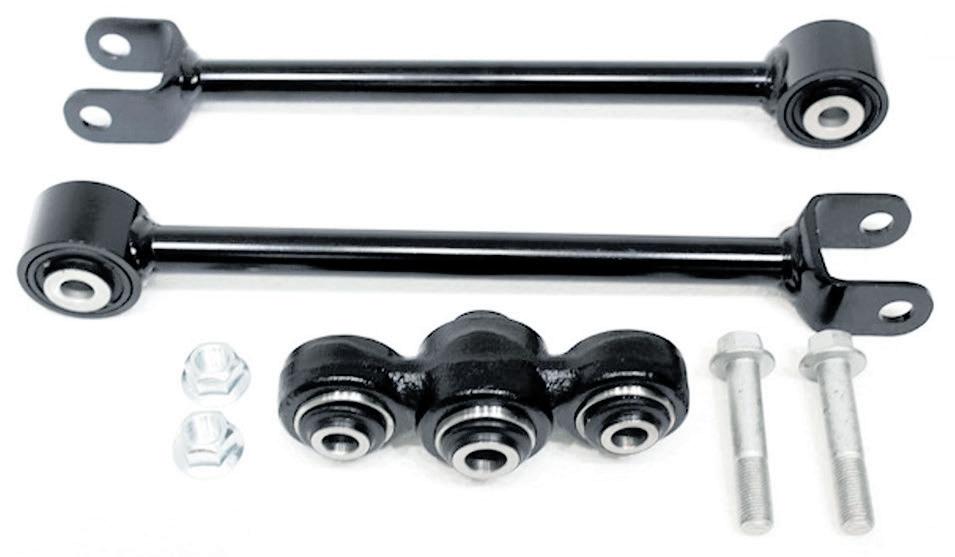

‘THE ULTIMATE ALL-ROUND SHOCK ABSORBER’? Ho hum. ‘The ultimate all-round shock absorber’ and it’s from Old Man Emu? Okay, let’s talk.
It’s called the MT64, and it’s intended specifically for overland travel. Sitting in between OME’s existing Nitro-
charger and ultra-high performance BP-51 ranges, it’s a monotube shock engineered to handle heavy loads, long distances, rough roads and heat – resulting in ‘excellent responsiveness, whether towing on the pavement or tackling technical terrain off-road.’
With a 22mm shaft, 72mm body and 64mm internal bore, the MT64 features the same 6061 aluminium construction as the BP-51. The size of the bore allows the shock to hold more oil, allowing greater heat dissipation in punishing conditions. Snap-ring grooves in the
shock’s body provide different positions for the forged aluminium spring seat, allowing a range of height adjustability from 0-76mm.
Old Man Emu says the MT64’s final specification was arrived at through an exhaustive test regime beginning

Price: £731.22 inc VAT Available from: maltings4x4store.co.uk, TF1704BUNDLE
WHEN YOU’RE CAMPED UP AMID GLORIOUS SURROUNDINGS AT THE END OF A LONG DAY’S OFF-ROADING on the lower slopes of the Andes or the red sand of the Outback, or you’ve stopped en route to your game lodge to gaze in awe at the wildlife of the Serengeti, an awning will let you do it without being battered by the elements. Or possibly eaten by the wildlife of the Serengeti. Other cliches are available, of course; you might just want to be able to go to a Land Rover show without getting rained on. But either way, it stands to reason that the bigger the awning, the more you’ll be able to stretch out and relax while doing it.
The Terradactyl 2.5-metre, 270-degree awning from Terrafirma definitely fits the bill for that. Mounting to the left-hand side of your vehicle, it opens to provide a huge area of shade or shelter which also stretches round to protect the area behind it, meaning you can use the back door (aka the kitchen) without getting roasted by the sun or soaked by the rain.
Self-supporting in moderate weather conditions, the Terradactyl has four sturdy triangulated 2.5-metre aluminium arms and includes an integrated drop-down twist and lock leg and guy rope to secure it to the ground. You’re shaded beneath a 400D ripstop fabric canvas and each wing has a tie down loop, allowing water to run off to prevent puddling.
The awning is mounted to the vehicle via an integral T-slot extruded aluminium back plate. When stowed away, it fits along with its poles into its own built-in heavy-duty PVC coated nylon cover.
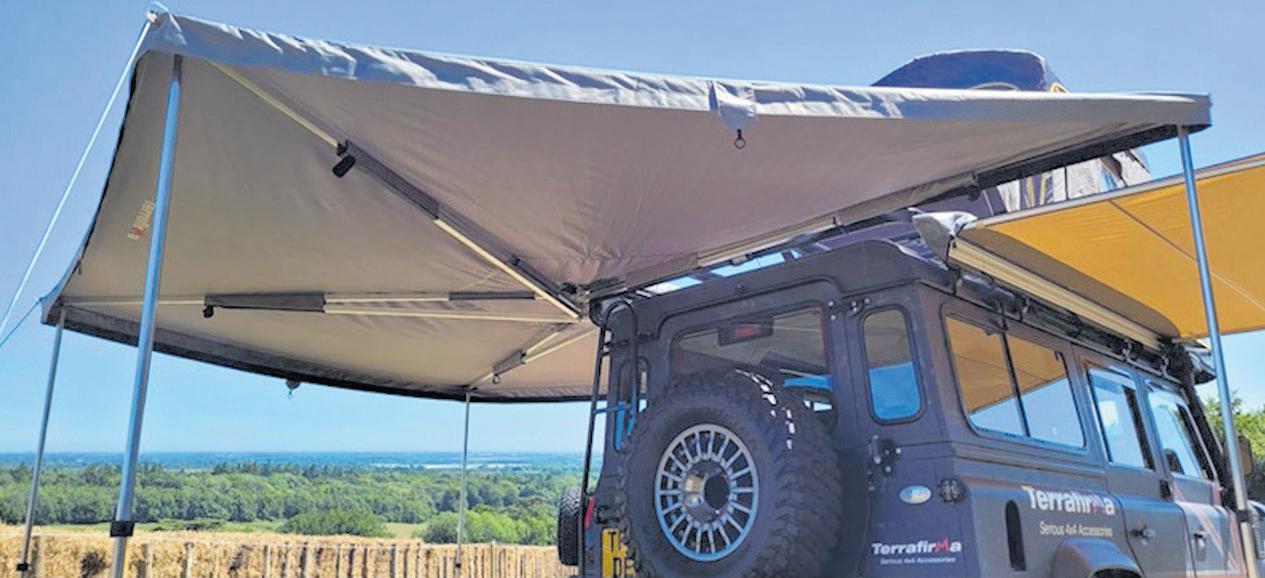
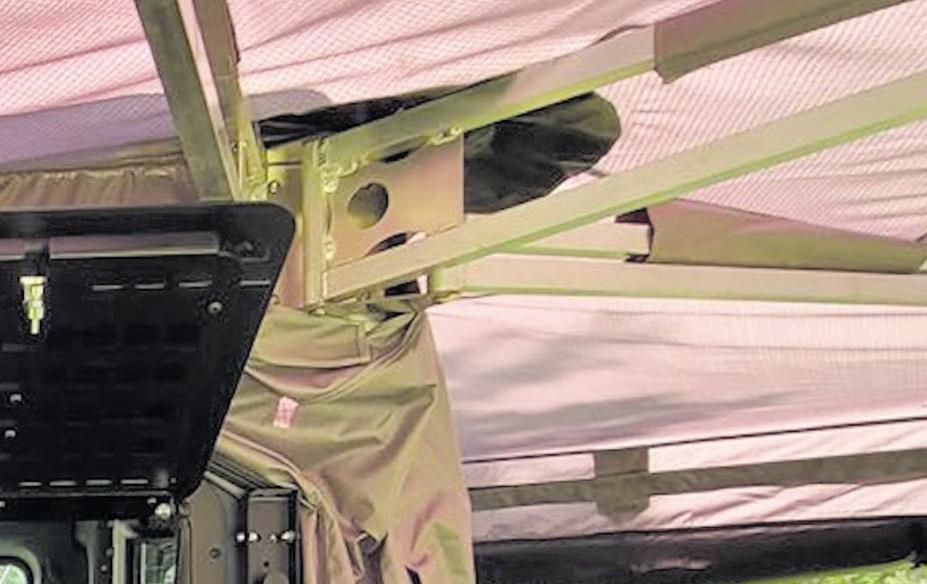
The Terradactyl can be used on its own, but right now Maltings 4x4 Store is offering it bundled with a matching ‘room’ which attaches to it with a full-length velcro strip to provide all-round shelter. Each section includes a large roll-up external canvas window as well as a mosquito net, and one of these doubles as a full-size entrance door. Additional internal zip-opening panels allow access to side and rear of the vehicle – making the whole set-up as flexible as it is expansive. Leaving you with the not unpleasant task of driving somewhere to enjoy the view from your self-propelled mansion.
with Finite Element computer analysis, which pointed to potentially weak areas which could then be re-engineered for greater strength. Following this, the field testing phase saw vehicles run through millions of suspension cycles to simulate real world conditions.
The MT64 will be available with light, medium, and heavy-duty spring options, giving customers more options to help them achieve the ideal set-up for their vehicles – whether they’re towing, carrying heavy loads, travelling the world or using their trucks in every kind of on and off-road situation. A limited range of applications at launch is promised to grow quickly, with Land Rovers expected to be catered for once the full line-up is in production.
Price: £113.16 inc VAT Available from: maltings4x4 store.co.uk, RGD100550ES

NEEDING TO REPLACE THE WATTS LINKAGE ON YOUR DISCOVERY 2? It’s not noted for being one of the parts of the vehicle that give trouble (there’s a lot of ompetition) but still, for more and more people where once the answer would have been ‘of course not’ it’s now turning into ‘of course.’
For the uninitiated, a Watts linkage holds an axle from either side, rather like two half-length panhard rods, keeping it in place while still allowing it to move vertically. You see them a lot on trains, which is quite appropriate because the concept was invented by James Watt, though on the Disco 2 it locates the back axle latitudinally.
Anyway, if you’re one of those people who does need to replace on, this Eurospare kit allowing you to do just that is pleasingly affordable from Maltings 4x4 Store. It comes complete with everything you need to do the job, apart from a set of spanners (and the actual Discovery 2, obviously) and is covered by a one-year warranty.
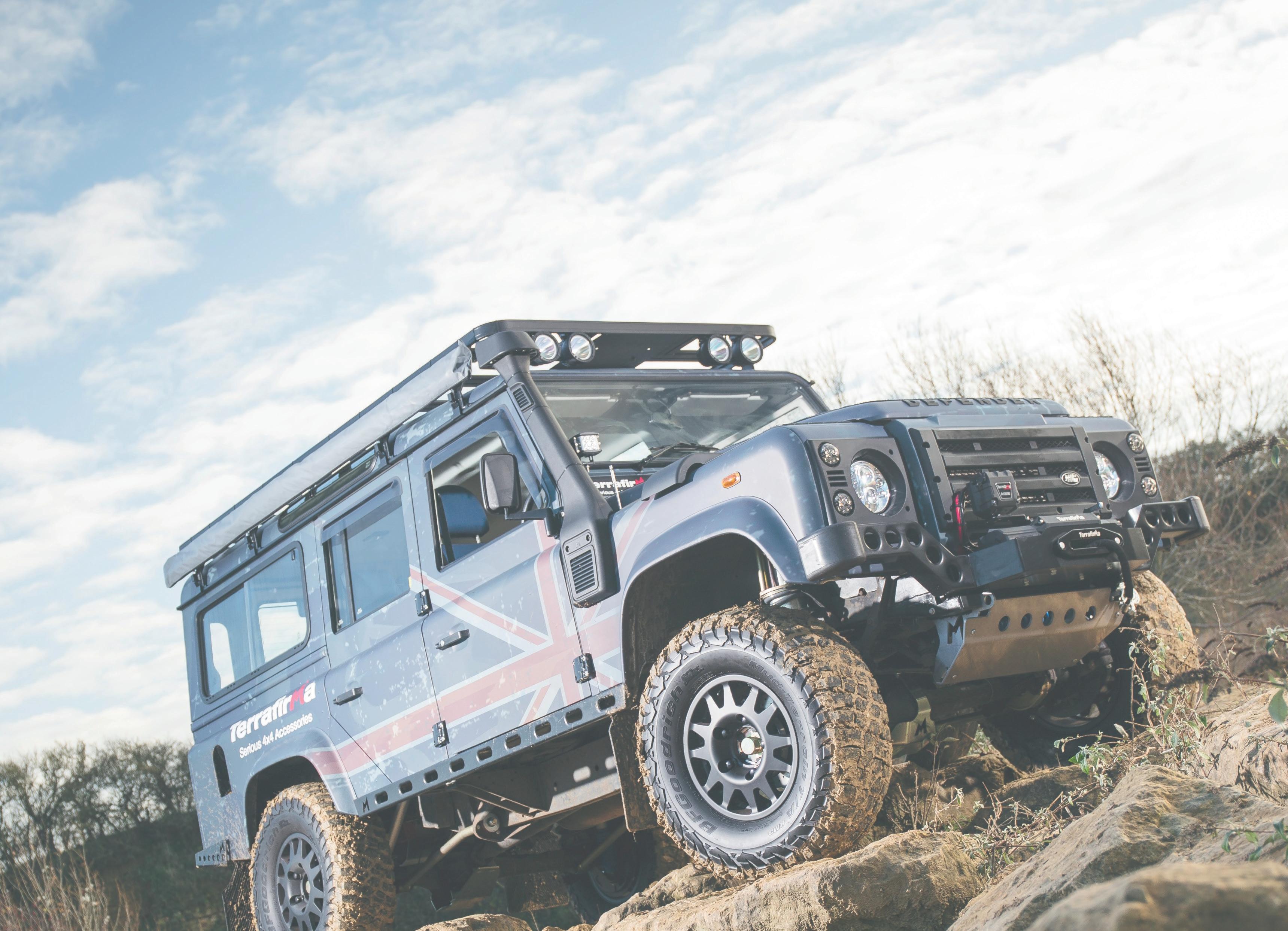

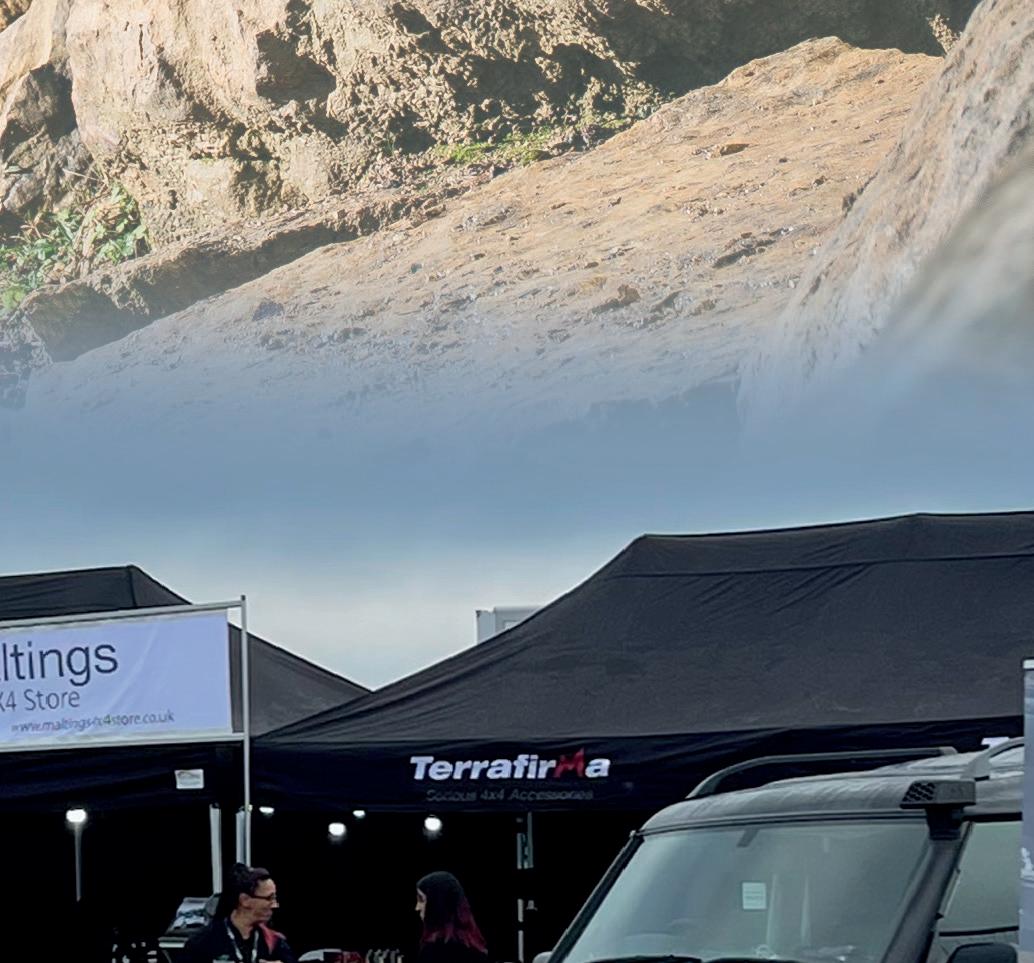
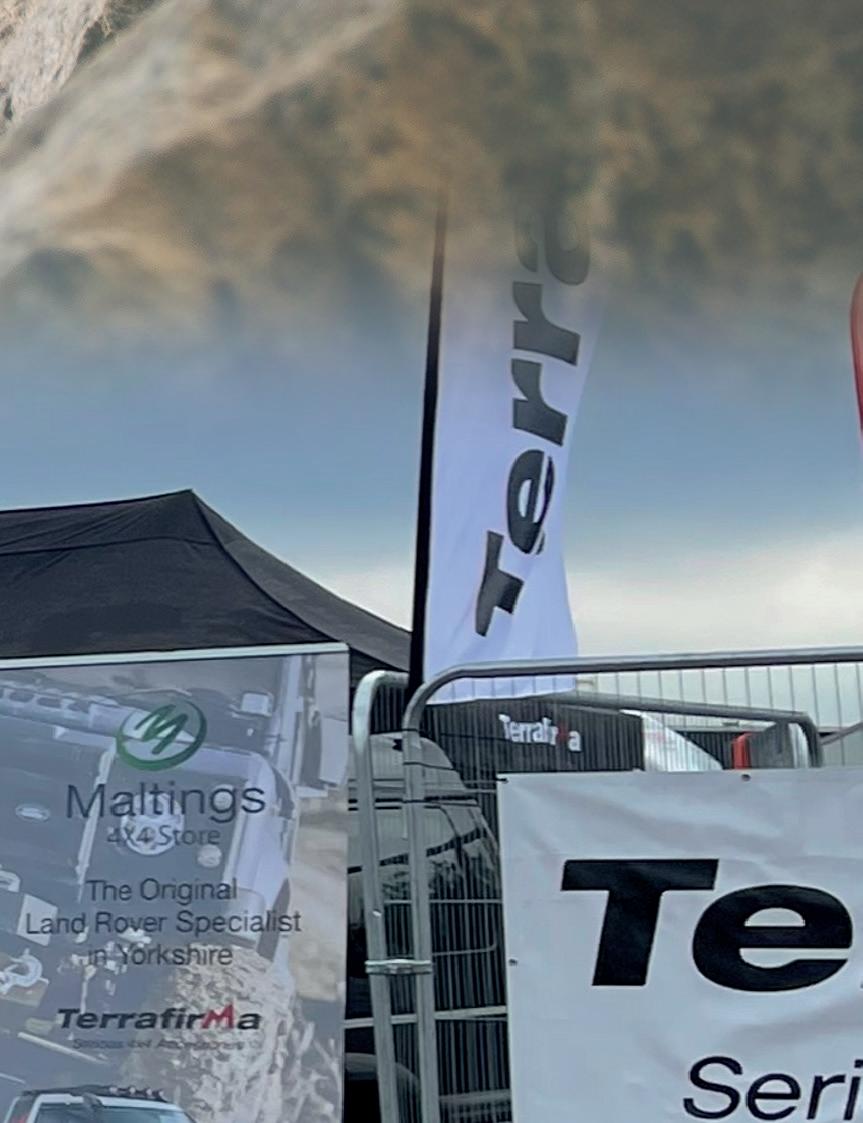
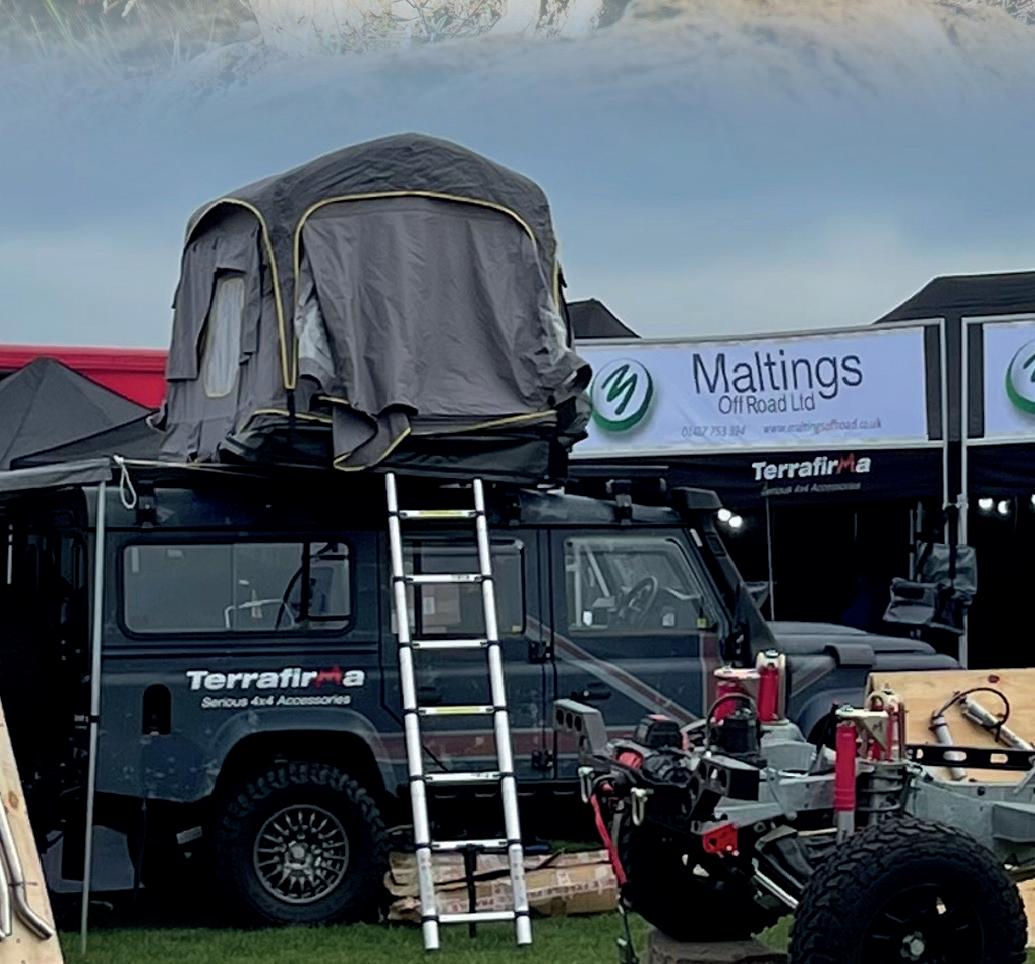

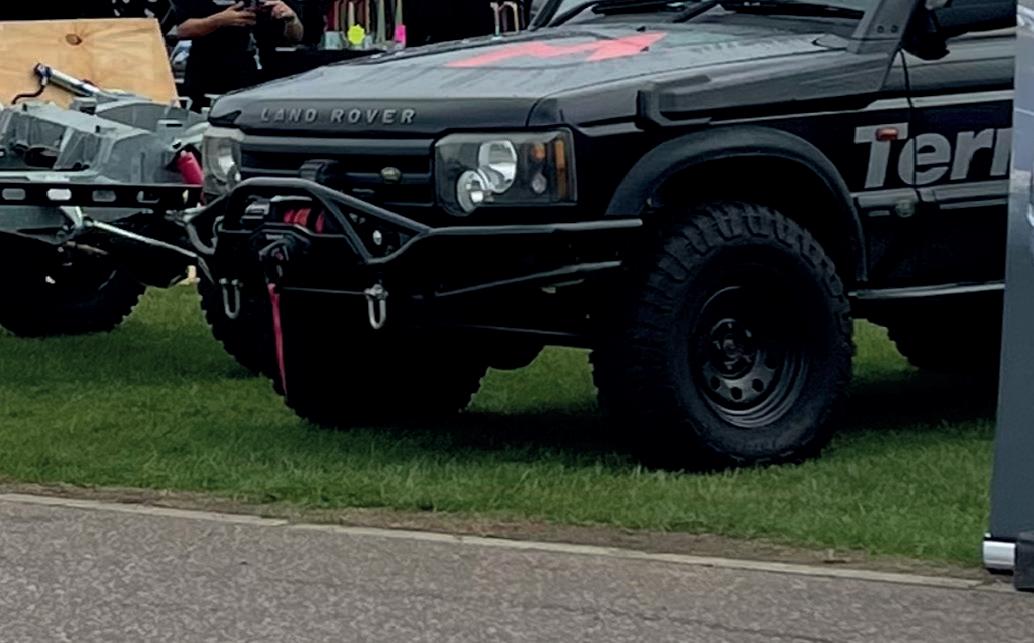
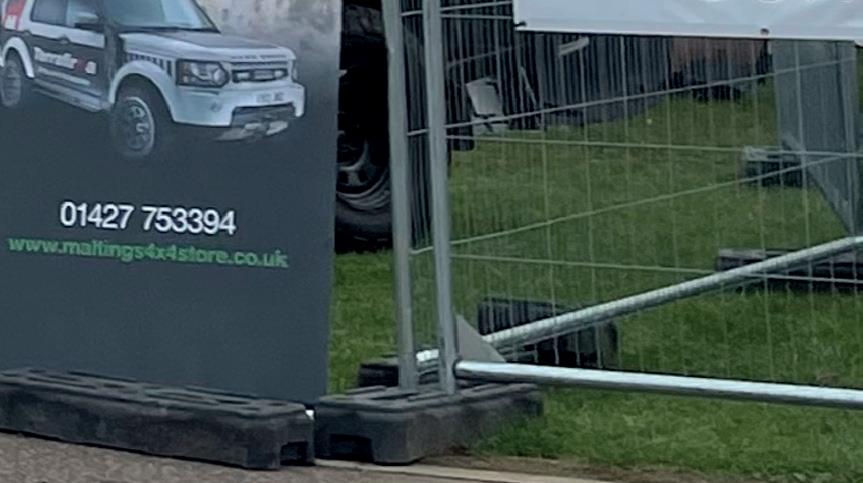



















steering box with 2.7 turns lock to lock rather than the standard 3.7. ‘It’s necessary to keep the thing in a straight line,’ he pointed out with a degree of understatement. A Defender steering damper helped here, too.
Transmission comes via a standard R380 five-speed gearbox, taken from a Defender and allied to an LT230 transfer case with a ratio of 1.4:1. Beyond this, wide-angle props fed the TVR lump’s ever-willing output to whatever diffs happened to be in the axles at the time.
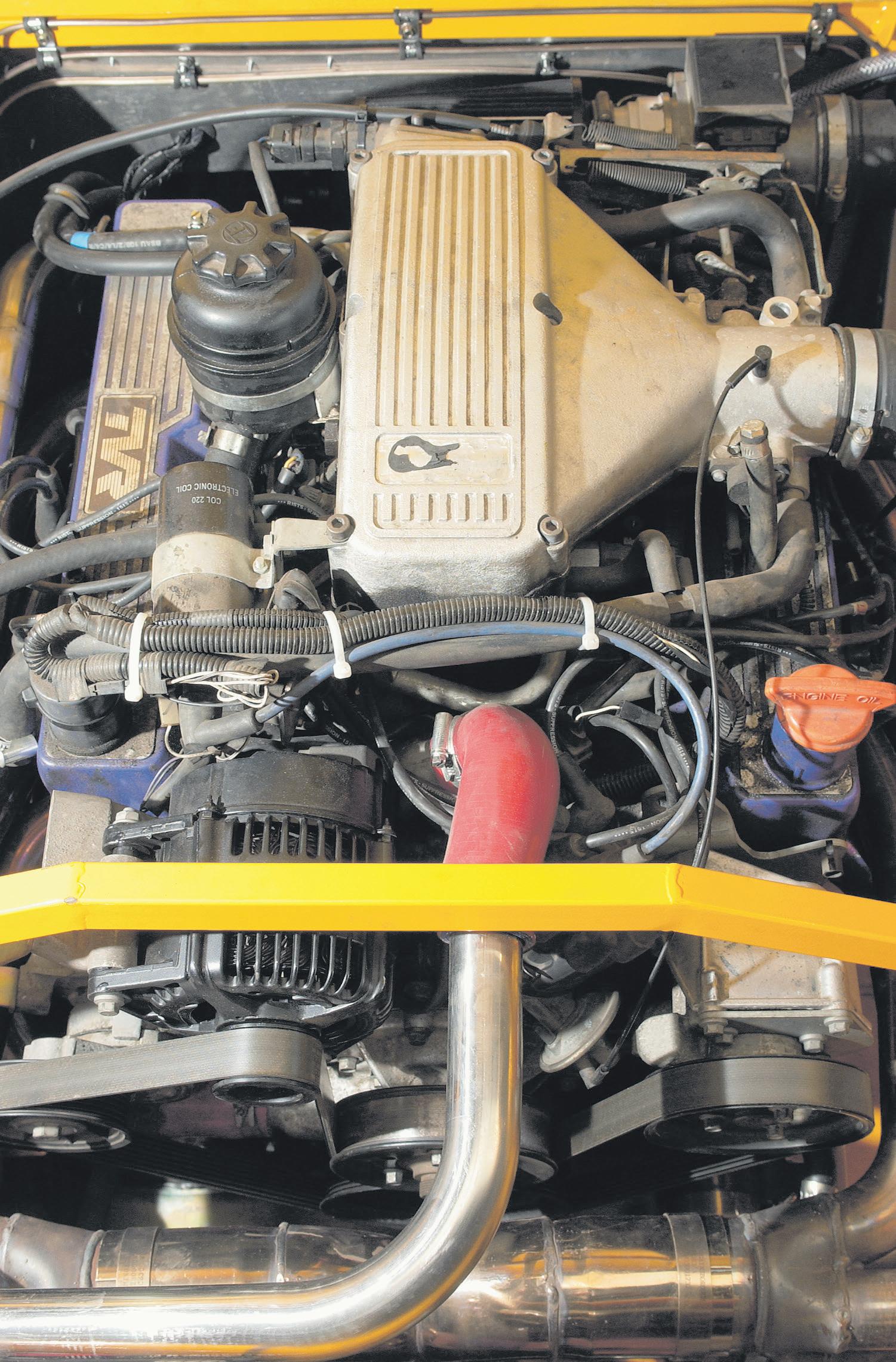
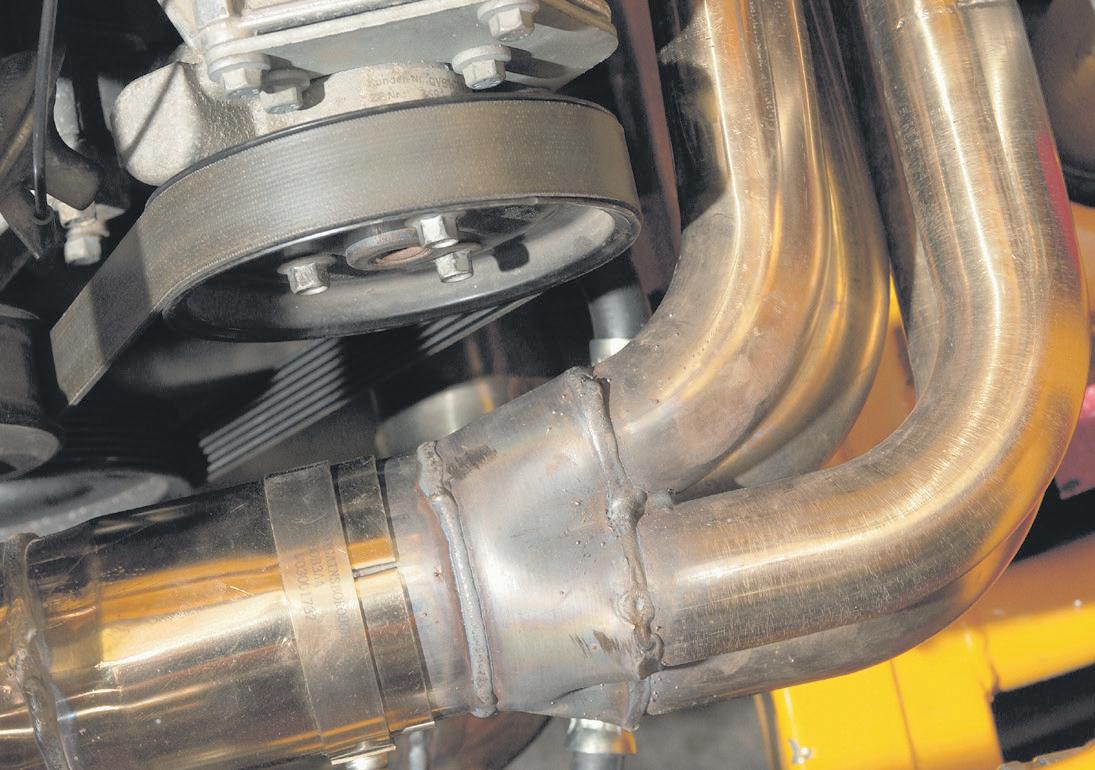
We mentioned the suspension earlier on, and as well as using radius arms at the back John held it up on 2.5” Fox Pro shocks. That’s an investment of £500 a corner, and you’ll struggle to find anyone, ever, who’ll say they weren’t worth it. They complement Tomcat’s own heavy-duty springs.

‘I have absolute confidence in the suspension,’ John told me. ‘Because it is a much-tested arrangement.’ By him, as it happens, as he developed the springs himself.

When I asked John Cockburn about this vehicle, he said he wanted it to be the ultimate Tomcat. It’s a word you hear a lot, so I was sceptical.
But this is John Cockburn. He never was given to cheap talk, and he never was given to being an also-ran. And so I listened, and I learned.
I leaned that it was the product of approximately 500 man hours and
£17,500 worth of kit. At 2003 prices. I learned about its 5.0-litre TVR engine. I learned that somehow, they managed to keep it Rover-legal. And I learned that the ‘they’ in question was no everyday spanner mob – because this Tomcat 88 was the company’s official works vehicle.
John was a regular with the Scottish LROC in the 80s and the AWDC in the 90s, and in 1998 he came third overall
in the Hillrally Championship. So he knew what he was at. When this vehicle was built, he was Tomcat’s Scottish distributor, an arrangement which saw him receive frames, chassis and body panels from the Lincolnshire company and fit his own choice of engine, box, axles and so on.
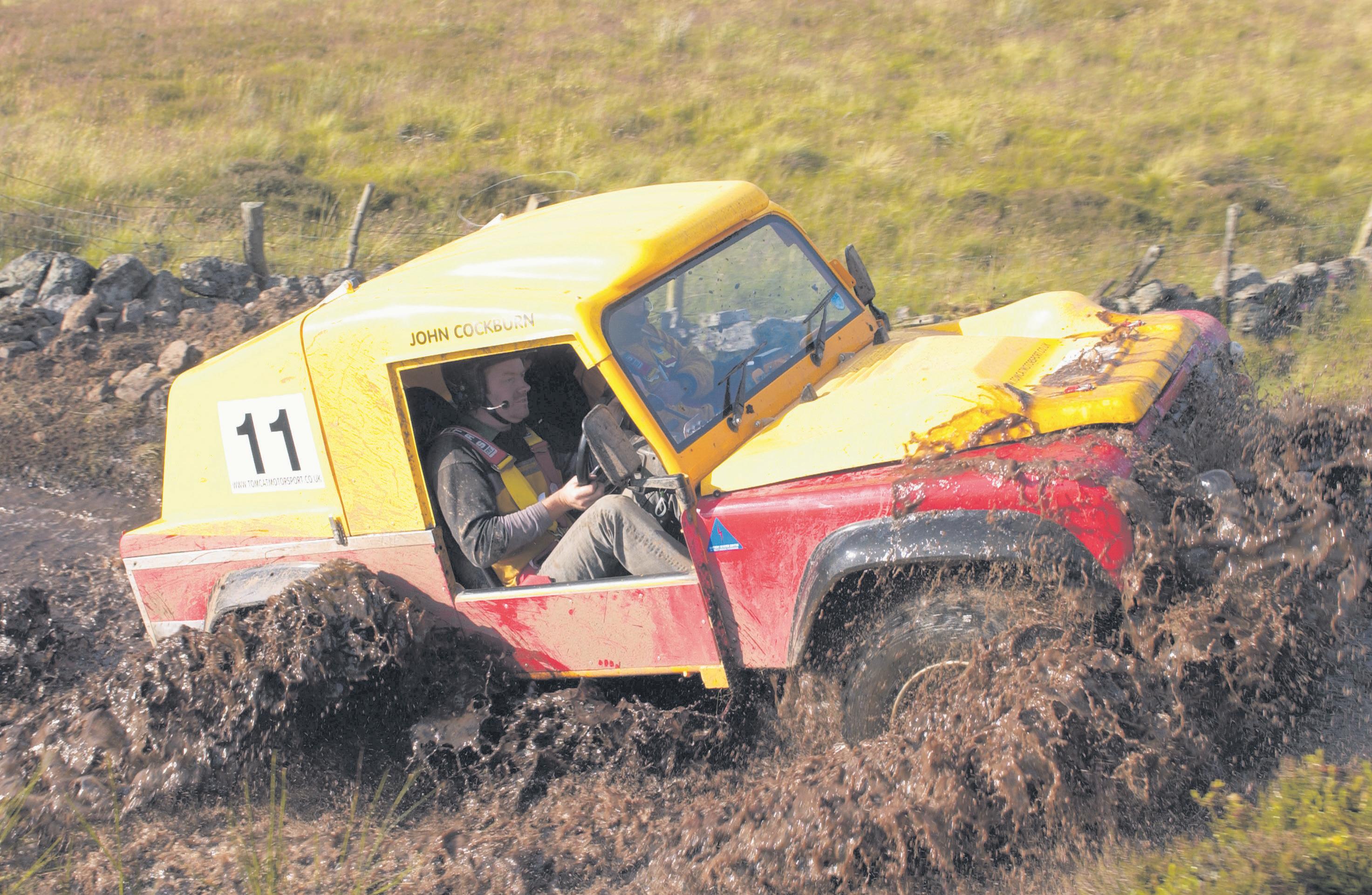
Talking of Hillrallies, when we spoke to John he had just done one in the Tomcat – for which he fetched out its four-pin diffs for a set of Detroit ATB lockers. ‘I’m not convinced I’d bother making the change back again,’ he admitted. ‘The ATBs require a considerable degree of commitment in corners. The added traction is a definite advantage, but I think it’s offset by the overall impact upon performance at speed.’
What else with the axles? Up front is a standard Discovery case, fitted with standard halfshafts to meet ARC regs and with a heavy-duty diff pan. Tomcat’s own modified swivels provide a +7º caster angle to compensate for the increased ride height, while early 110 swivels have heavy-duty pins and CVs are standard Disco. Later 110 vented discs and calipers prove extremely effective at stopping an 88” racer.
It’s Disco at the back too, again with a heavy-duty diff pan and standard Discovery hubs and halfshafts. Rather than the standard A-frame, it’s held on by a panhard rod and radius arms – meaning less articulation but better control at speed. Stopping power here comes from early Range Rover discs and Discovery 300Tdi front calipers.
Now, at around this time Tomcat developed a 106” chassis for comp safari use, which wasn’t Rover-legal but was more focused. Why? Because while the 88 might be light, its short wheelbase makes it less stable from end to end. If you line up a 12” ruler and a 6” ruler next to each other and swivel them by the same margin, the shorter ruler will have moved a lot further round. At around the time when John was building this Tomcat, comp safari star Dave Egginton had an absolutely enormous endo (not in a Tomcat) and if ever there was something to illustrate why this is a bad thing, it was the ball of scrap he was very lucky to emerge from alive.
The shorter wheelbase also makes a car more prone to lashing its tail, which is why John went with a faster ZF
Confidence in your suspension is always a good thing, and when you’ve got 300bhp allowing you to go ton-up over rough ground it’s a very good thing. The 5.0-litre engine falls within ARC rules because, believe it or not, it actually began life as a 3.9-litre Discovery unit. TVR would take these powerplants and bore them out for use in the Griffith – meaning the engine is, officially, a Land Rover unit, with the loom, ECU and other components all bearing the green oval.
This also means the R380 bolts on without putting up a fight and the TVR clutch can be used, with a bit of fiddling, in conjunction with a standard Disco master cylinder and pedal box. John fitted the engine on captive mounts to keep it in place while it’s being battered around, while cooling is from a standard rad mounted behind the cab and taking its air from a scoop just above the windscreen.
Like the springs, John’s exhaust system can be bought off the shelf from Tomcat. It runs forward-facing manifolds and a silencer which crossing over the vehicle’s rear, meaning the entire set-up is kept above the level of the chassis. This keeps it out of harm’s way and, because it’ made from stainless steel, makes it genuinely worthy of the title ‘exhaust for life’.
Valuable protection is provided to the Tomcat’s chassis and frame, too, by powder-coating it. ‘This prevents it from chipping as easily as normal paint,’ explains John, ‘which is worth bearing in mind when you’re driving off-road at 70mph!’
Which, if you hadn’t figured it out yet, is what John Cockburn was put on this earth to do. Not everybody would be worthy of driving this Land Rover, after all – but for the man who built it, it truly was the ultimate Tomcat.
With the news that Tomcat Motorsport has been put up for sale, we look back two decades to a meeting with what was at the time the ultimate example of the breedWords : Gary Noskill Pics: Steve Taylor




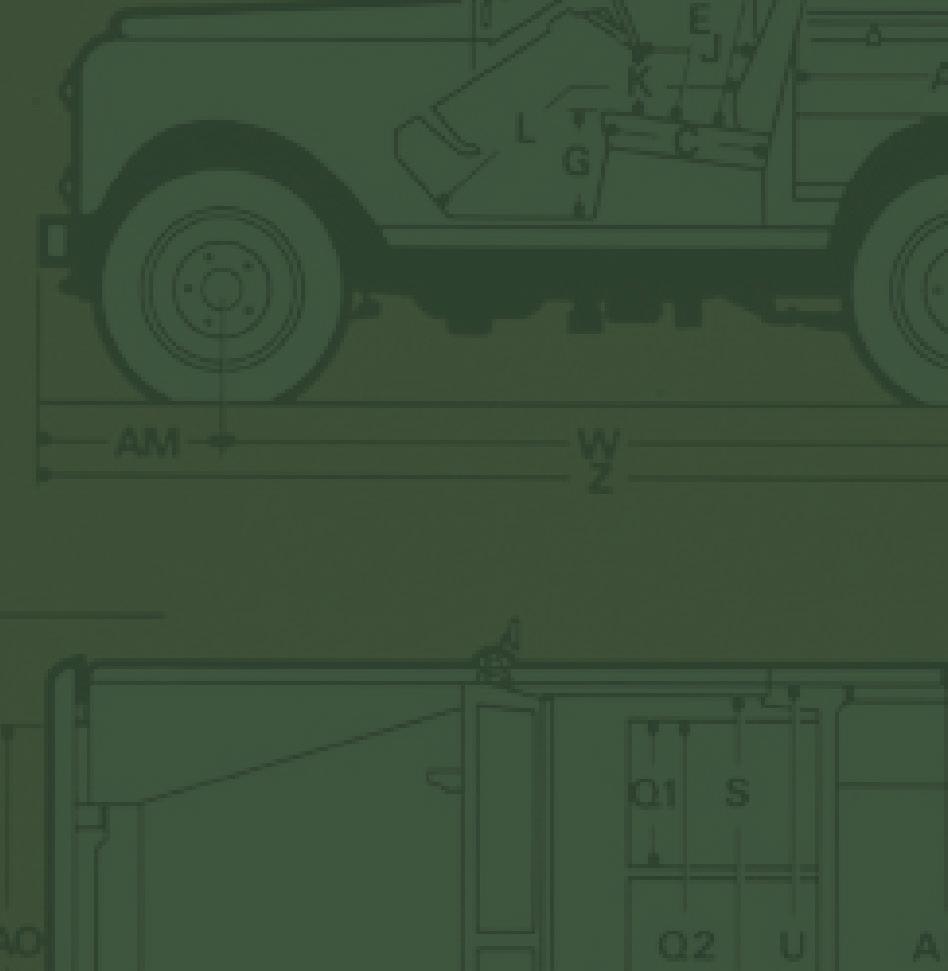
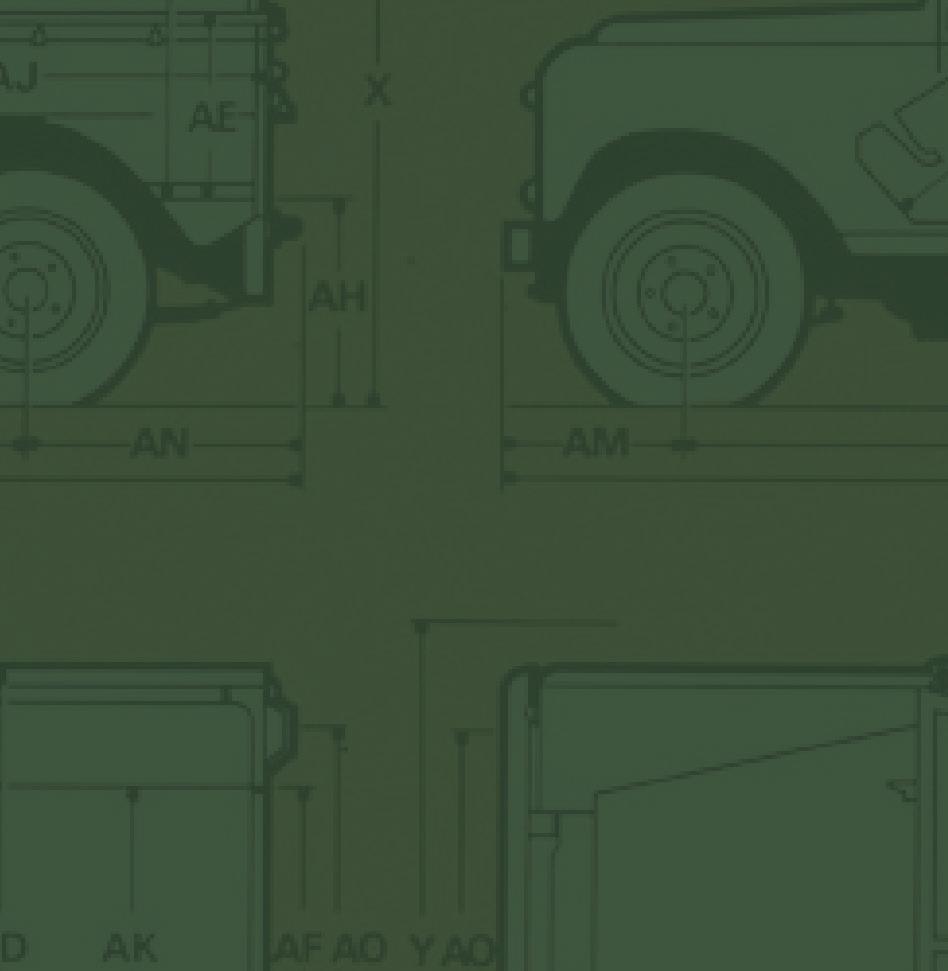
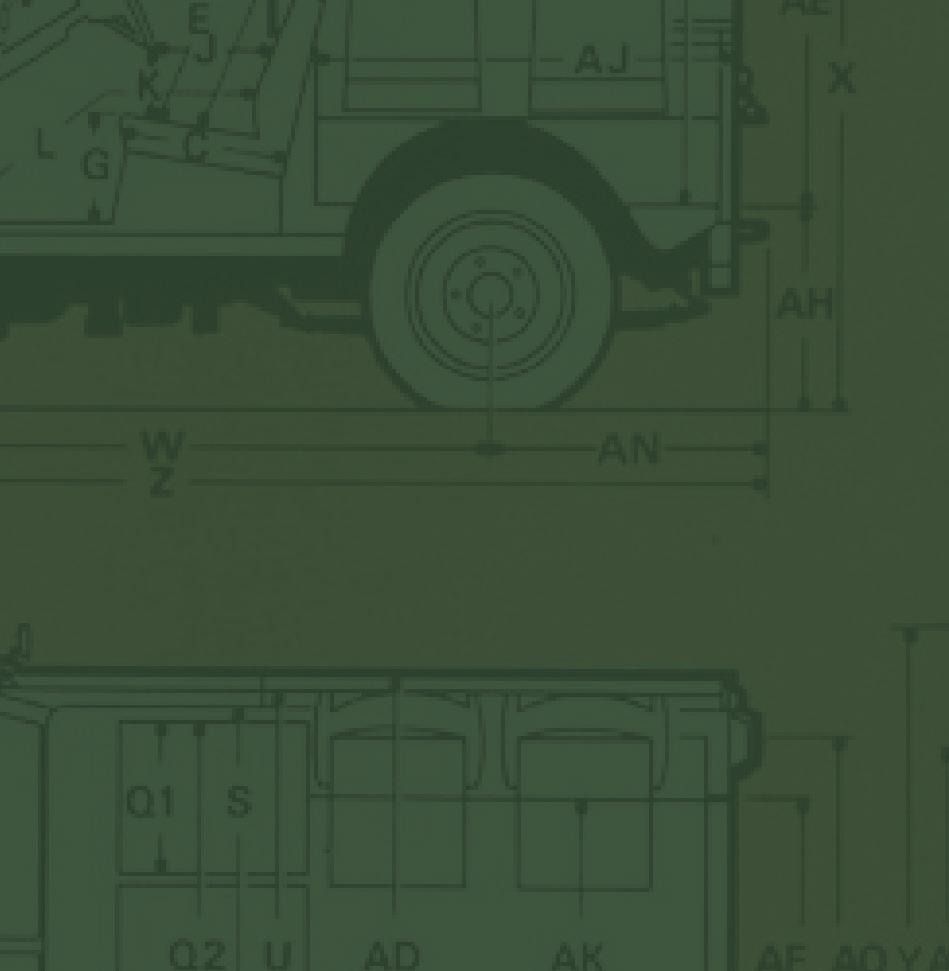
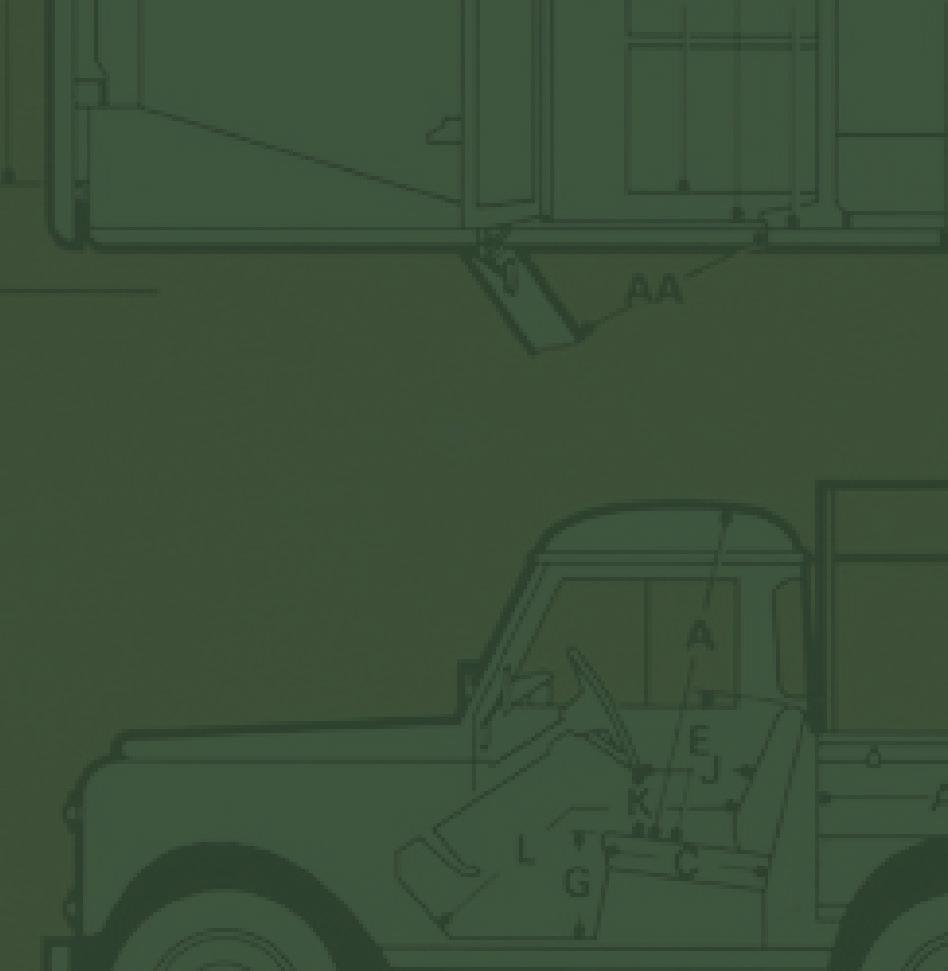
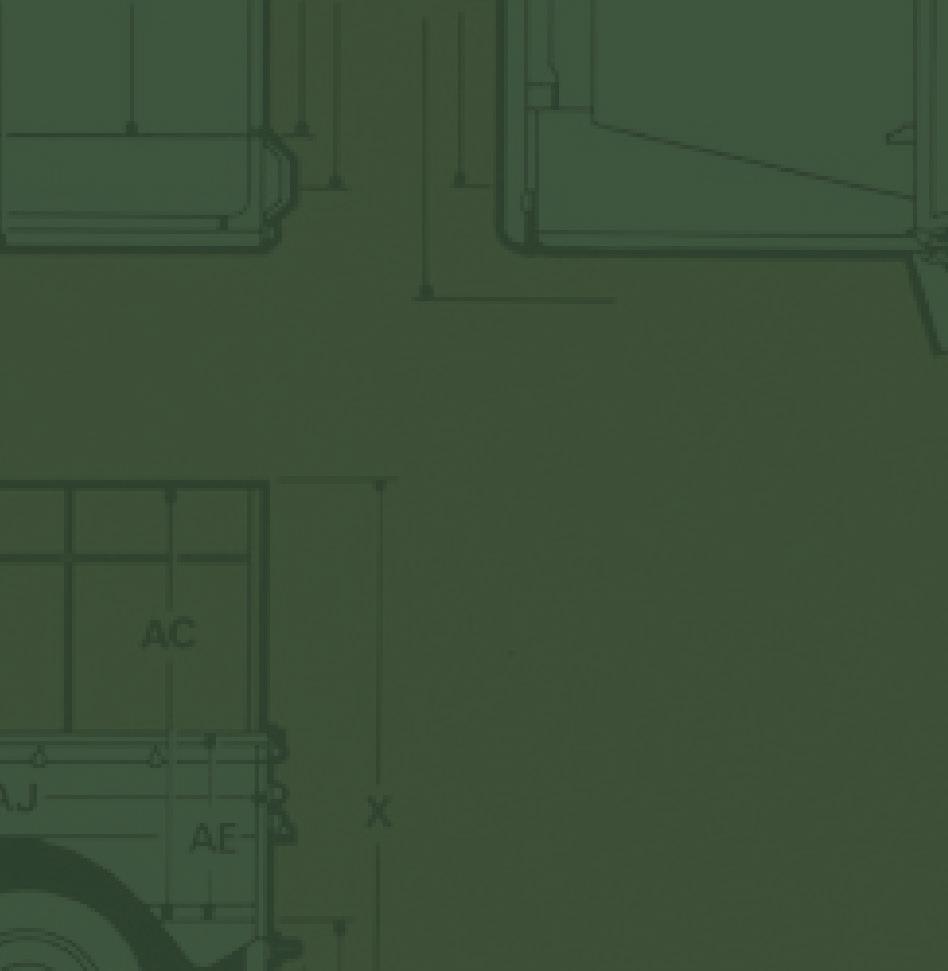


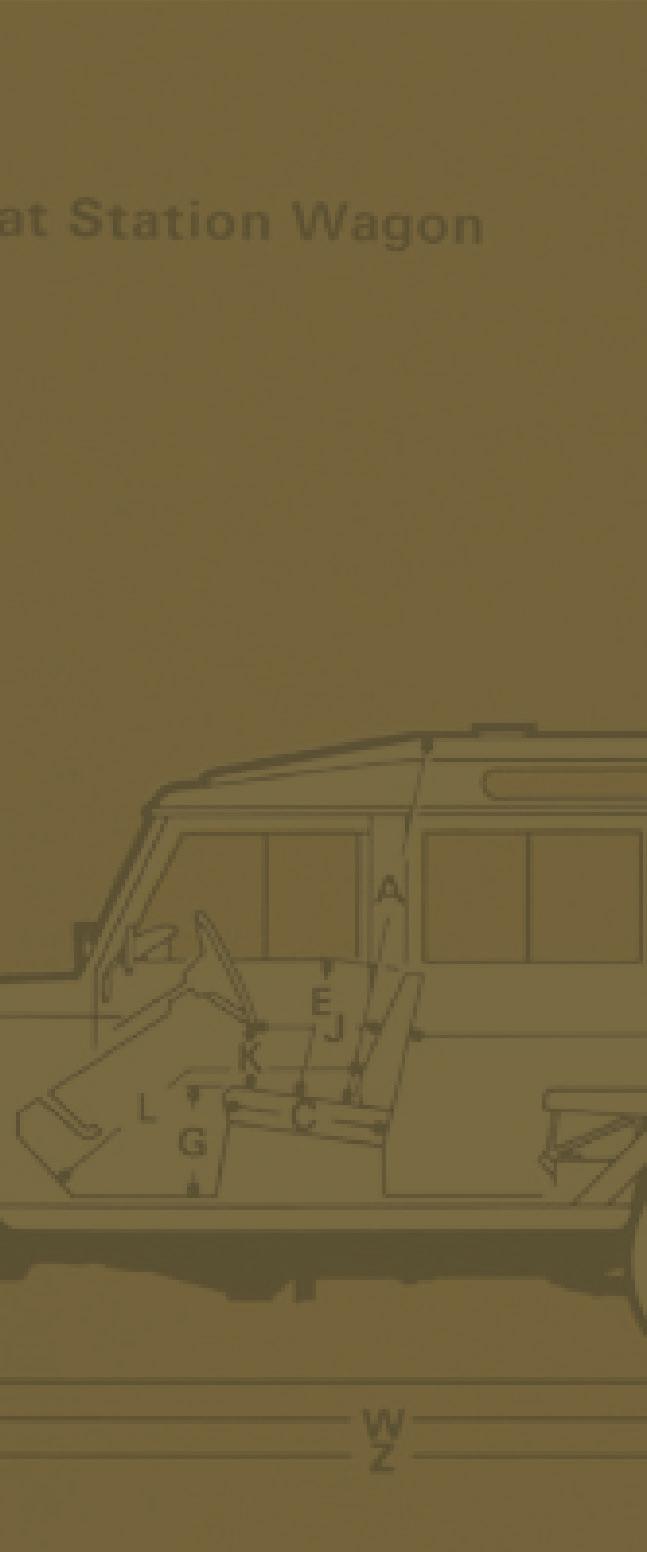
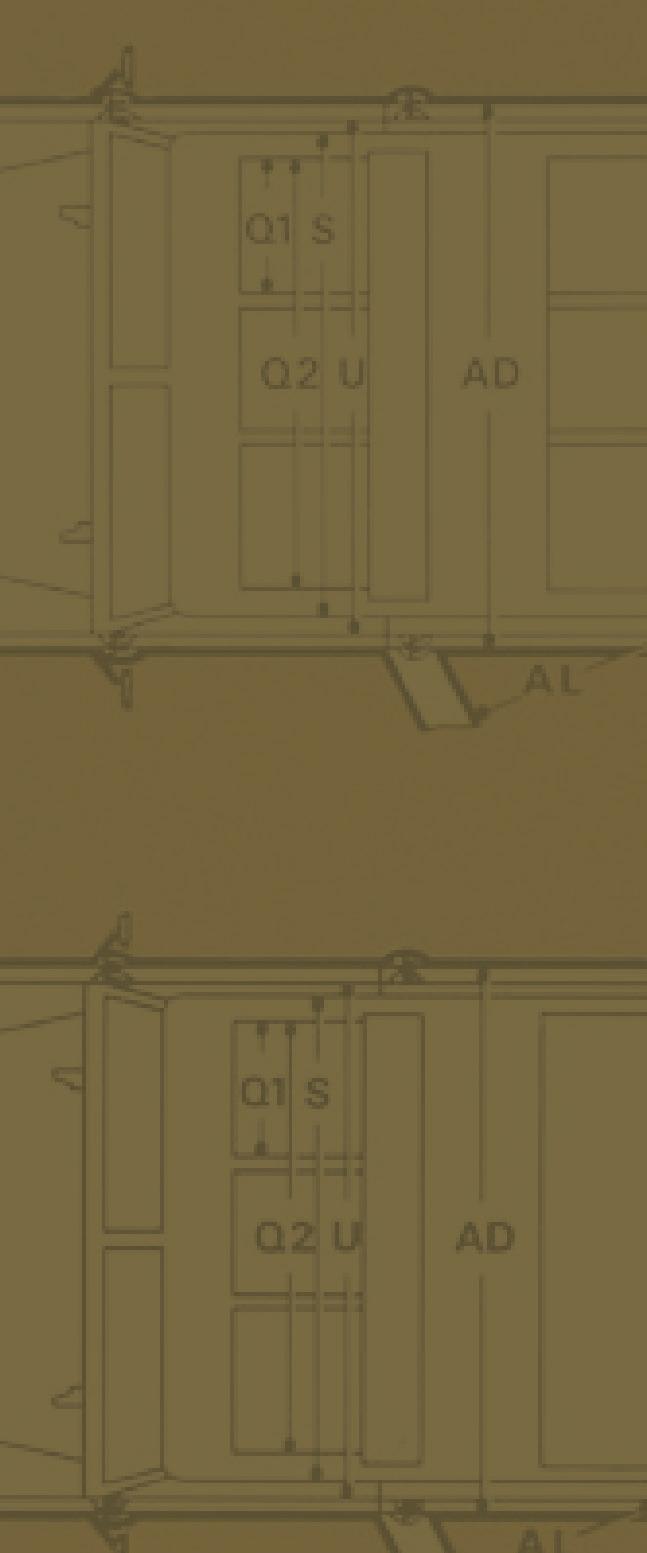

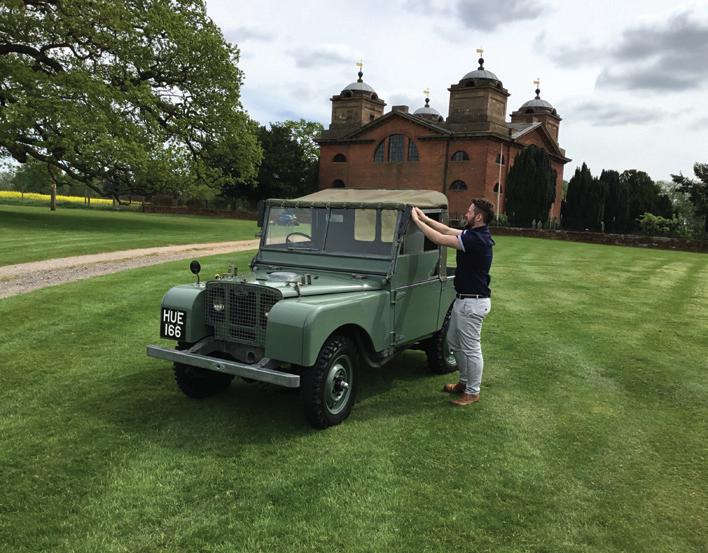
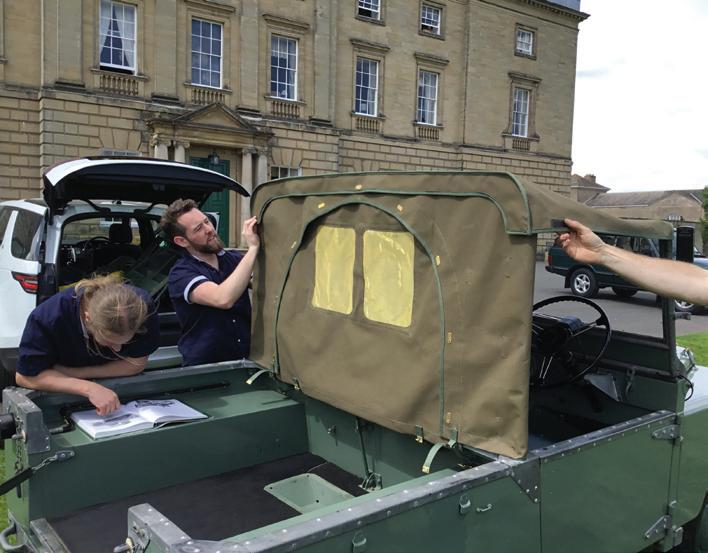
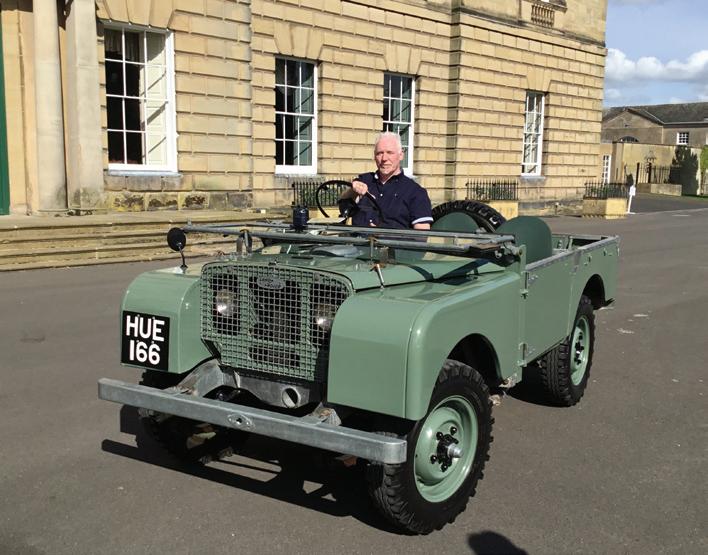
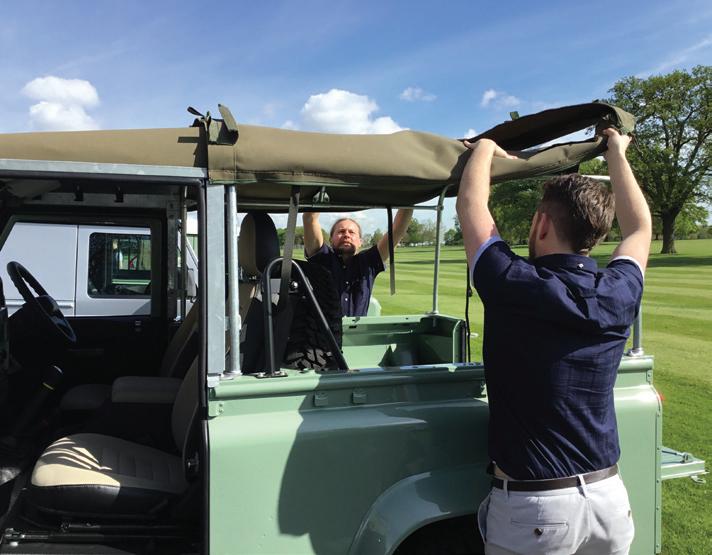
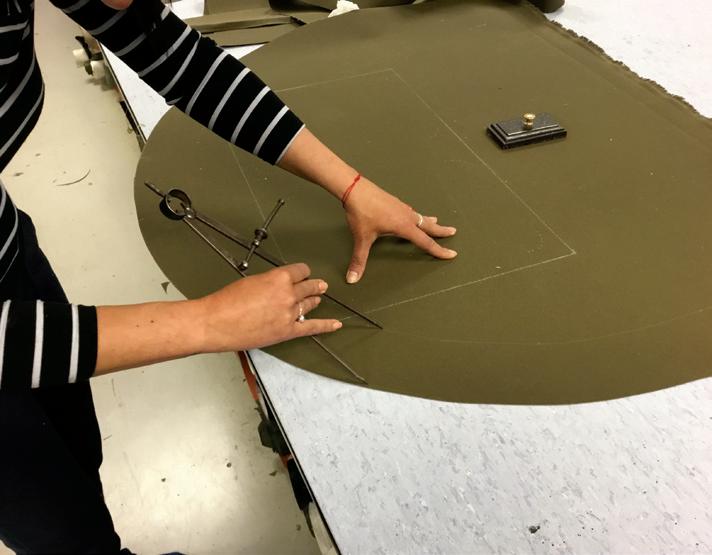
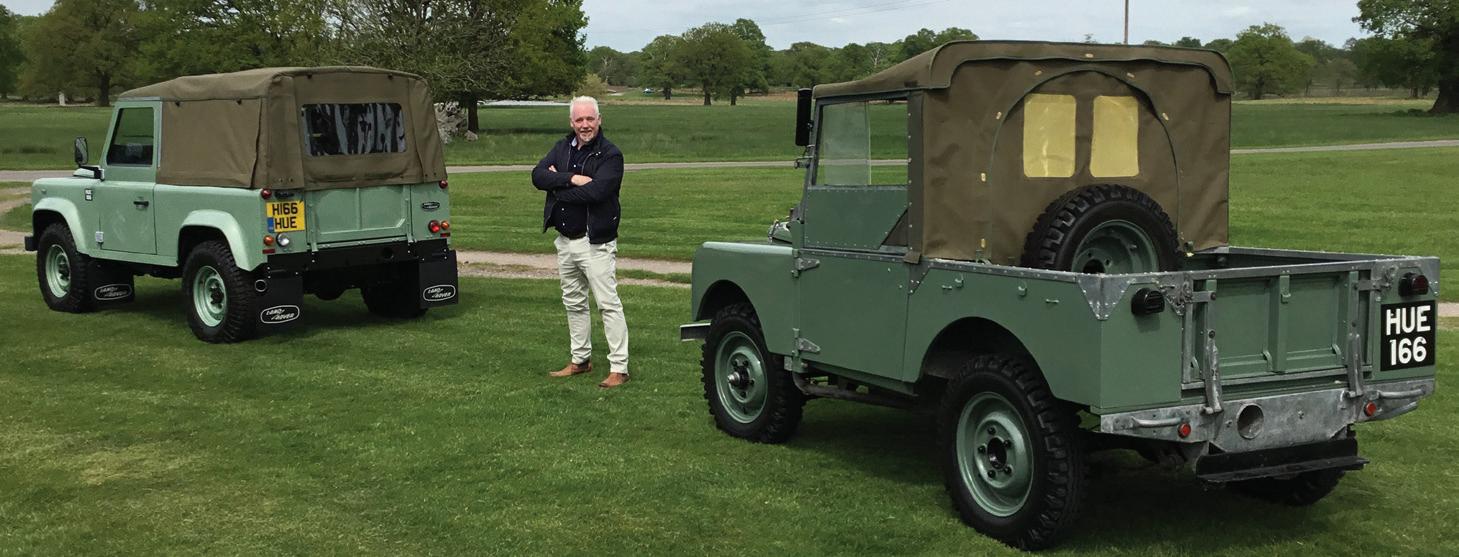

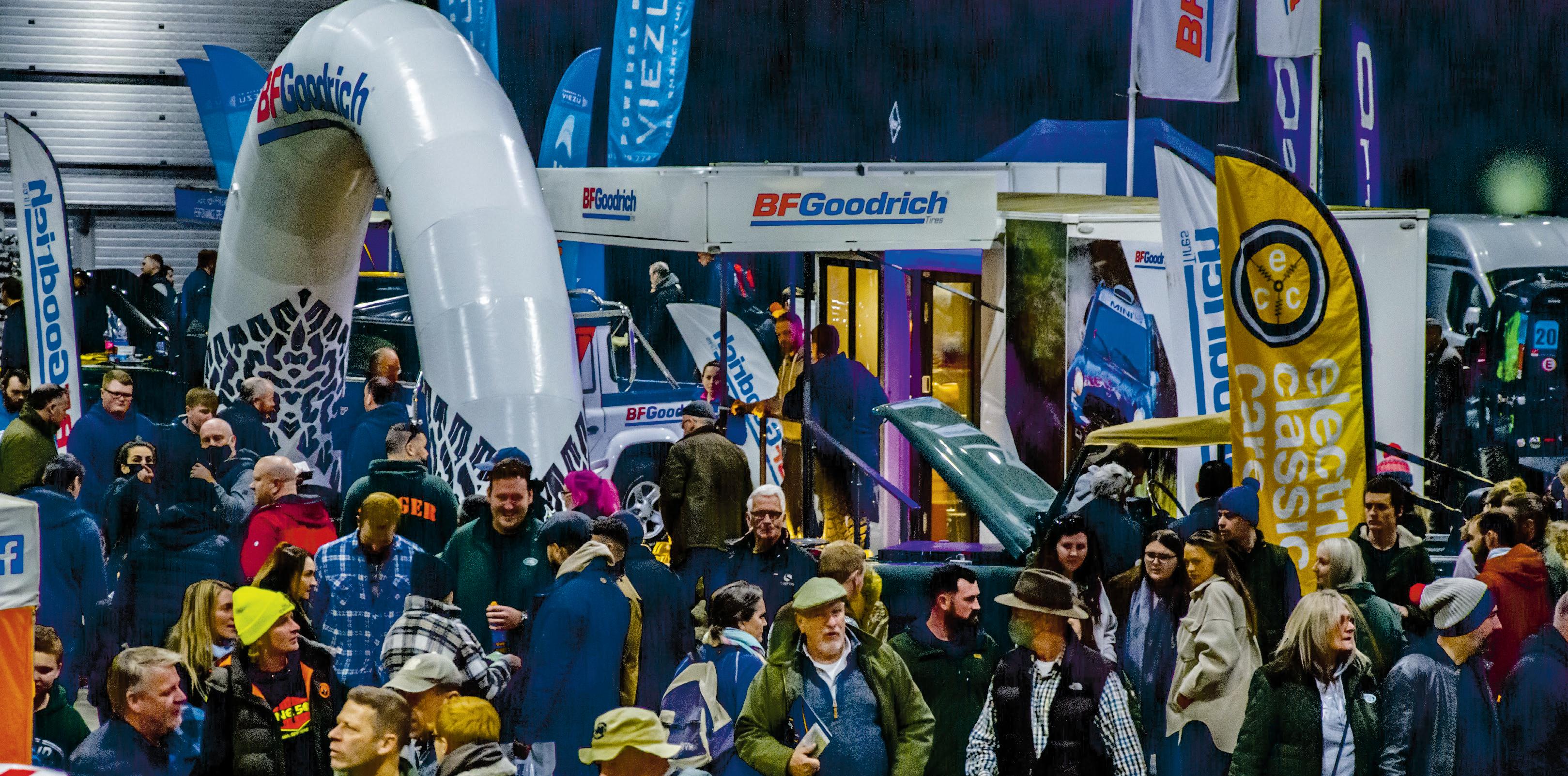
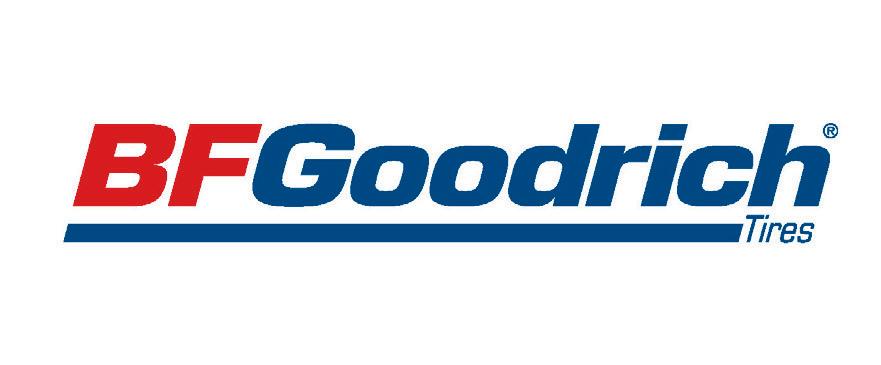

























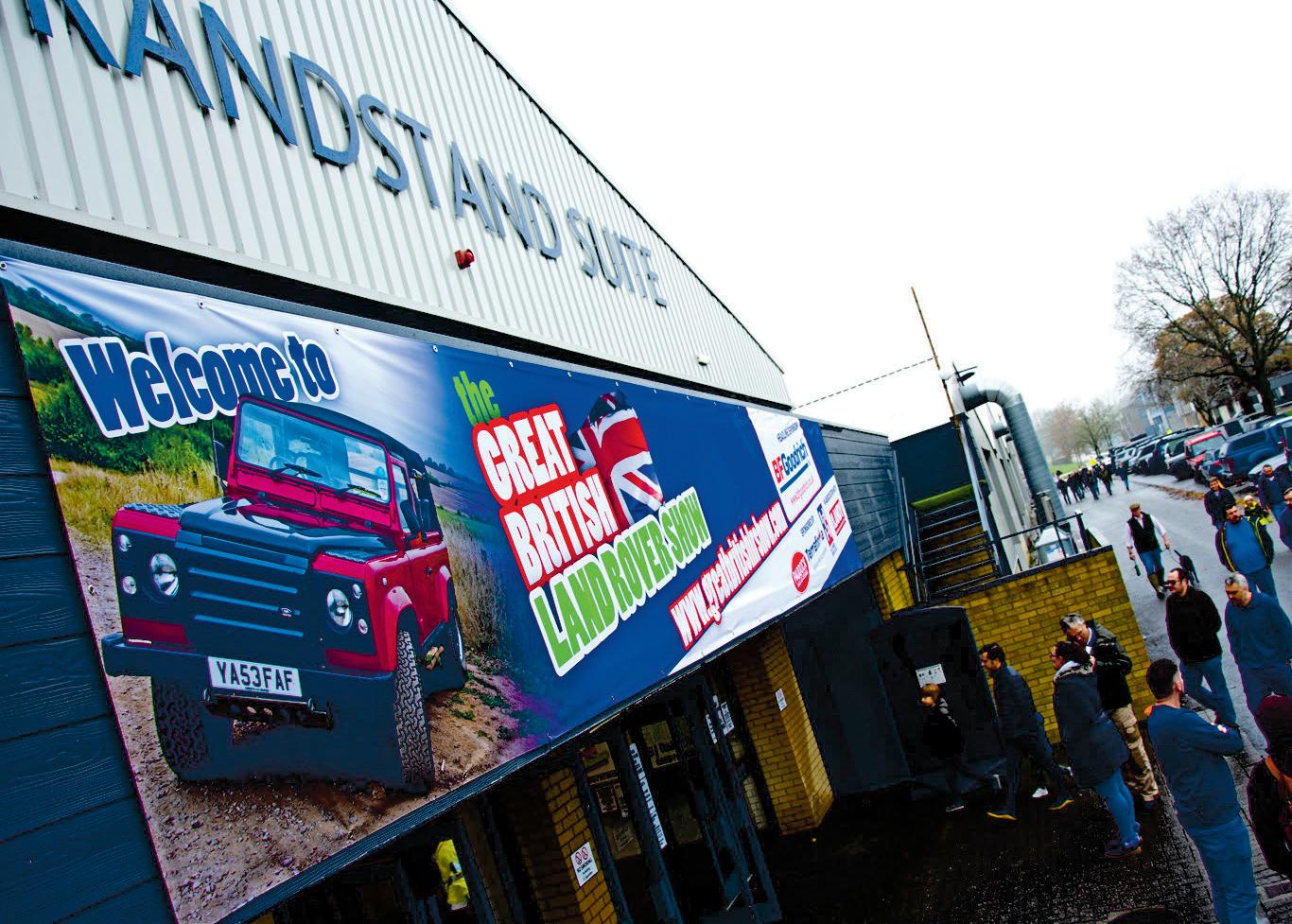
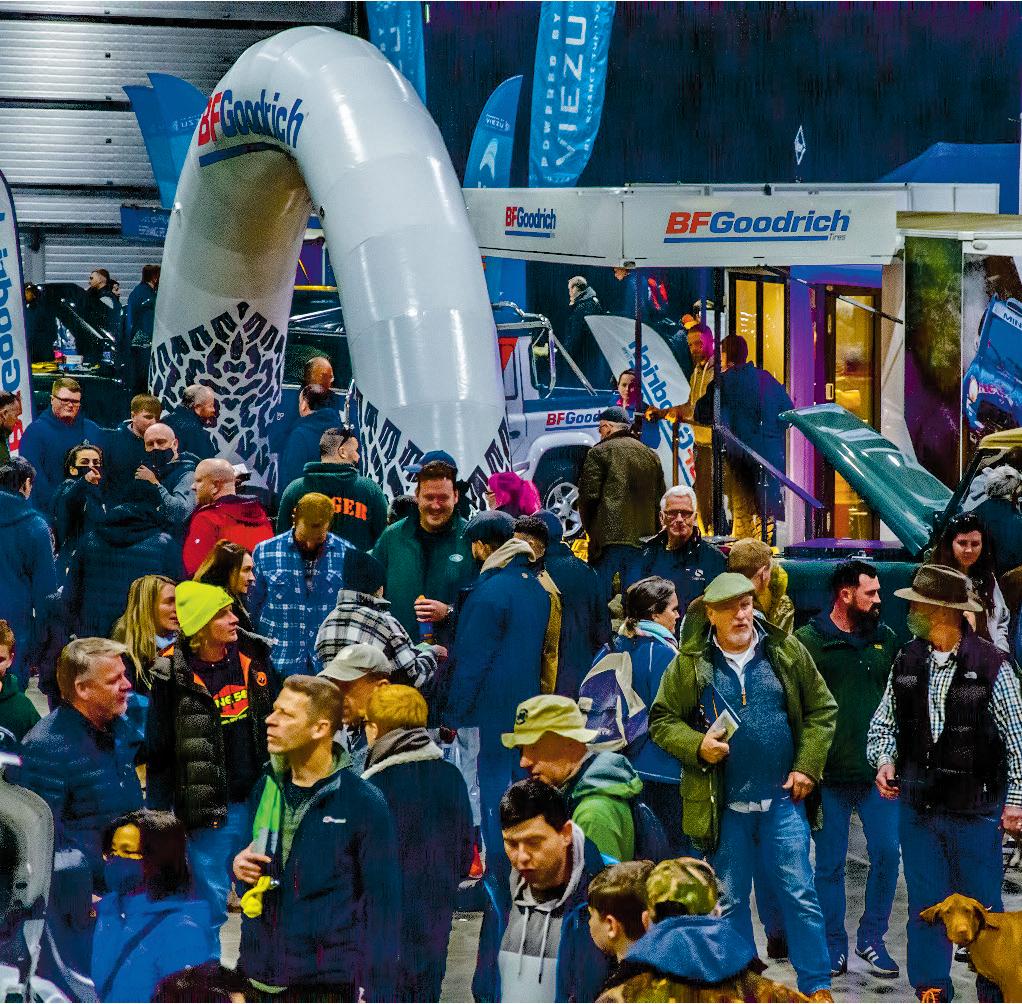


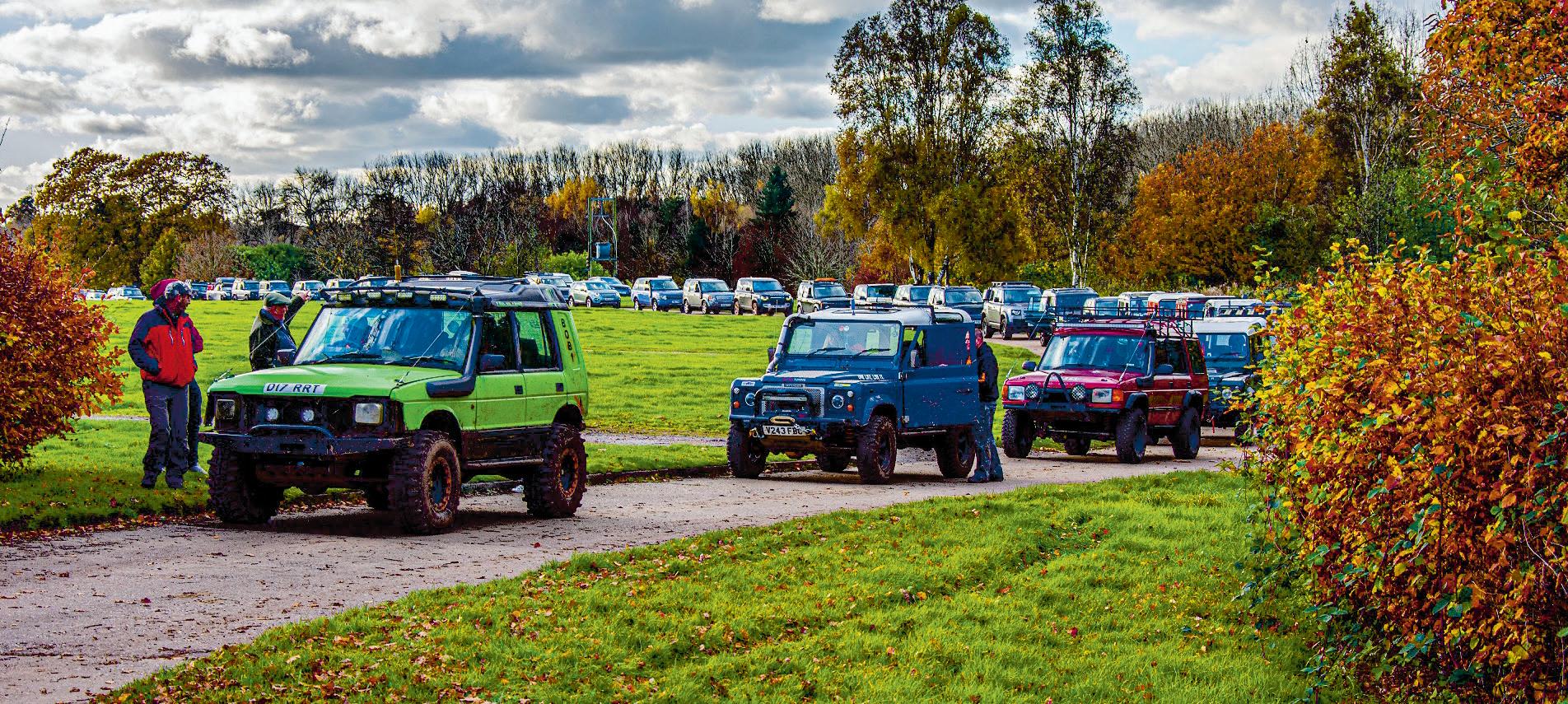
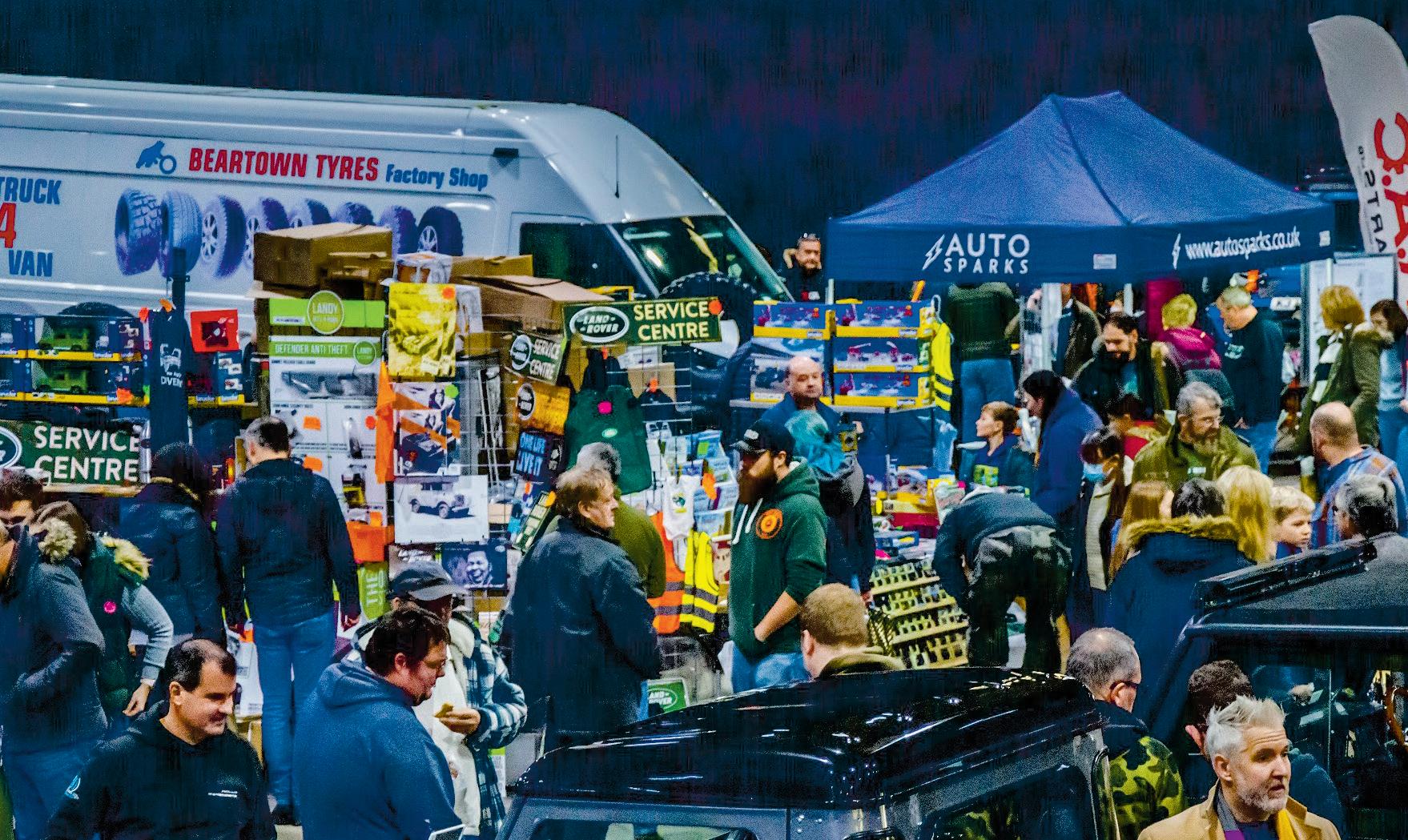







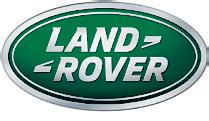







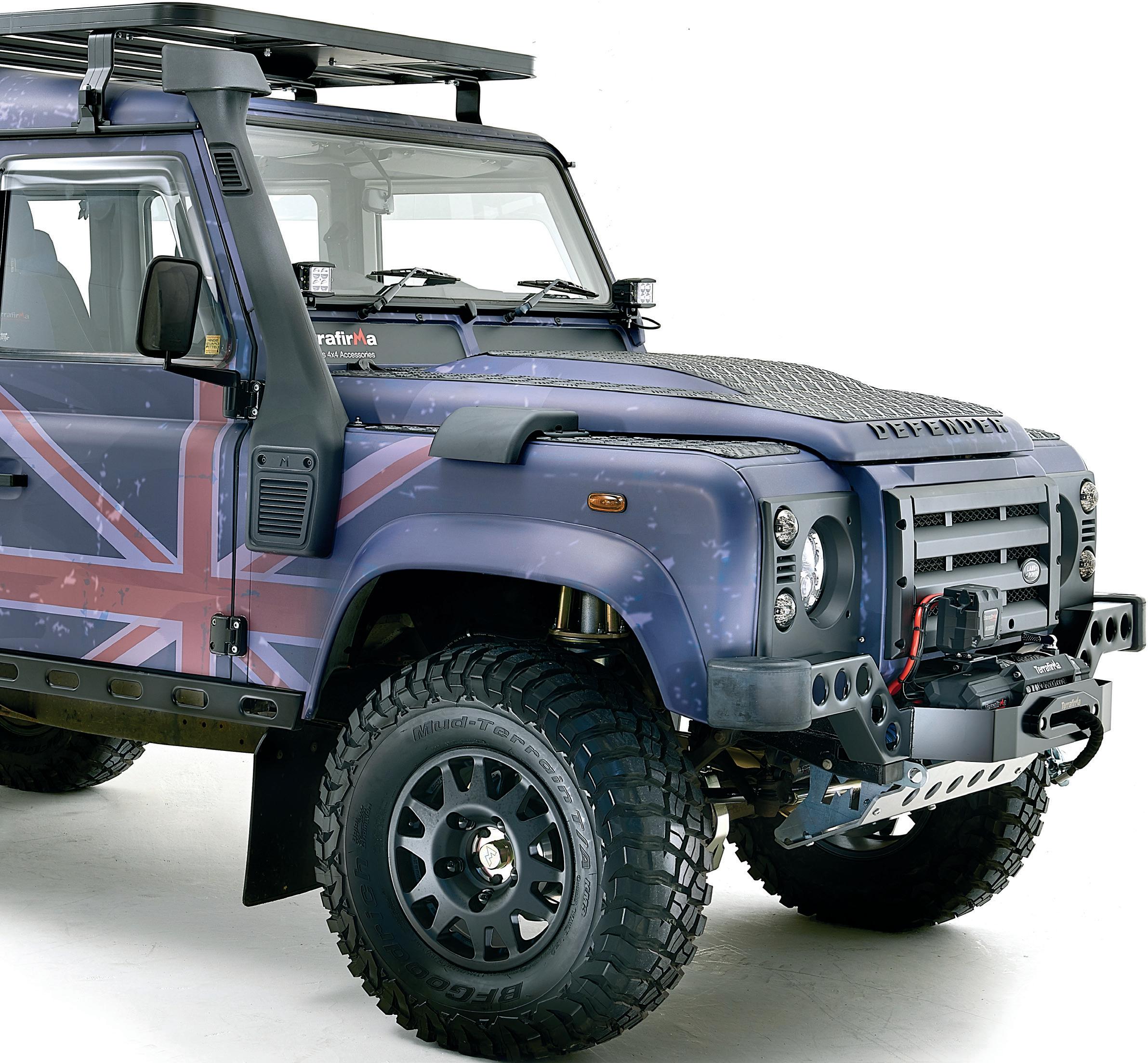
To advertise in The Landy, call our team on 01283 553244
We’re on Facebook: www.facebook.com/thelandyuk


is
approaching
for


Fitting a galvanised replacement is a hugely popular way of giving an old Landy a new lease of life – and it’s the perfect time to look after all those other jobs that want doing, too, as demonstrated when AL Services got down to work on fitting a customer’s 90 with a new frame from Richards Chassis


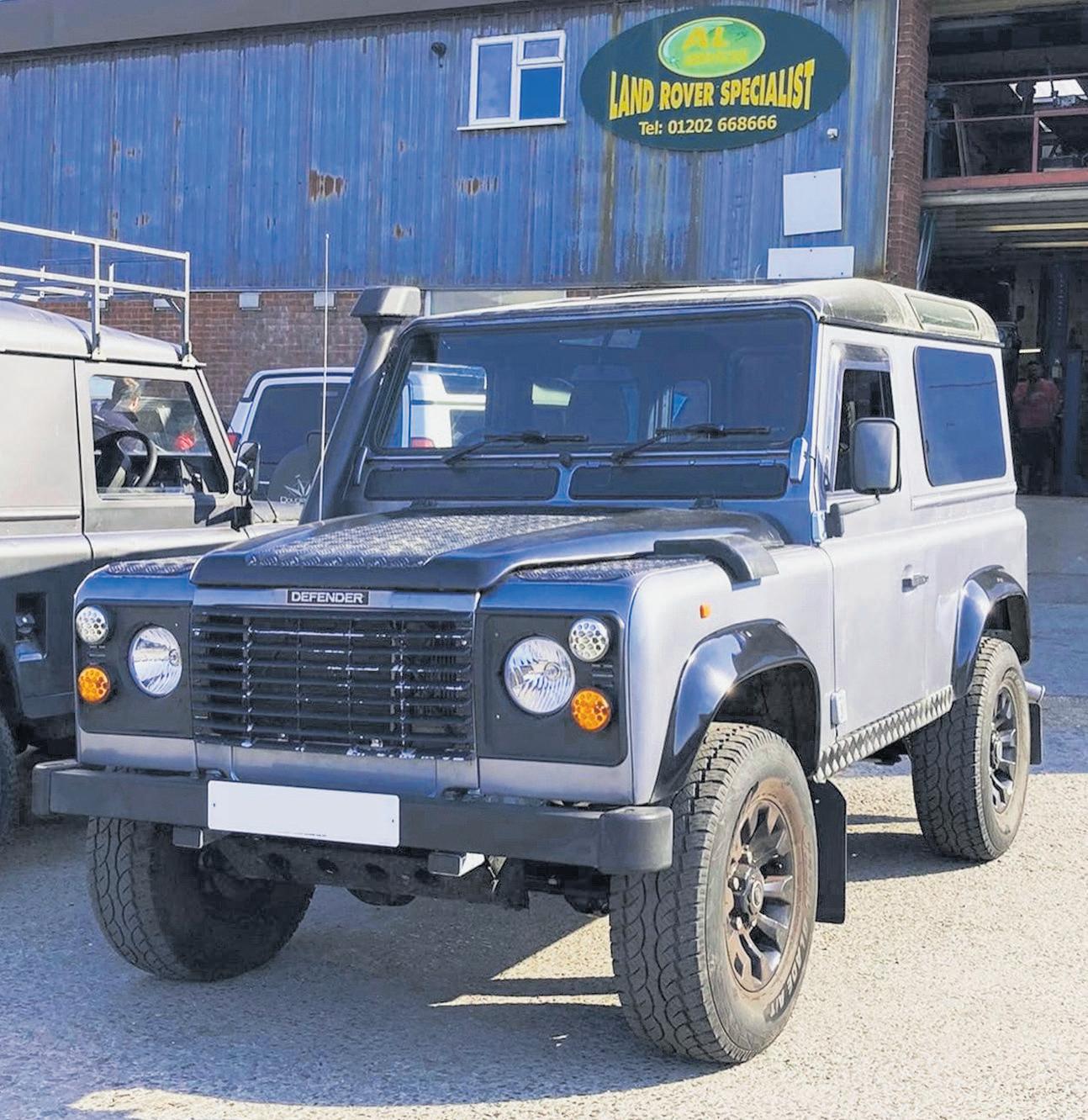
Renewing the chassis on a Defender is one of the surest ways to increase its value – and, of course, to keep it alive long into the future. Most Land Rover specialists have done more of them than most of us have had hot dinners – and become very good at it in the process.

Of course, if you’re reading The Landy there’s a decent chance that you’d want to do the job yourself. And plenty of amateur mechanics have rebuilt Defenders very successfully indeed, both with and without putting them on to a new chassis, so it’s not to be dismissed.

Words: Tom Alderney Pics: AL Services

Typically, a chassis replacement project will be seen as an opportunity to do a few other jobs too –whether its maintenance, modifications or just taking the chance to work on something while it’s easy to get at. Every Land Rover is different, of course – but in some ways, each of them is the same, too.
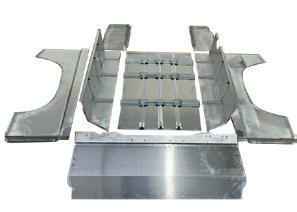
The pictures on these pages come from AL Services of Poole, which earlier this summer fitted a Richards galvanised chassis under a customer’s 90. Not a moment too soon, as you’ll
www.thelandy.co.uk
Issue 119: Nov 2023
see – and while the Defender was in bits, the team took the chance to prep it for a long life to come, as well as adding some enhancements its owner has asked for.
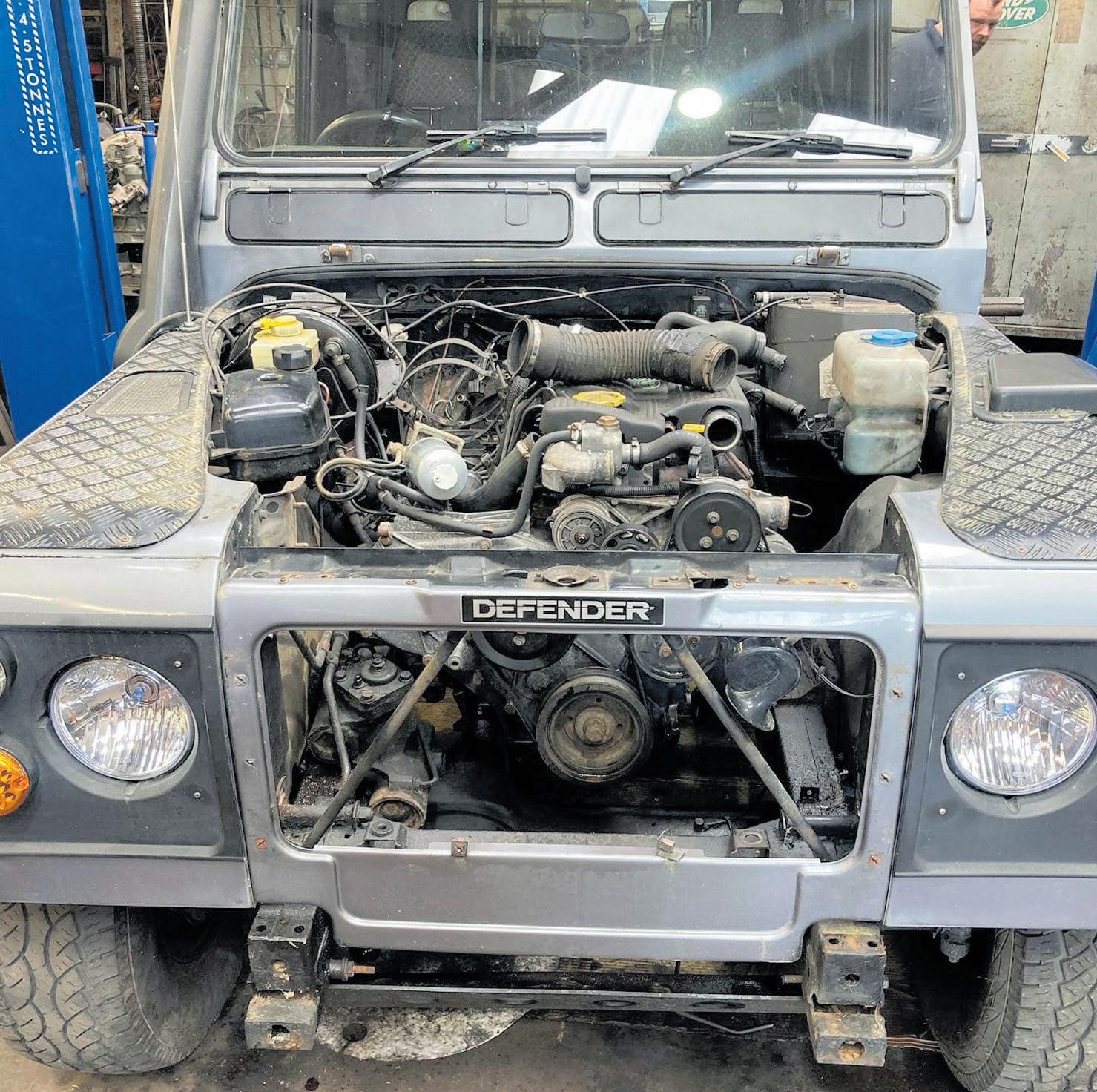

This is definitely not a step-by-step story of how to do the job. It gives
you a flavour of what went on during a week in the AL Services workshop, though – and if you’ve got a Defender that’s getting crusty underneath, it’s likely to convince you that a job done properly is the best investment you can possibly make.

The time
rapidly
when it’s abnormal
a Defender of a certain age not to have had a new chassis.

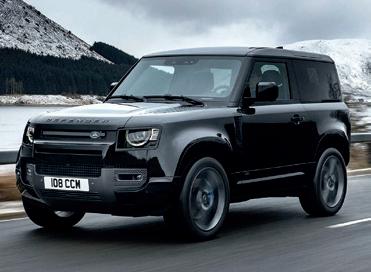


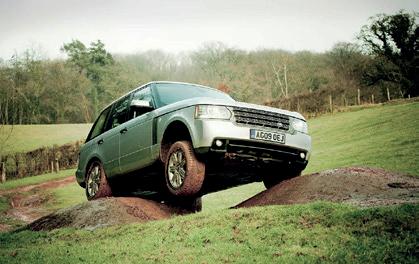
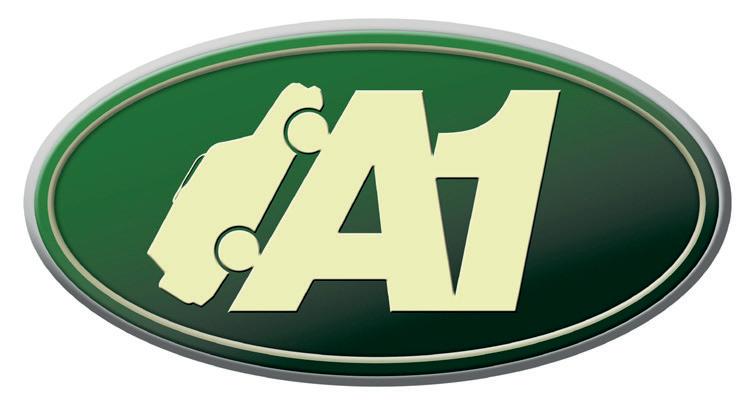

This
Day 2 (above, right): As is often the case, you can very quickly make a huge difference in the way it looks. Removing the bodywork tends to do that. Just a day in, you’ve got an exposed chassis – and the real extent of the rust becomes clear. The old chassis is showing evidence of some pretty crummy repairs done to it in the past, too. With the bodywork out of the way, the 90 is rolled out of the workshop for a serious going over with the jet wash Day 3 (right): They say a Defender is a blank canvas for a world of possibilities, and so too indeed is a Richards chassis. Ready for whatever the vehicle’s owner wants it to be – and to stay that way for a whole lifetime to come. With the engine and box removed from the old chassis, it would be folly not to change the clutch (and, similarly, to save a few pennies by not using a heavy-duty replacement)
Day 4 (below): The axles are fitted under the new chassis – complete with new powder-coated suspension arms, a full SuperPro bush kit and and +2” Terrafirma springs and shocks
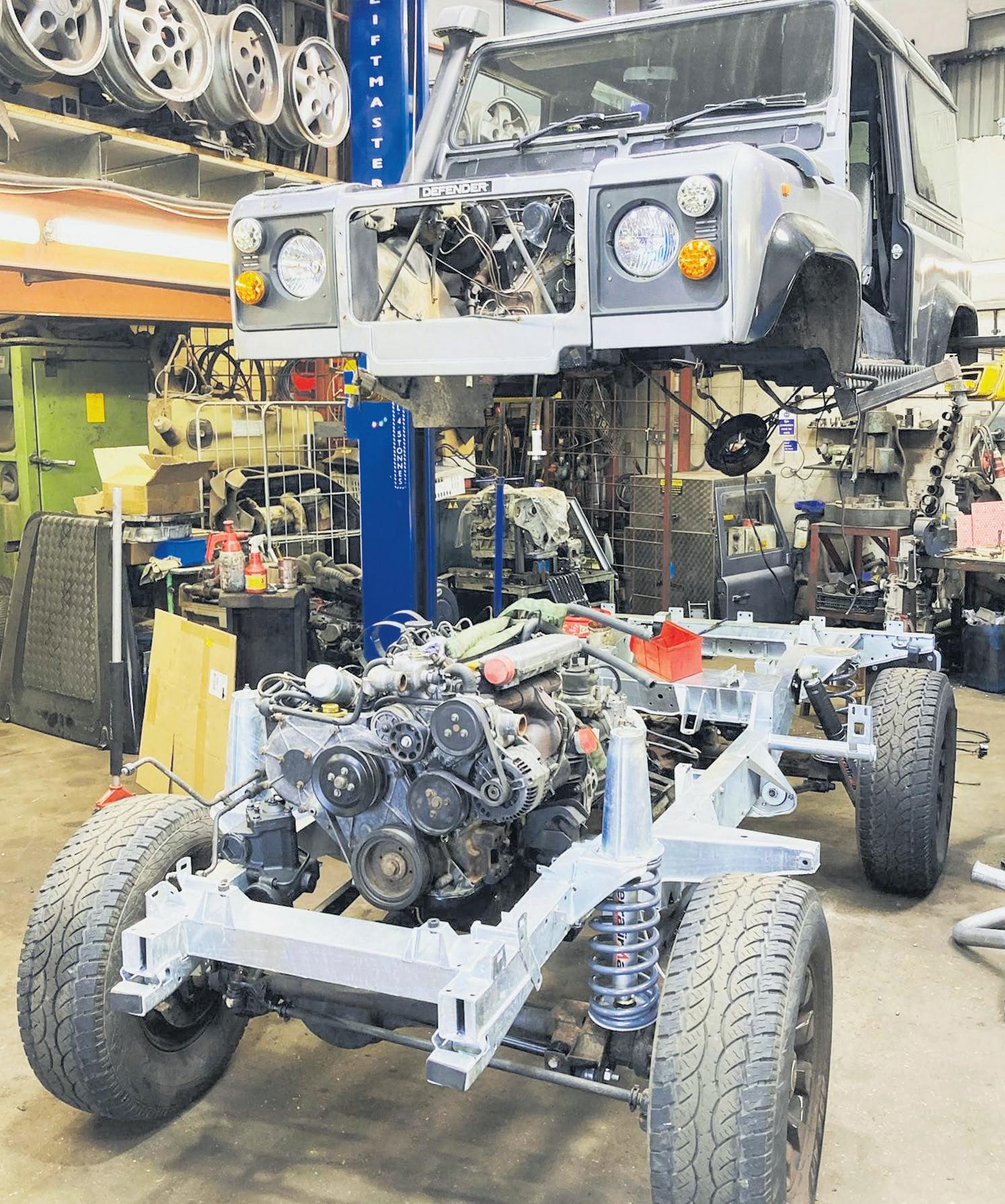
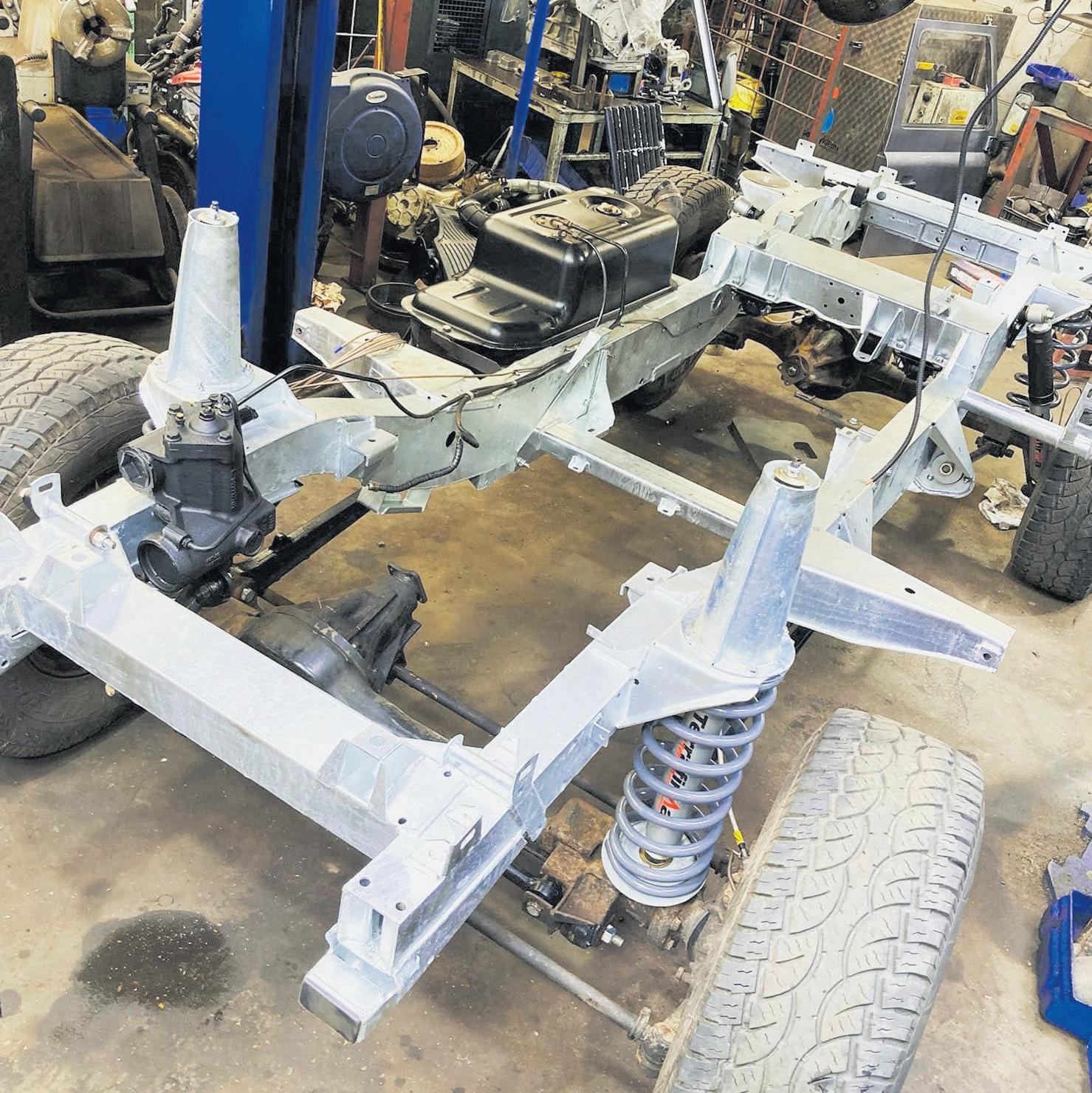
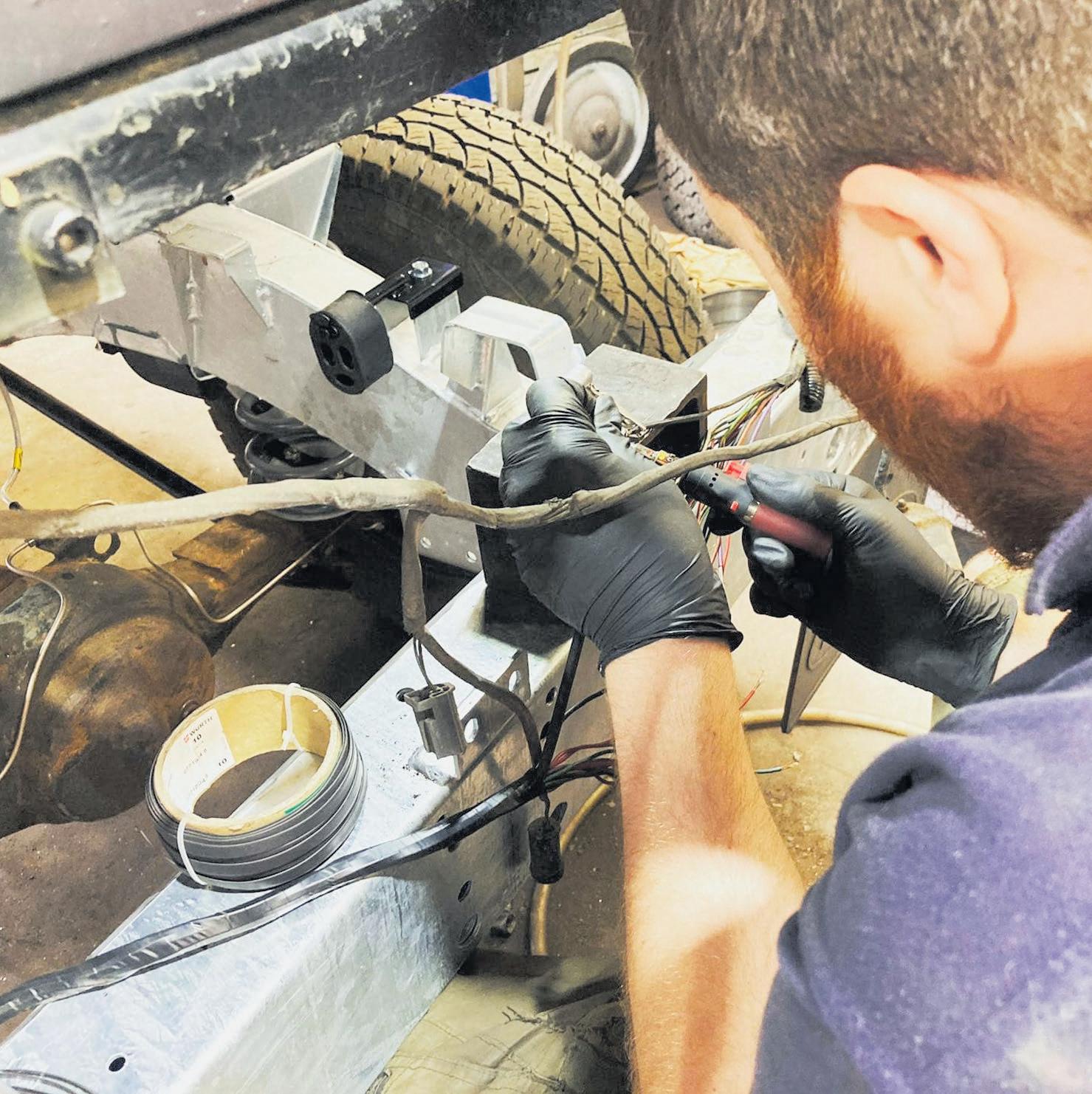


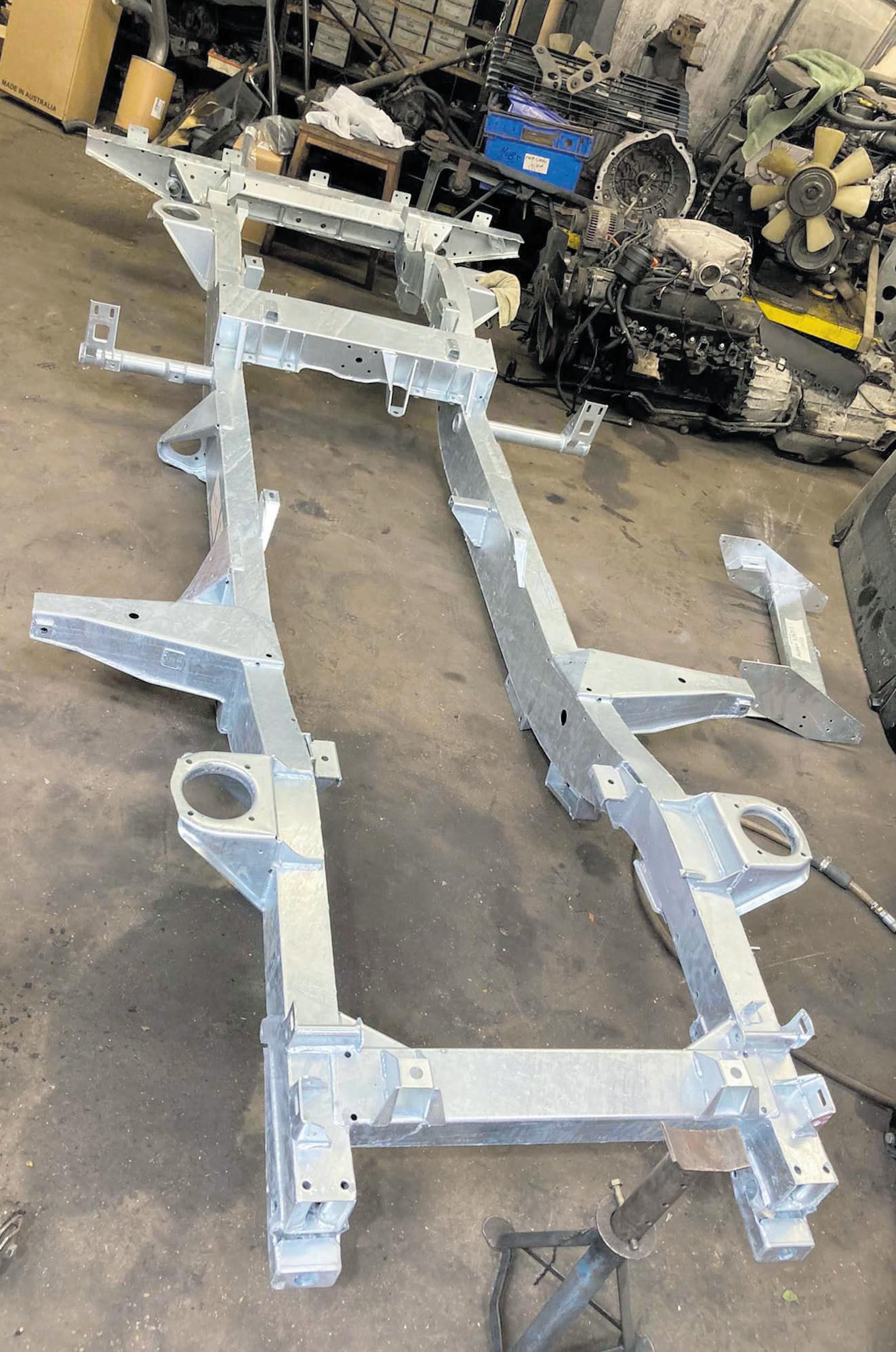
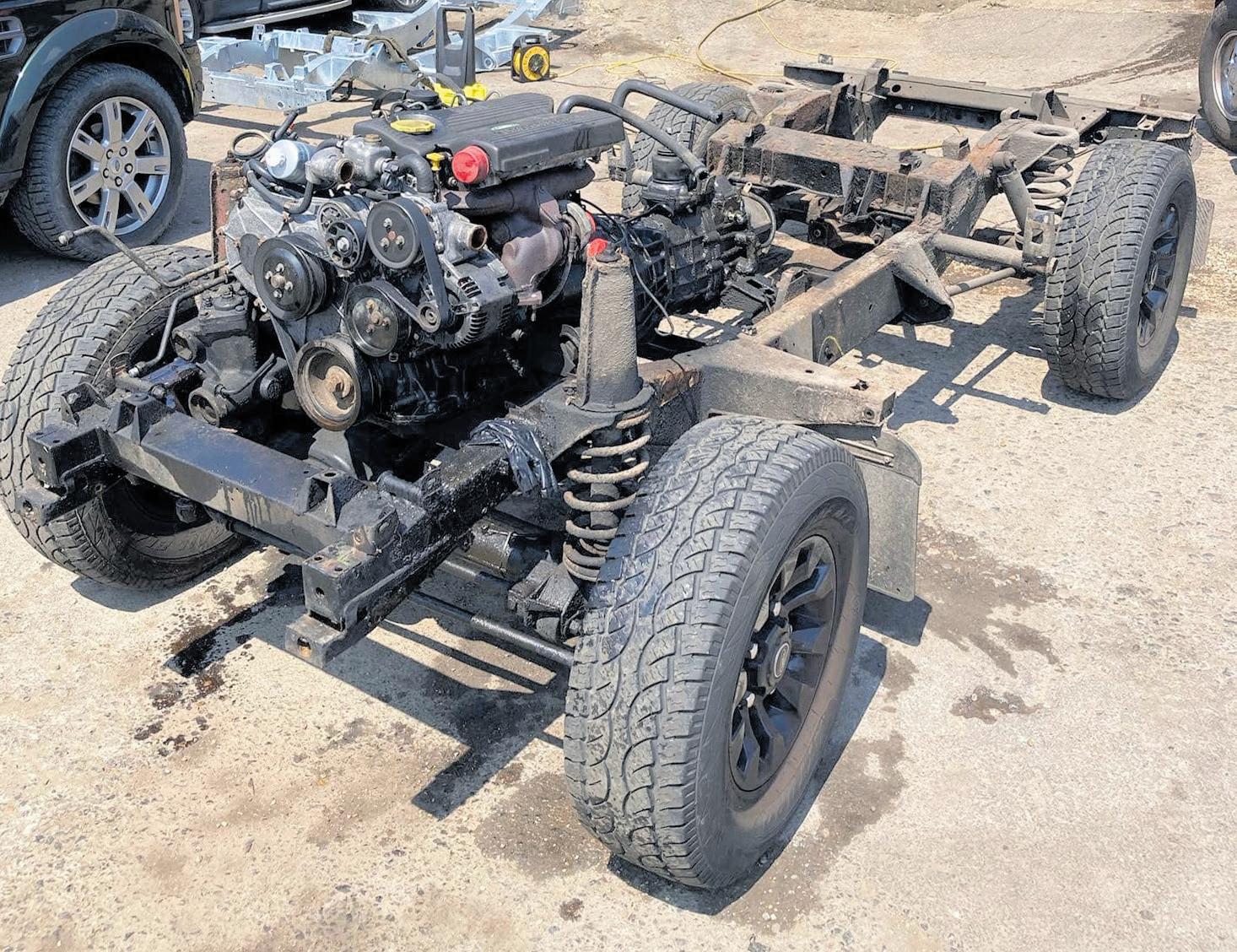

Although
Day 5 (above): The engine is fitted to the new chassis, along with new fuel lines. Also new is a full set of rigid brake lines made from corrosion-resistant cunifer alloy. The old chassis has been fitted with a new rear crossmember at some point in its life (or death, depending on how you look at it), and while this was happening the wiring loom was cut and rejoined… badly, leaving it grotty and corroded, so this was repaired properly too
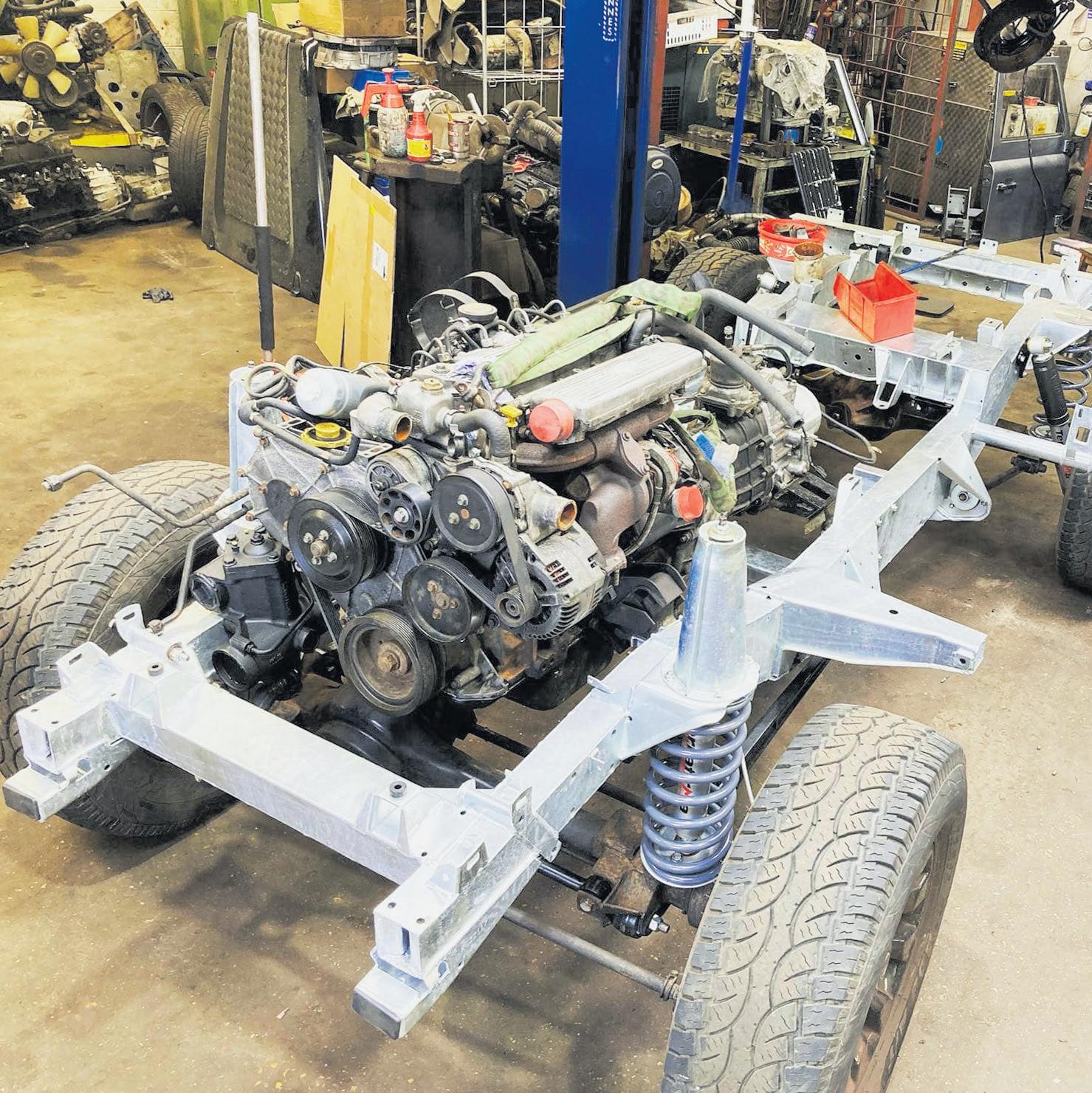
Day 6 (right): Down comes the body, and the mounts are bolted up. Time to bleed the brakes, add coolant and refill the fuel tank ready for the engine to be fired back up…

Day 7: …after which the 90 is ready for a shakedown test run, fresh MOT and final inspection prior to being handed over to a no doubt very excited customer. This isn’t just a case of tossing him or her a set of keys and an invoice, though – the AL Services team gave them a proper guided tour around all the work they’d done, including showing them what was left of the chassis the 90 had been riding on. Quite a sobering experience, we’d think – and a very positive one as they look forward to life with a thoroughly rejuvenated Land Rover!
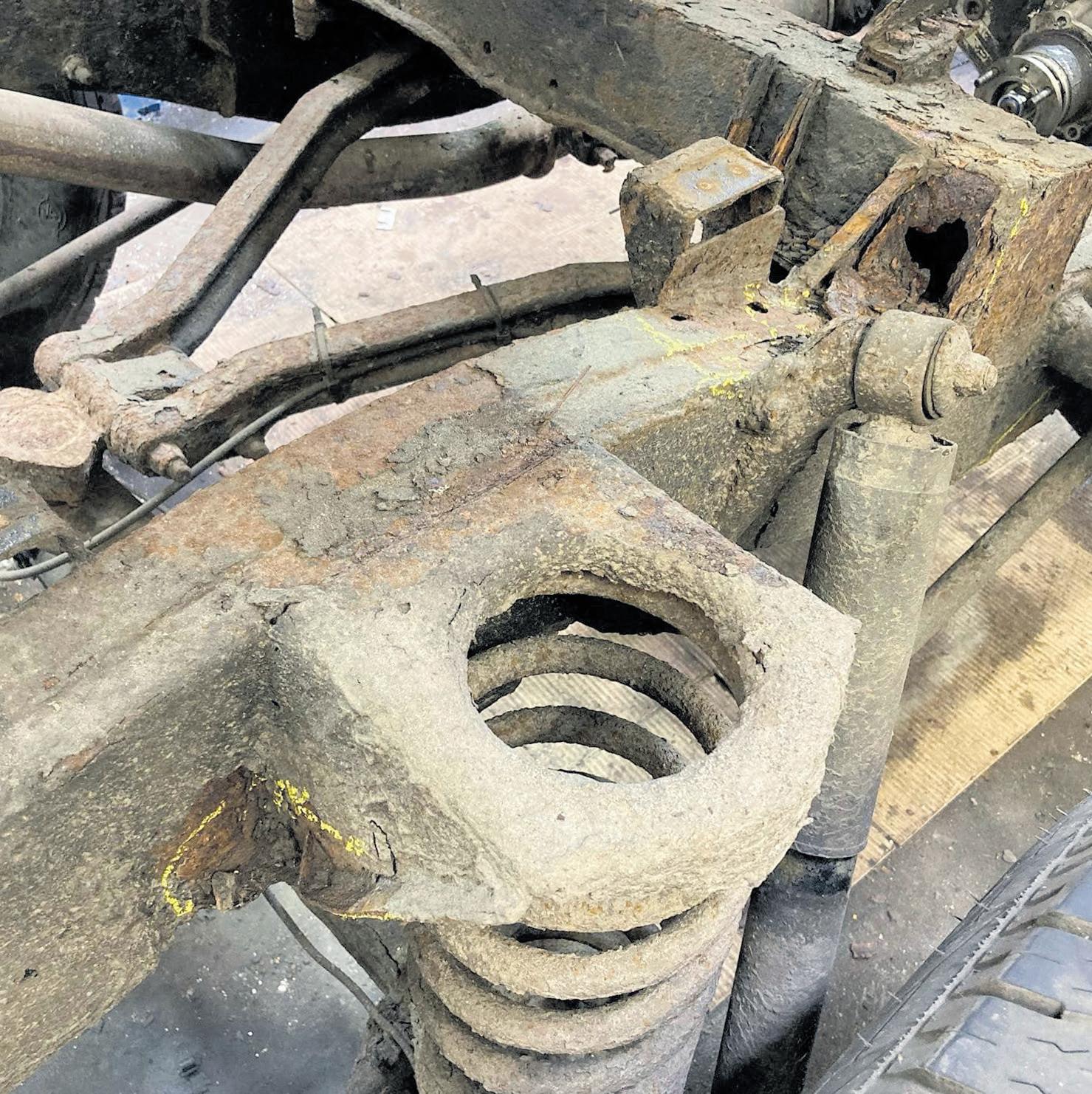
Plus…

Land Rover Series 2/3 left and right rear wing skin – £330 Series 2/3 left and right rear wing with B post – £430 Defender 90 left and right rear wing skin – £230 and much more…

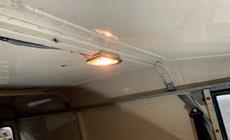
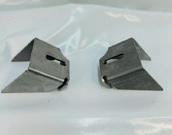
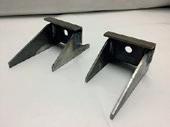

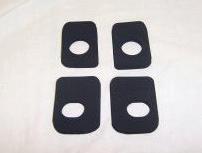


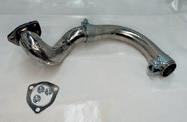
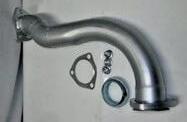
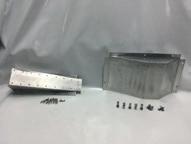

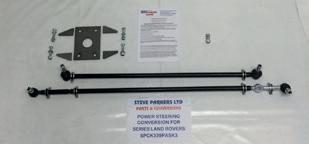
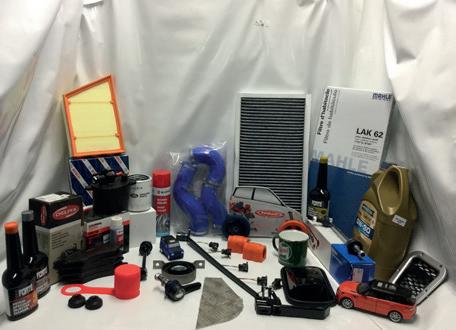
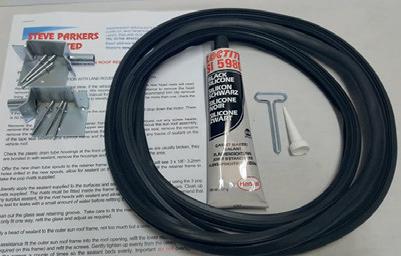
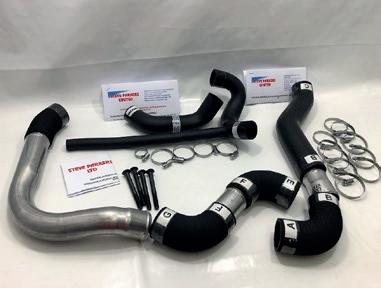

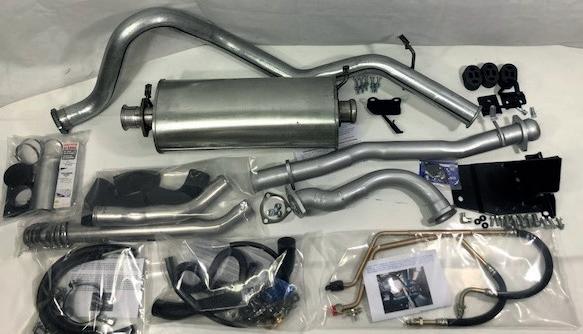
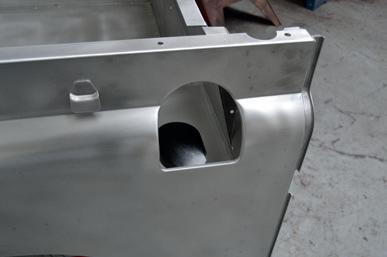



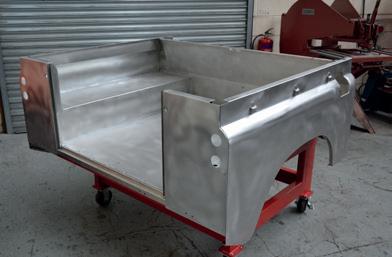




The original 90 and 110 were far simpler vehicles than even the old-shape Defender had grown into by the end. And aside from the very early 2.25s, they didn’t come any simpler than in 2.5-litre naturally aspirated diesel form.
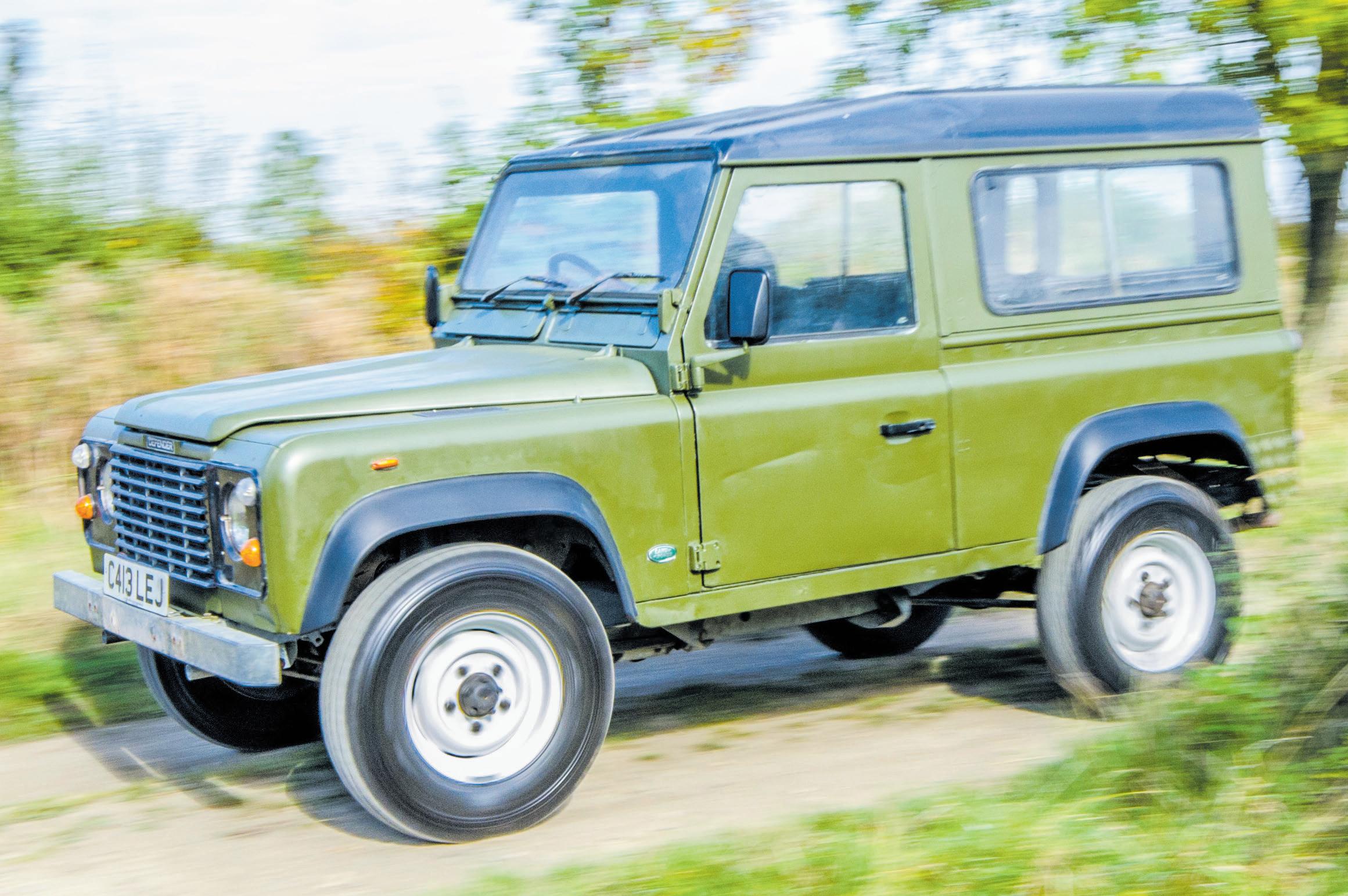
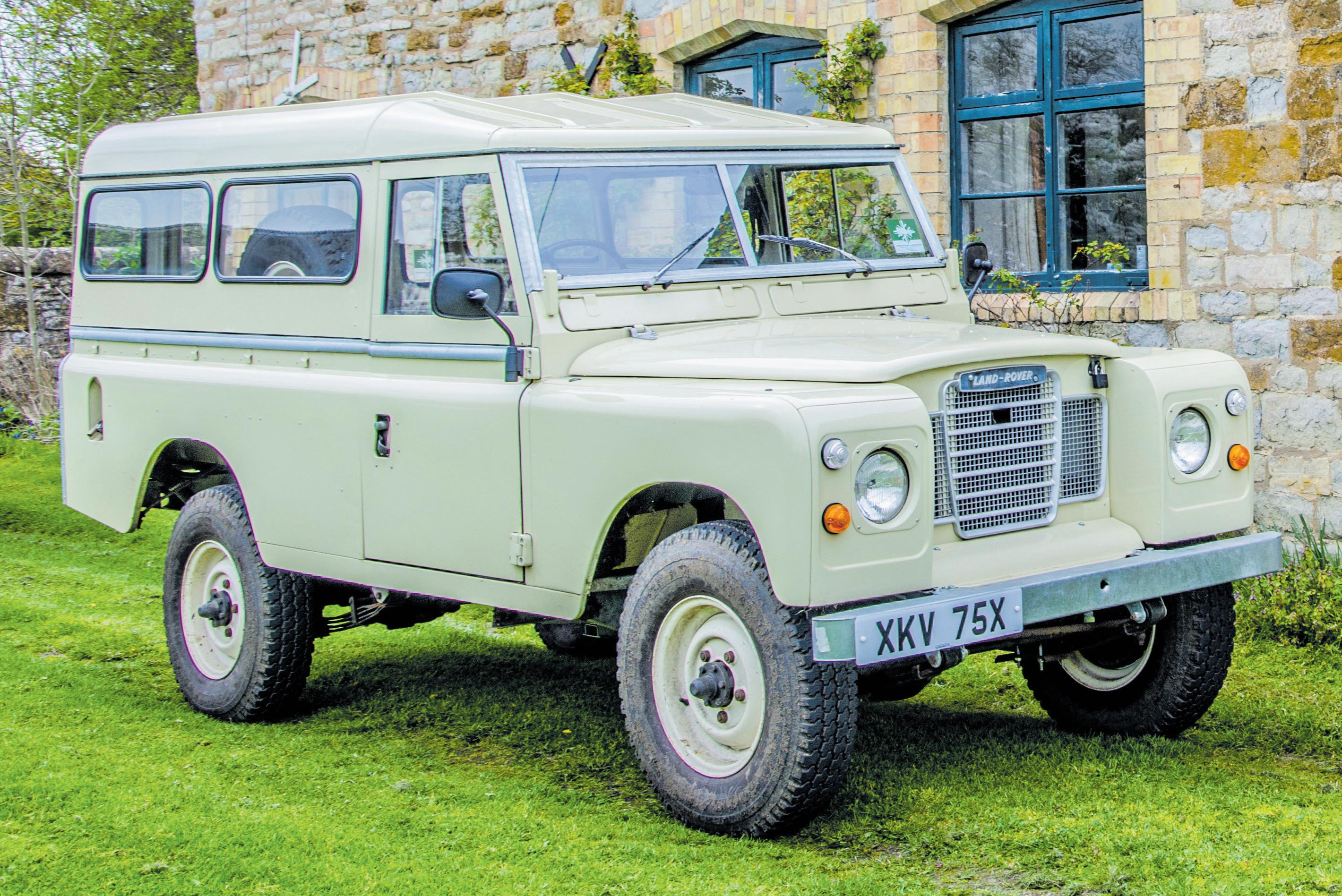
The forerunner of the turbo-diesels that came after it, up to the end of the Tdi era, the 2.5 airhead was itself an updated version of the old 2.25 diesel from the early 60s. It was low on power and refinement but, with a longer stroke, high on slug-it-out torque.
The 2.5 became a special-order unit when the Defender name was launched, but it remained in use as the standard-fit engine for military Land Rovers right up until the arrival of the Wolf. Most that you’ll find now will be ex-Army vehicles, though even these will commonly have been converted to a more modern unit –with the Tdi the most common choice. Needless to say, conversions vary hugely in quality. If you don’t mind life in

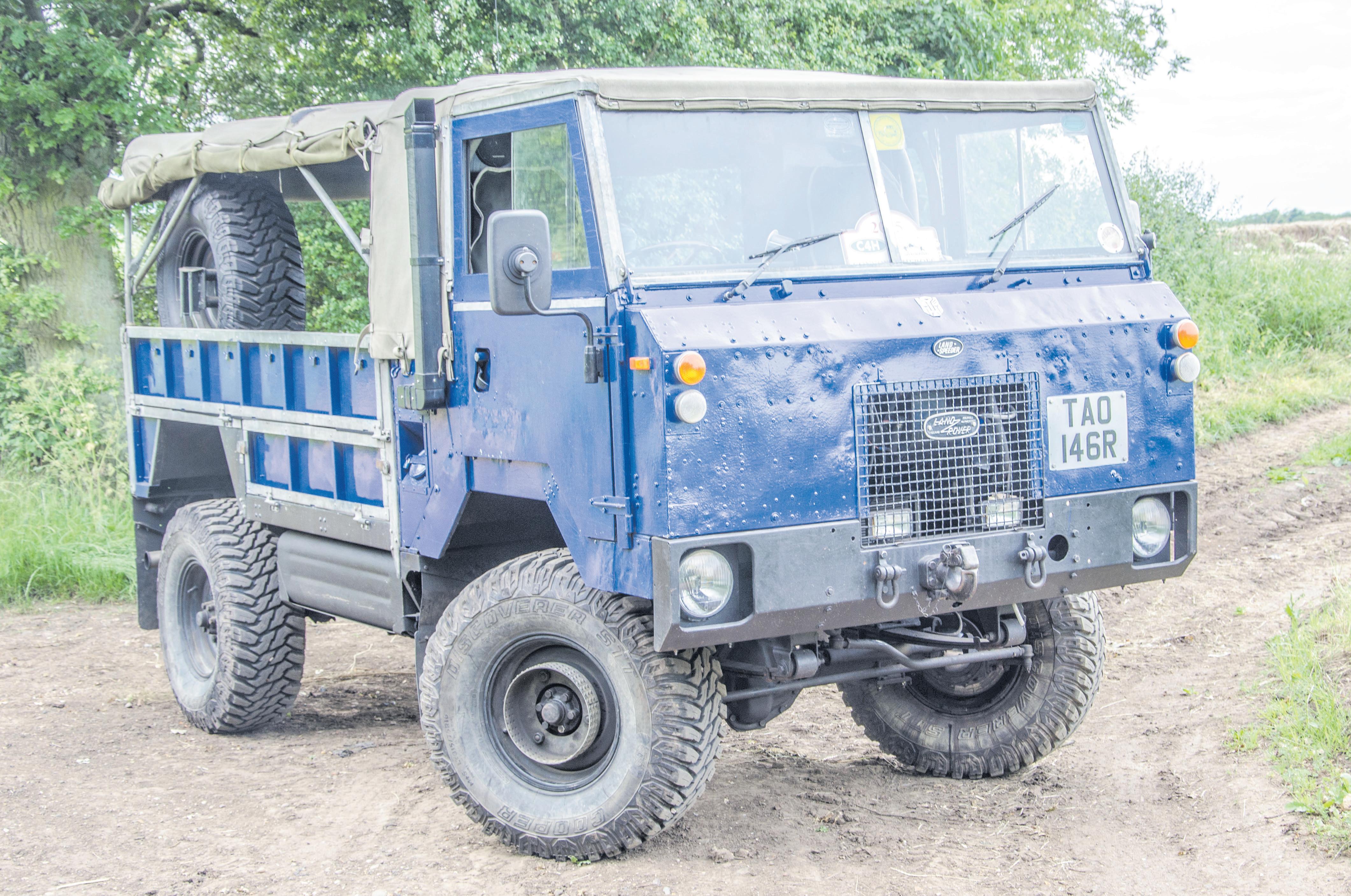
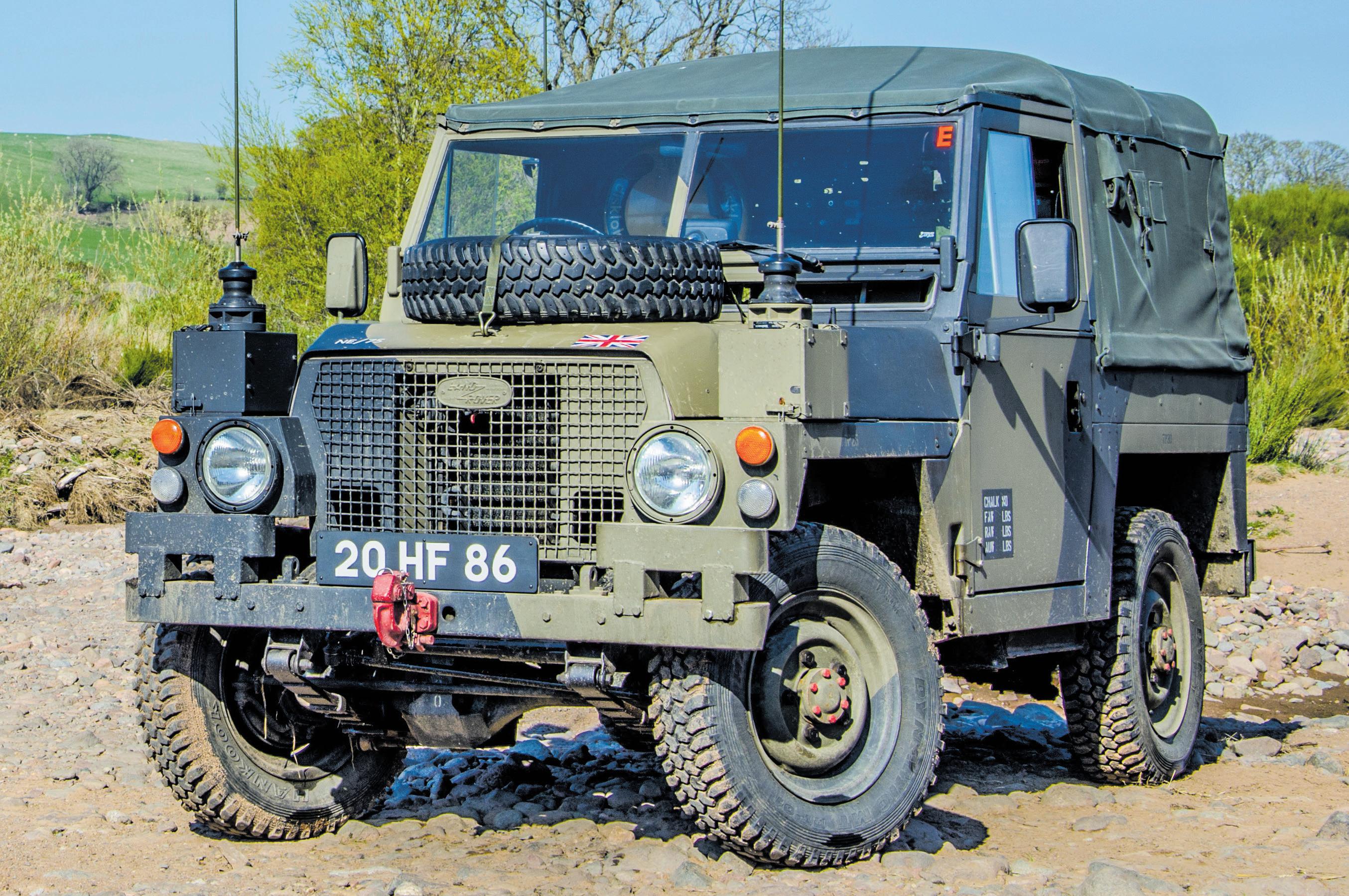
the slow lane, tracking down a 2.5 n/a means getting an unmolested original –and one of Solihull’s trustiest engines.
• Based on a 1985 2.5 n/a soft-top valued at £7500, up to 5000 miles per year. 50 year old driver, fully comp, agreed value, £100 excess

The Series I, particularly in its 80” guise, is the most sought-after of
all Land Rovers. Its engineering and design give it real charisma, but parts aren’t readily available. Restoration projects require deep pockets, but see it through and the result will be worth mega bucks. Gone are the days where you could use a Series I as an actual Land Rover. Because with restored examples changing hands
terms, keeping the same 2.25-litre engines throughout the length of its production run.
for millionaire money, preservation is the aim of the game. The earlier the vehicle, the more it will be worth. The sky’s the limit – but can you really put a price on such an icon?
Pros: Heritage, charm, a true classic, the original Land Rover Cons: Availability of parts, price tag on early 80s
£2500-£30,000
The Series III wasn’t too dissimilar to the Series IIA in mechanical
In 1980, the engines switched to a more durable five-bearing crank rather than the old threebearing setup. The transmission also received syncromesh on all forward gears to make it easier to live with.
They still carry the simplicity of earlier Land Rovers, but can be obtained for a fraction of the price... for now.
Pros: Most affordable way into Series ownership. Still has the Series pedigree. Parts still widely available
Cons: Not yet as desirable as the earlier Series models
Land Rovers. To mimic the civvy Series machines, the Series III model built from 1972 onwards, also had its headlights switched out to the wings.
The Series II/IIA is more affordable than a Series I, yet it still carries
much of that early charm. Prices are on the increase, however, as these vehicles start to come into their own as collector’s items.
A 2.25 petrol 88” would be our pick, as the diesel engines were underpowered and rather noisy.
The Series II/IIA has a wider stance than its predecessor and adds an extra (thin) layer of


refinement. While the engines have excellent longevity, they need to have been maintained properly. Be thorough in your checks, both under the bonnet and underneath the body.
Pros: A sound investment to restore. Some now MOT exempt
Cons: Bulkheads and chassis rot, springs prone to seizing
rarity – with all the cachet, pride and immense awkwardness that comes with this status.
By ‘rare’, we’re talking about less than 2500 Series IIA FCs in total. And they tended to have a very hard life, so not many have survived to tell the tale.

having heavy-duty ENV axles, but engine-wise they had the familiar 2.25 petrol and diesel lumps. So, don’t expect performance – but do expect to be given an ‘interesting’ time in the workshop…
Pros: A Land Rover like no other, if that’s what you want
These military vehicles can easily be distinguished from regular
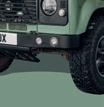
Lightweights add an extra dimension to owning a Land Rover. Their military history and details mean you get a truck with more stories to tell – and that stands
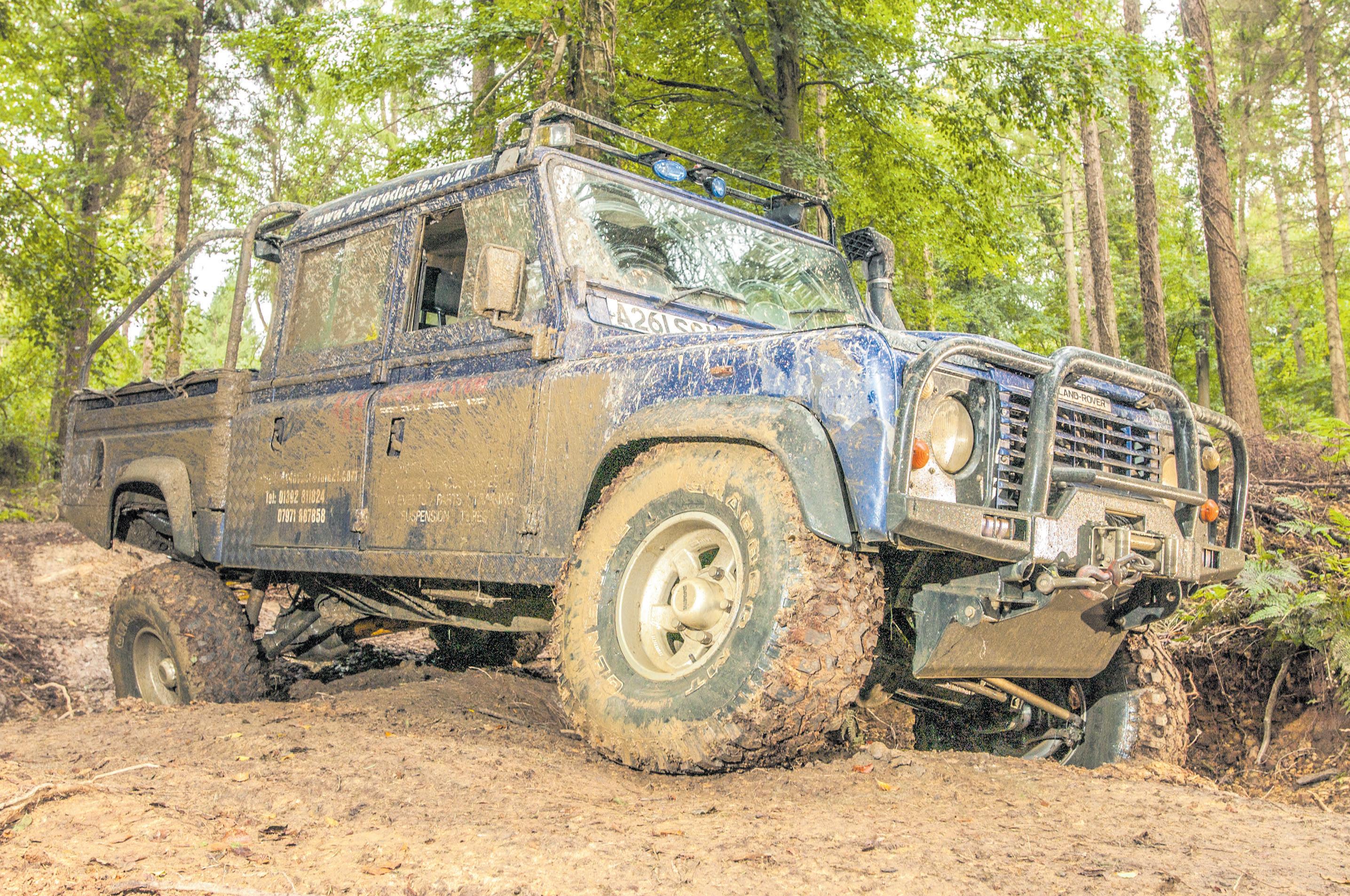
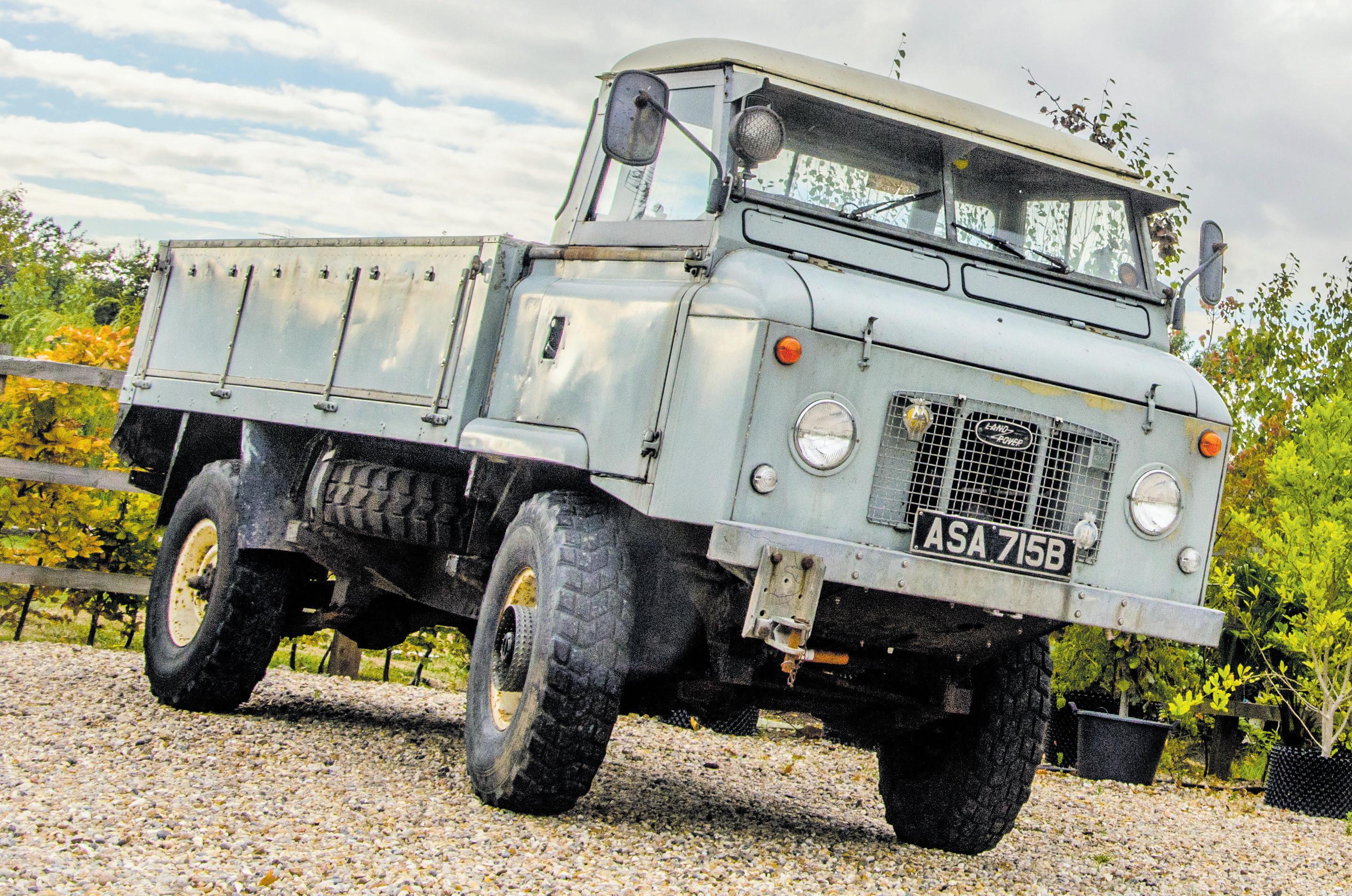
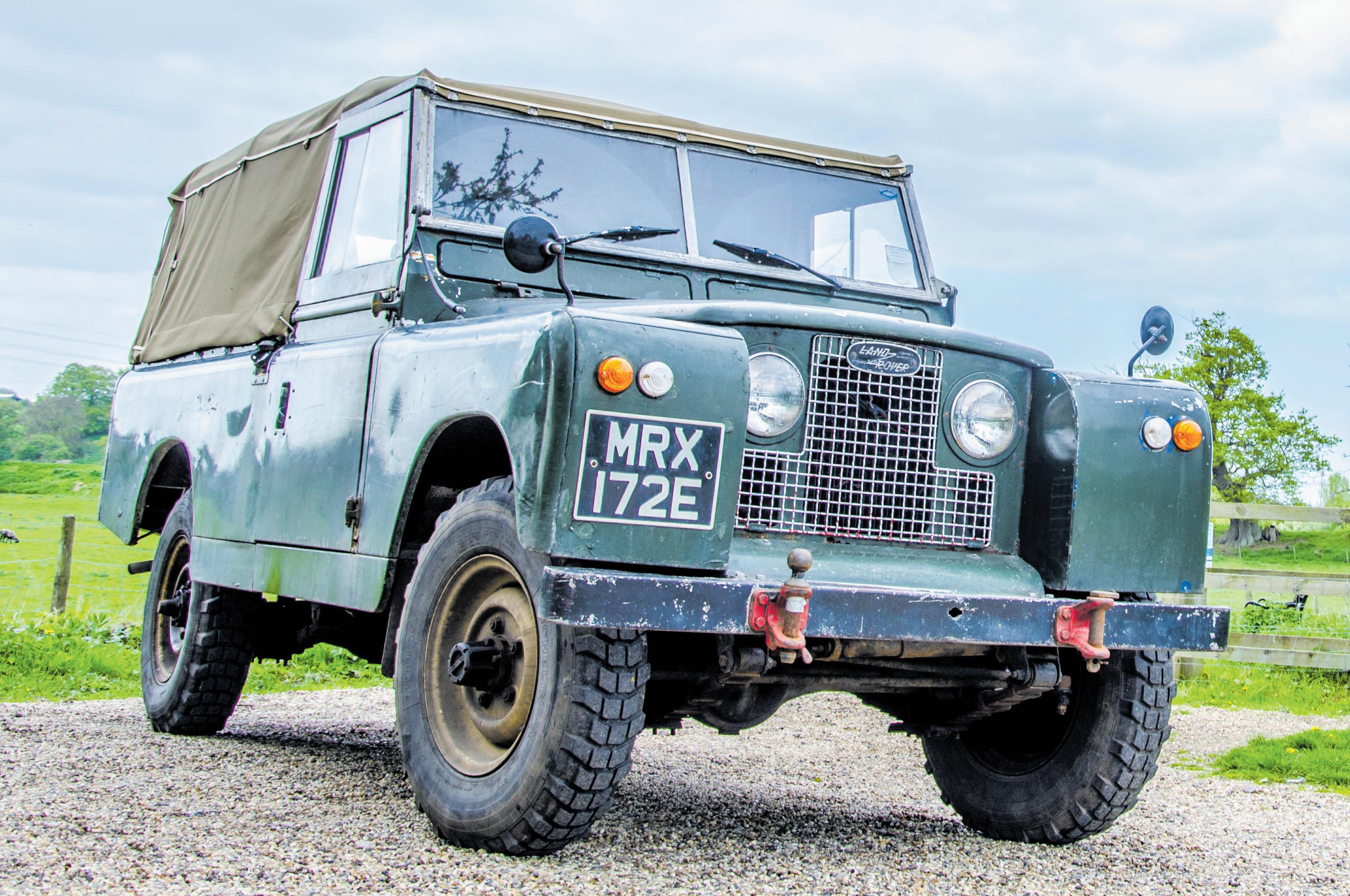
Forward Control Land Rovers are a cult within a cult. They’re a real

Forward-Control models differed from everyday Series IIs by
Cons: Especially brutal to drive, and to find parts
out from the crowd. They’re a rare breed, though – so if you’ve got one, it’s worth keeping hold of.
Pros: Not like all the other Land Rovers out there. Military background. Lovely 2.25 petrol
Cons: Appearance isn’t to everyone’s taste. Exclusivity over regular models means they command a price premium
90/110 (1983-1990) £3500-£35,000
also take you just about anywhere in the world.
Early 90s and 110s are starting to be a real collector’s item. But you’ll likely be searching far and wide for a pristine example.
These Land Rovers had coilsprung suspension, new engines and a world-beating level of rugged off-road capability.
Only ever sold to the Army, the 101 became a cult vehicle when
127
A very early 2.25 petrol 90 is a rare thing, and a beautiful one too. But perhaps try for a 2.5 natasp diesel: they’re robust and as simple as they come.
Pros: Excellent parts availability. Easy to work on. Unlimited potential for mods and restos

Cons: Puny engines (V8 apart) Not many left in good condition
The 127 was built on a special production line in Solihull which
the time came for demob. They were flogged off at very low prices and turned into off-road toys –not something you’d do with one today, given the rarity and classic value they’ve taken on.
Compared to the IIA/IIB FC, the 101 is more fun thanks to its V8 engine. It’s still a military tool, though – some still have fixtures
and fittings from their Army life, which adds interest. This is a vehicle for enthusiasts, though, with costs that are sky-high even by Land Rover standards.
Pros: Master of the road. Lovely V8 soundtrack. Everybody who sees one loves it
Cons: Monumental running costs. Expensive to buy, too
took 110 chassis and stretched them. It was designed for military and commercial users and came as a high-capacity double-cab.
These days, it’s very rare to find a 127 that hasn’t been hammered, restored and/or converted, or all three. People looking for a work truck tend to go for a later 130, so the 127 is more of an enthusiast’s
motor. It’s popular for homebrewed overland conversions, too. Almost all 127s have had an engine conversion by now, too. Lots to be wary of, then – but it’s a hell of a lot for your money.
Pros: Enormous size means limitless potential and character Cons: Unwieldy. Sure to have had a colourful life
decades if it’s looked after. Find one that’s had all its oil changes (a tall order) and it’ll go round (and round) the clock.
The Tdi engine, which arrived with the Defender name, can last for

The good thing about the earlier 200Tdi is that it’s simpler than the later 300. What you gain here you lose in refinement, but this is seen by many experts as the best Defender of them all.
The LT77 gearbox in the 200 Tdi is more truck-like than the later R380, and these vehicles didn’t come with bling. Just be sure it’s an original Tdi you’re getting, not an old Discovery conversion.
Pros: The perfect combination of tradition and modernity
Cons: Lots of horrible and/or deceptive ones around

the two are related. It’s much more refined and smoother to drive, though there are more electronics involved so later versions in particular are less of a DIY fix.
become sought after for their light clutch and better shift action.
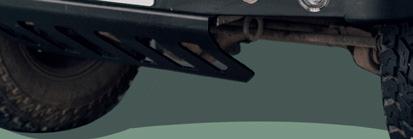
It was during the Tdi era that Defenders started getting things like alloys, too. You might even find one that’s not been off-road…
When Land Rover introduced the Defender name, it was actually the




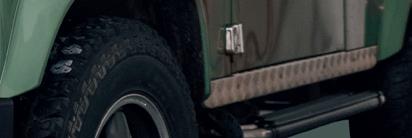
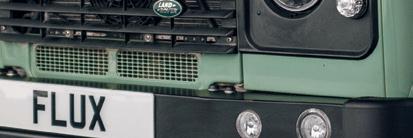
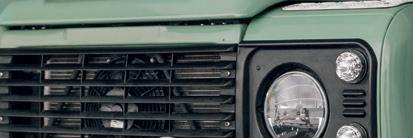

130 that changed the most. That’s because unlike the old 127, it was built on a proper chassis of its own rather than a stretched 110 frame.
The advent of the Tdi engine was the making of the 130, too. At last, Land Rover could make them pull properly without returning single-figure fuel economy by using a hard-worked V8.
As a result, you’ll find many more original(ish) 130s than 127s. Some are even still in service with the utility companies they were built for. If you want a Defender for overlanding, look no further.
Pros: A proper truck with huge capabilities in every area Cons: It’s a big lump if you don’t actually need that much size
a strong performer. It does lend itself to being tuned though, so watch out for abused ones and knackered examples that have been pushed beyond the limit.
still be a DIY machine. Parts are in plentiful supply, as is specialist knowledge – and it’s one of the best Land Rovers ever.
The 300 Tdi engine is very different to the 200 unit it replaced, though
The arrival of the 300 Tdi also brought with it the R380 gearbox. This used to have a terrible reputation for relability, but most have been put right by now and they’ve
Pros: Strength and simplicity. Perhaps the definitive Defender Cons: Sure to be very different to when it left the factory
The last Defenders gained modern 2.4 and 2.2 TDCi engines and



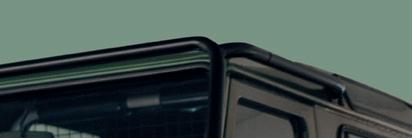
smooth six-speed gearboxes, They still had phenomenal off-road ability and were even okay to sit in. Famously, this was the Defender that actually had a dashboard Many people dislike the TDCi, especially the earlier 2.4, but they still change hands for huge money – especially when the likes of Kahn or Twisted have been
The Td5 engine is arguably Land Rover’s most reliable unit and it’s


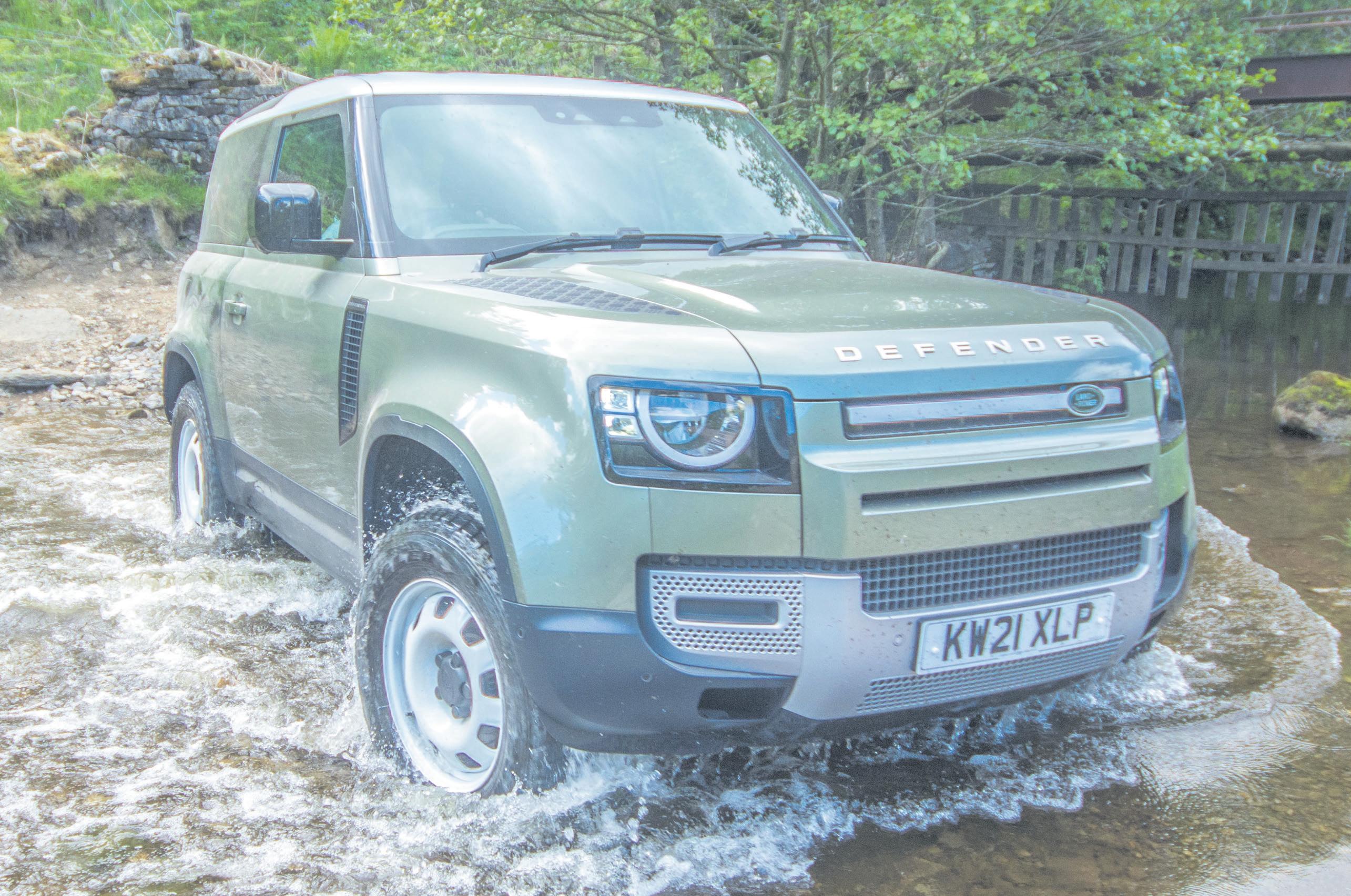
As with all Defenders, you’ll need a rear crossmember sooner or later – or even a new chassis.


Despite having more electronics than the Tdi, a Td5 Defender can
Pros: Off-road capability, power, overall reliability. Very well suited to being modified
Cons: Rear chassis, premium prices, monstrous road tax on later vehicles
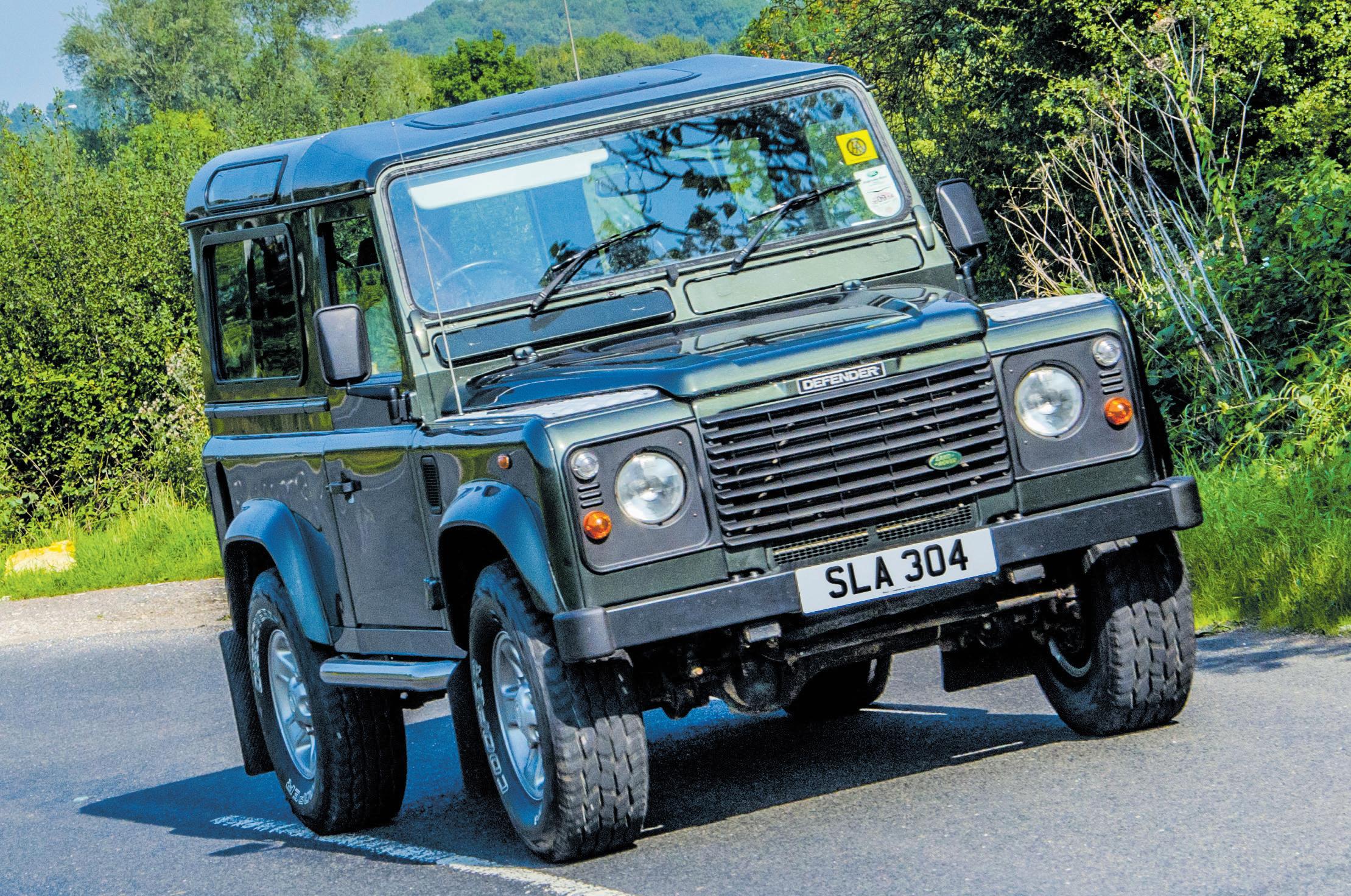
involed. You will always pay a premium for a Puma, and a Tdi or Td5 may turn out to be a better purchase. Even then, though, look after it and you may well never see depreciation.
Pros: Efficiency, creature comforts, off-road prowess
Cons: Price, electronics, TDCi engine is unloved
If the subject of the new Defender comes up in enthusiast circles, try
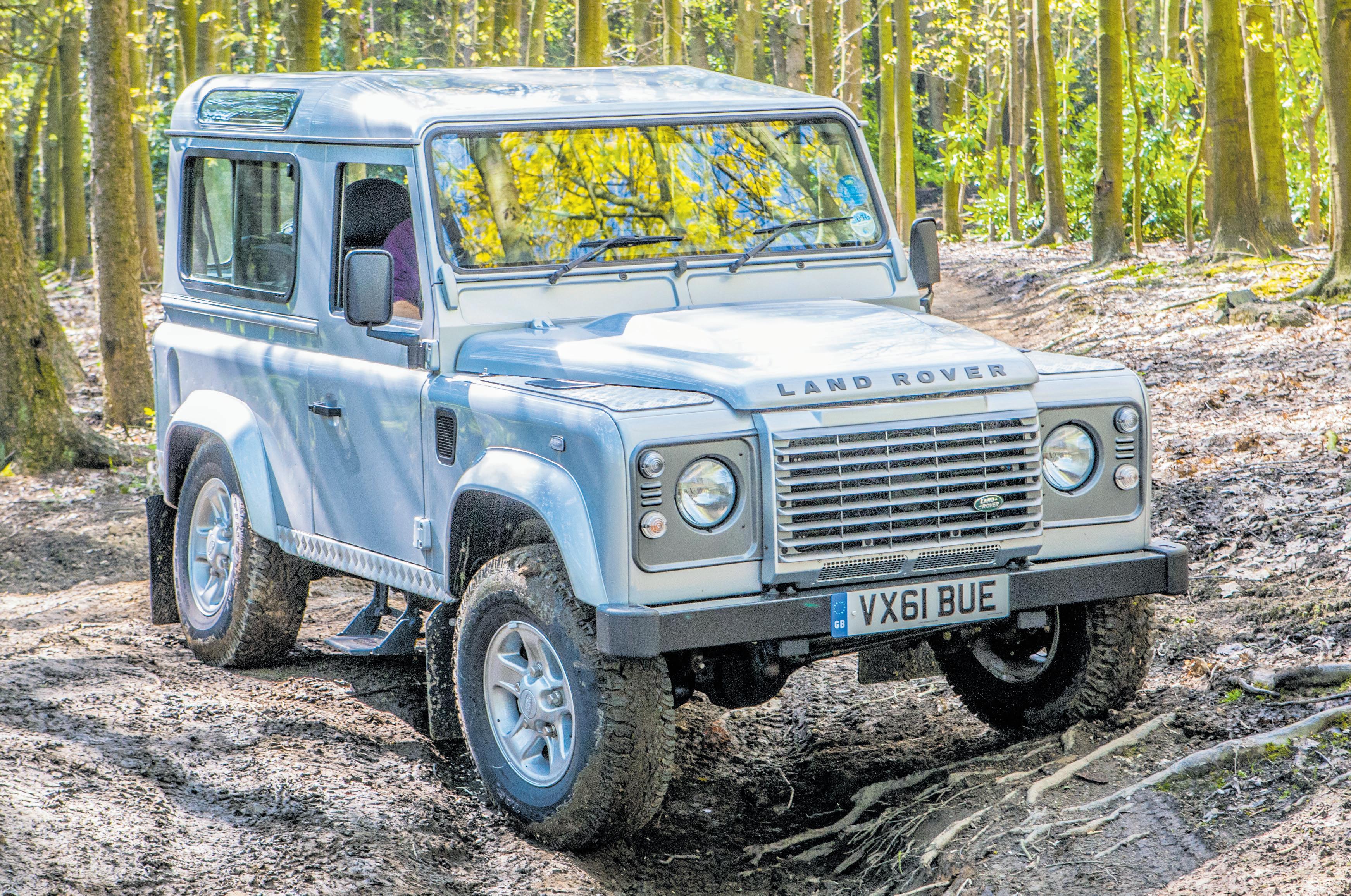
There aren’t many vehicles as versatile as the 4x4. From general day use to off-roading adventures, your 4WD needs an insurance policy that protects it in every situation. That’s why we offer 4x4 insurance that’s tailored to your needs. Plus, save money with usour customers have saved an average of 27% when taking out a 4x4 policy with us*
to steer it away on to something safer. Like Brexit, for example.
Much as it may infuriate purists, however, the Defender is actually a very wonderful thing. It’s kind of like an old one, only with space, comfort and equipment.
The big difference is that you can’t work on it yourself. This goes for maintenance and, crucially,











making modifications – a market Land Rover wants to take back and have for itself. It won’t hold its value long-term the way an original-shaper does, either. But this is still a superb vehicle.
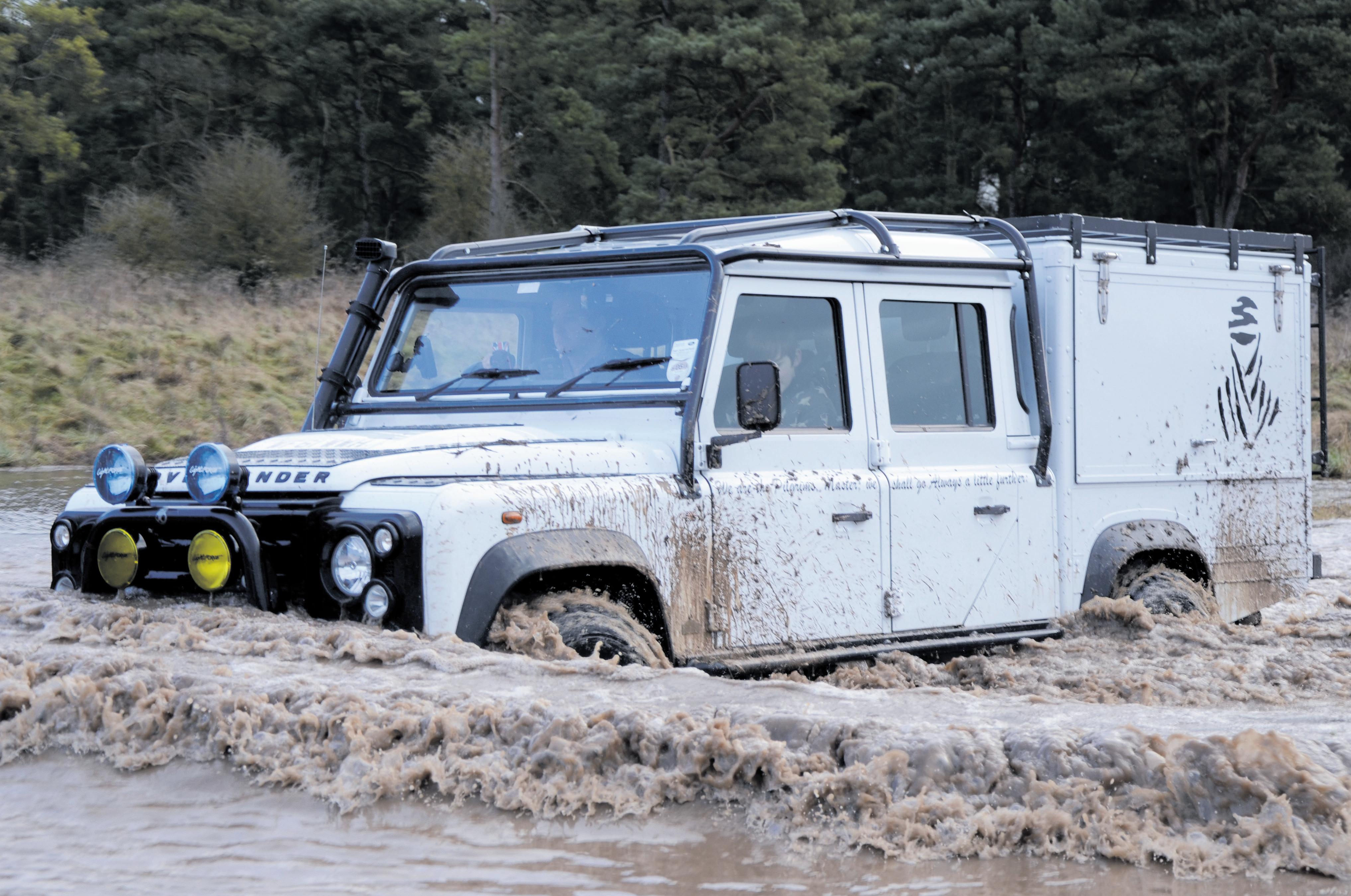
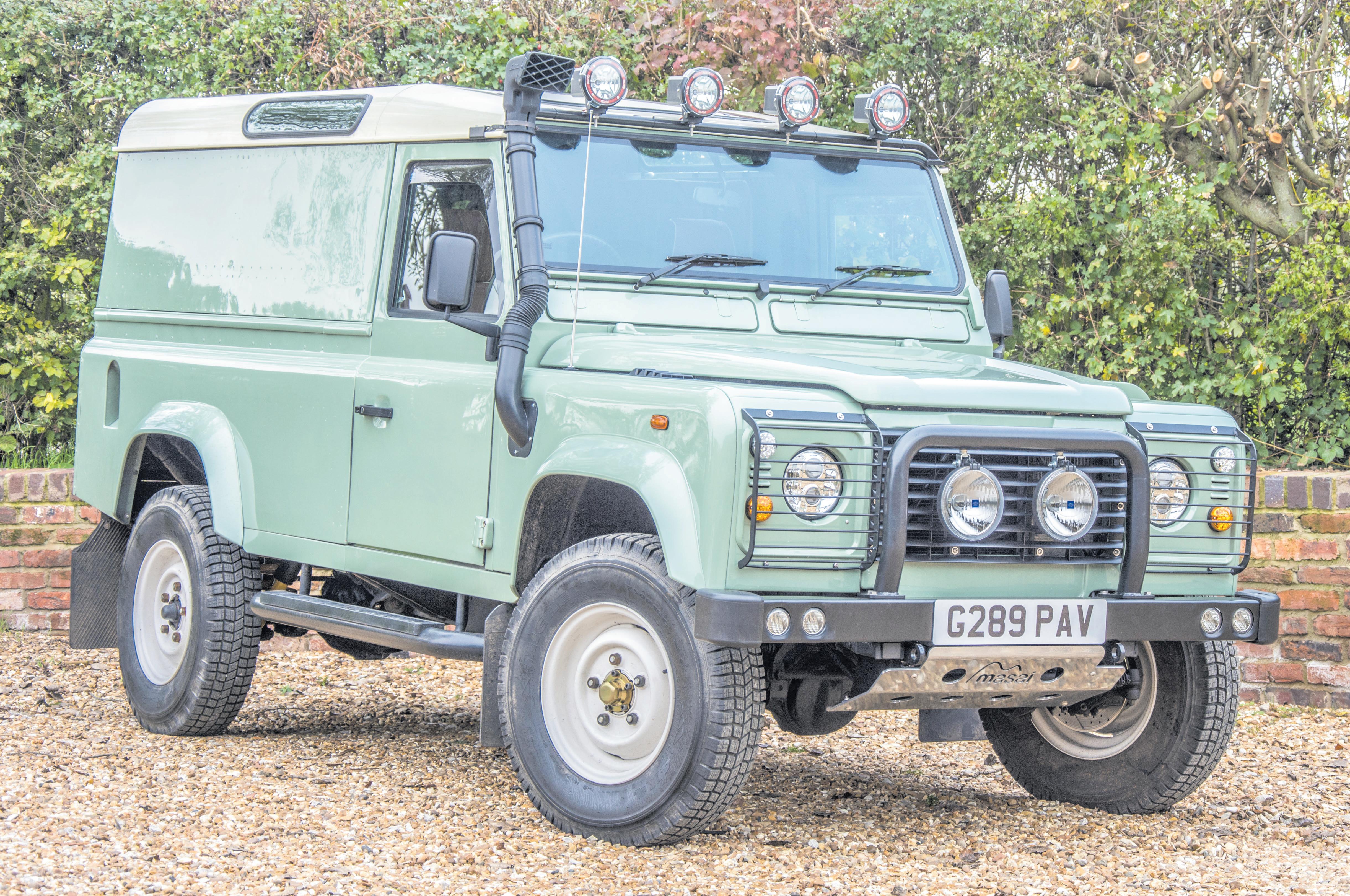

Pros: Comfort, capability, rugged fitness for purpose
Cons: Not cheap to buy. Lacks the old one’s basic charm
Call 0800 587 5480 or visit adrianflux.co.uk
Authorised & regulated by the Financial Conduct Authority

It’s also a notable classic in its own way, as it heralded the start of the company’s modern era. It has its issues, though. The viscous coupling is expensive to replace and can be upset simply by running mismatched tyres.
The 1.8 petrol used to be notorious for head gasket failures. Today’s replacements are much
more robust, but a late diesel is your best bet. Even these can go calamitously wrong, though. This was a more complex car than it needed to be, and buying one for sweeties now doesn’t change that.
Pros: Cheap to buy, no big rust issues, surprisingly able off-road Cons: All sorts of things can go wrong, some very expensively

are people who do just that, preferring to invest new-car money in a restoration than spending it on a current model.
The Freelander 2 was a massive improvement on the model
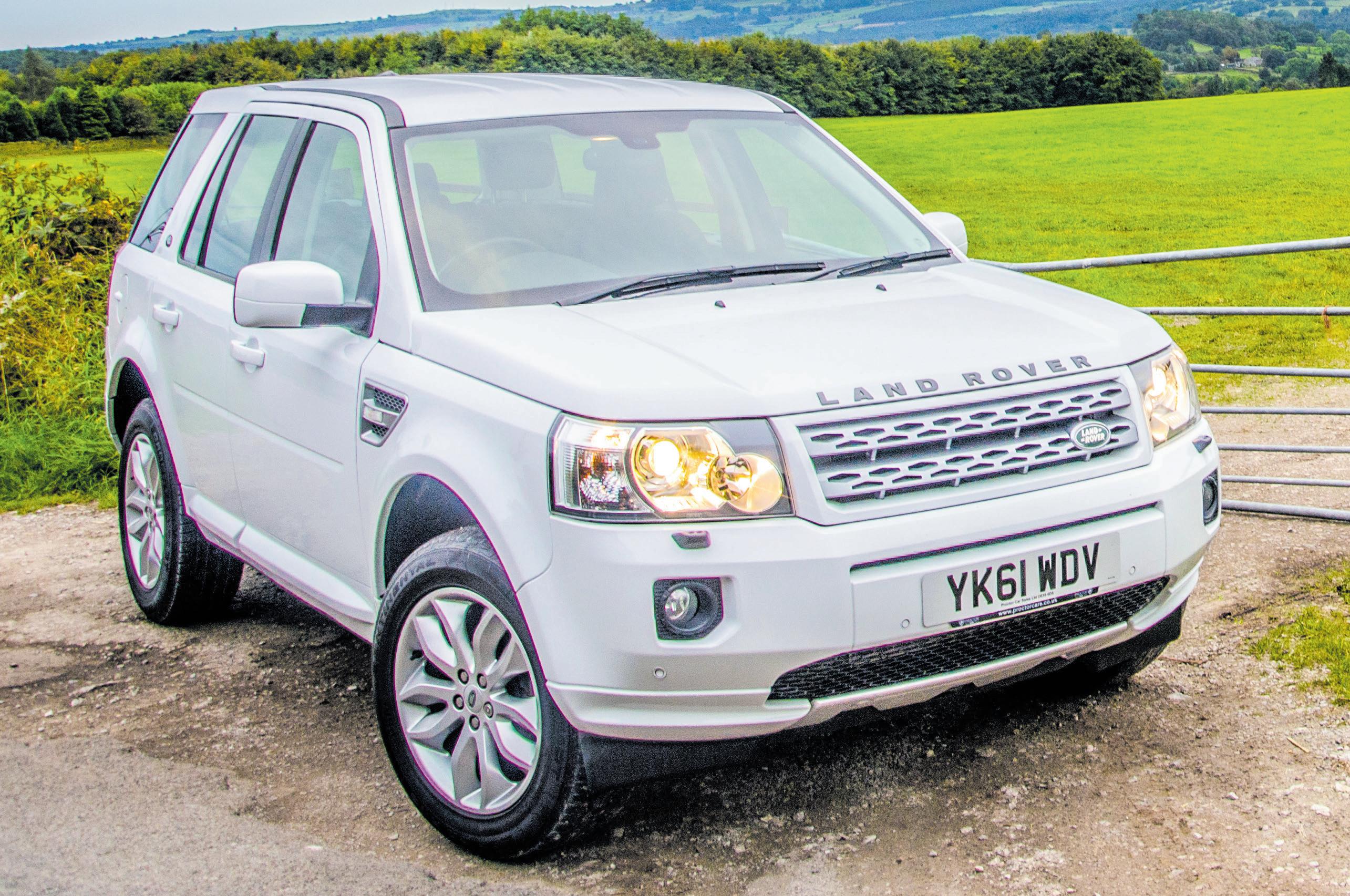
it replaced. It’s a refined and affordable SUV with a strong engine, good equipment and a decent level of practicality.
It’s become one of the most reliable Land Rovers out there, too. But do be aware of the rear diff and Haldex unit for costly outlays.
The 2.2-litre diesel engine is a strong performer, though for a
bargain search out one with the unpopular 3.2 petrol unit. Either way, it’s a fine SUV to drive. Prices have fallen since the production ended, too – £10,000 now gets you one worth having.
Pros: Reliability, refinement, economy of diesel engine Cons: Transmissions can wear quickly if used for towing
The original Rangey is a classic you can use everyday – and there

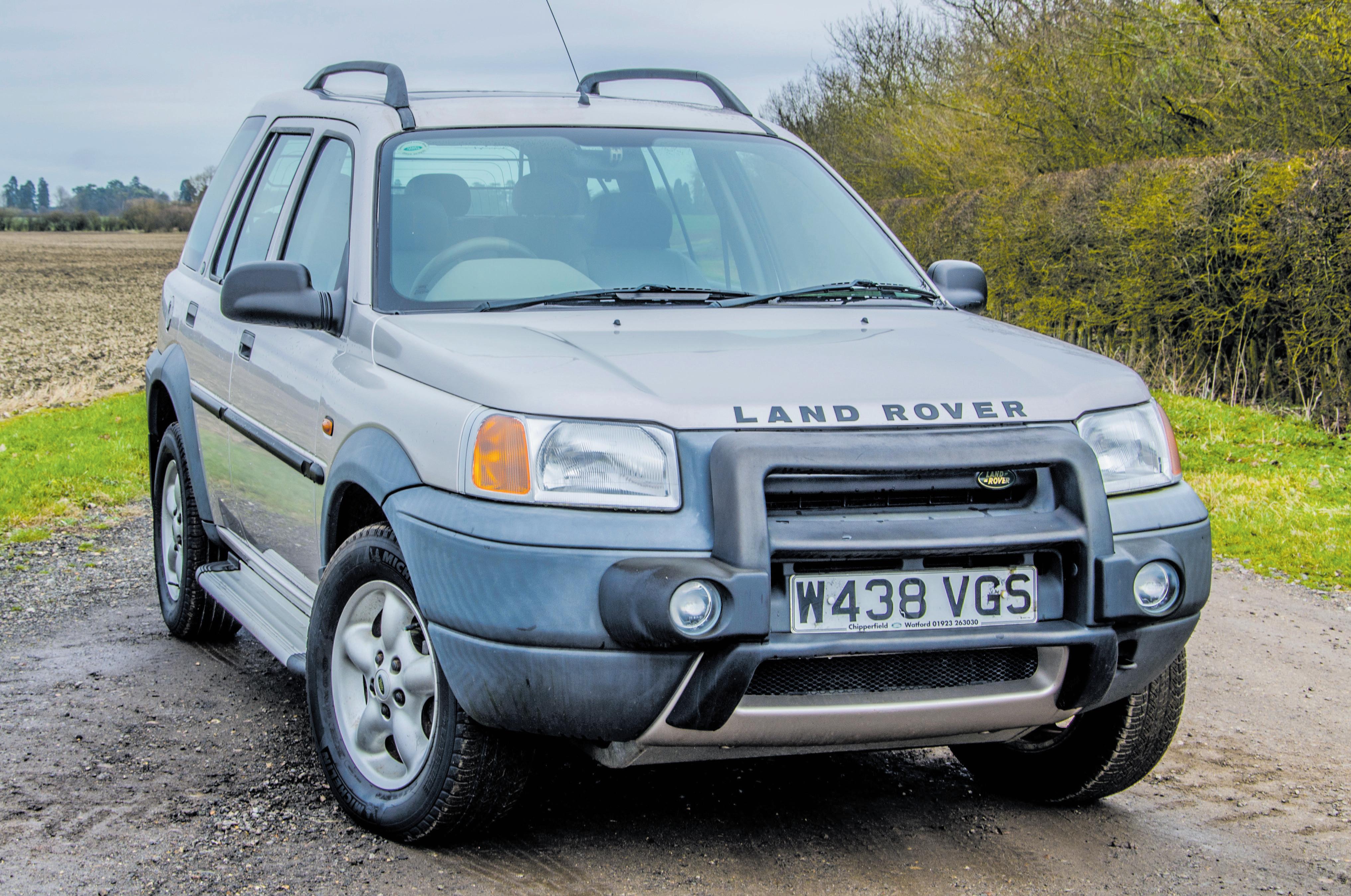
It’s a smart policy, too. An early two-door can cost mega money, but any Classic will appreciate in value if kept in good condition –and sought-after rarities like the CSK and LSE can be a gold mine.
An awful lot of Rangeys have been neglected and/or abused, and you can still buy they cheap. But if you’ve got the skills, and access to parts, restoring one would be the ultimate hobby that pays.
Pros: Most usable classic Land Rover, V8 power, ride quality Cons: Rust, availability of parts for early models
A Mk2 Rangey in good working order is still a sensational car to
own, even today. The problem is that they’re very complex and very, very good at going wrong.
Air suspension failure is the norm. Head gaskets can let go. Electronics are laughably flaky. And parts can cost the earth – as will the labour bills. Perhaps worst of all, nowadays it’s very hard to find one you can be sure hasn’t
spent at least part of its life being worked on by idiots
Still, you’ll get a classy motor with proper off-road and towing skills. It’s becoming a classic, too, and prices are still tiny considering everything you get.
Pros: Luxury, price, a Land Rover that doesn’t rust
Cons: Electrics. Be very afraid
The Mk3 Range Rover hit new heights of luxury and was more re-

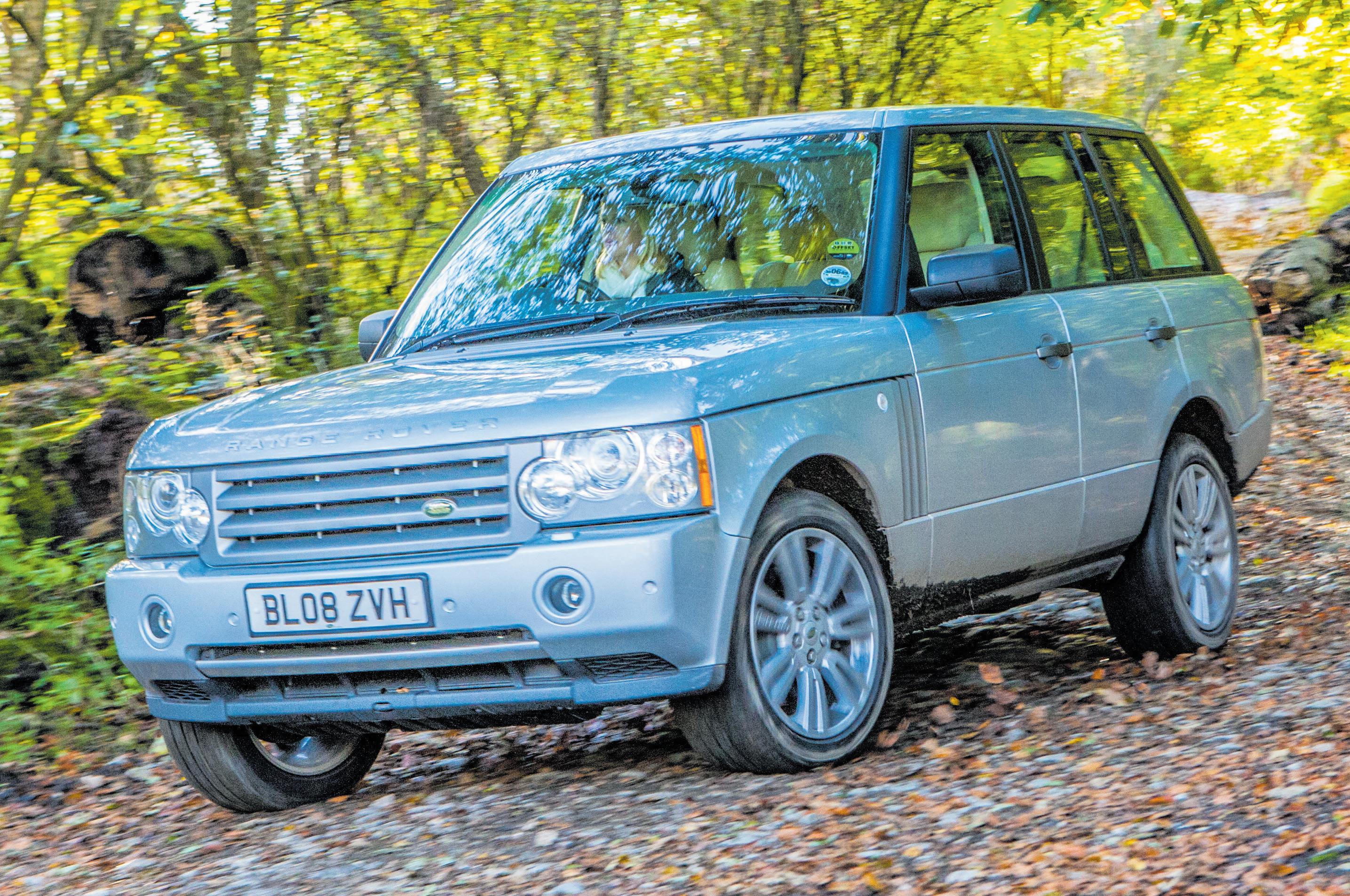
liable than the P38. It’ll still cost a lot to run, however, and drivetrain faults and underbody corrosion are not unknown.
The TDV8 engine is sublime, but you’ll pay more to get one –especially the 4.4, though the 3.6 has all the power you need. The V8 petrol, on the other hand, is temptingly cheap. Guess why…
This isn’t a DIY motor, but it certainly is a Range Rover, with brilliant off-road and towing skills. It relies a lot on electronics, but they work wonders – and the deepdown engineering is very robust.
Pros: Great off-road, luxury, image, TDV8 powerplants
Cons: Very complex. Huge running costs
The current Range Rover is a majestic 4x4. All the engines in the
range supply copious amounts of power, and its road manners are absolutely impeccable.
It’s startlingly capable off-road, too, even if getting one muddy would feel like bad form. Most that leave the tarmac probably do so only when their owners are in the mood to blow some grouse out of the sky.
Inside, the Range Rover’s cabin is superb, with sumptuous trim and cutting-edge equipment. Prices are, of course, as immense as the vehicle itself. But if you can afford it, so too is the presence a Rangey will give you.
Pros: Class, luxury, engines, vast all-round capability
Cons: Price



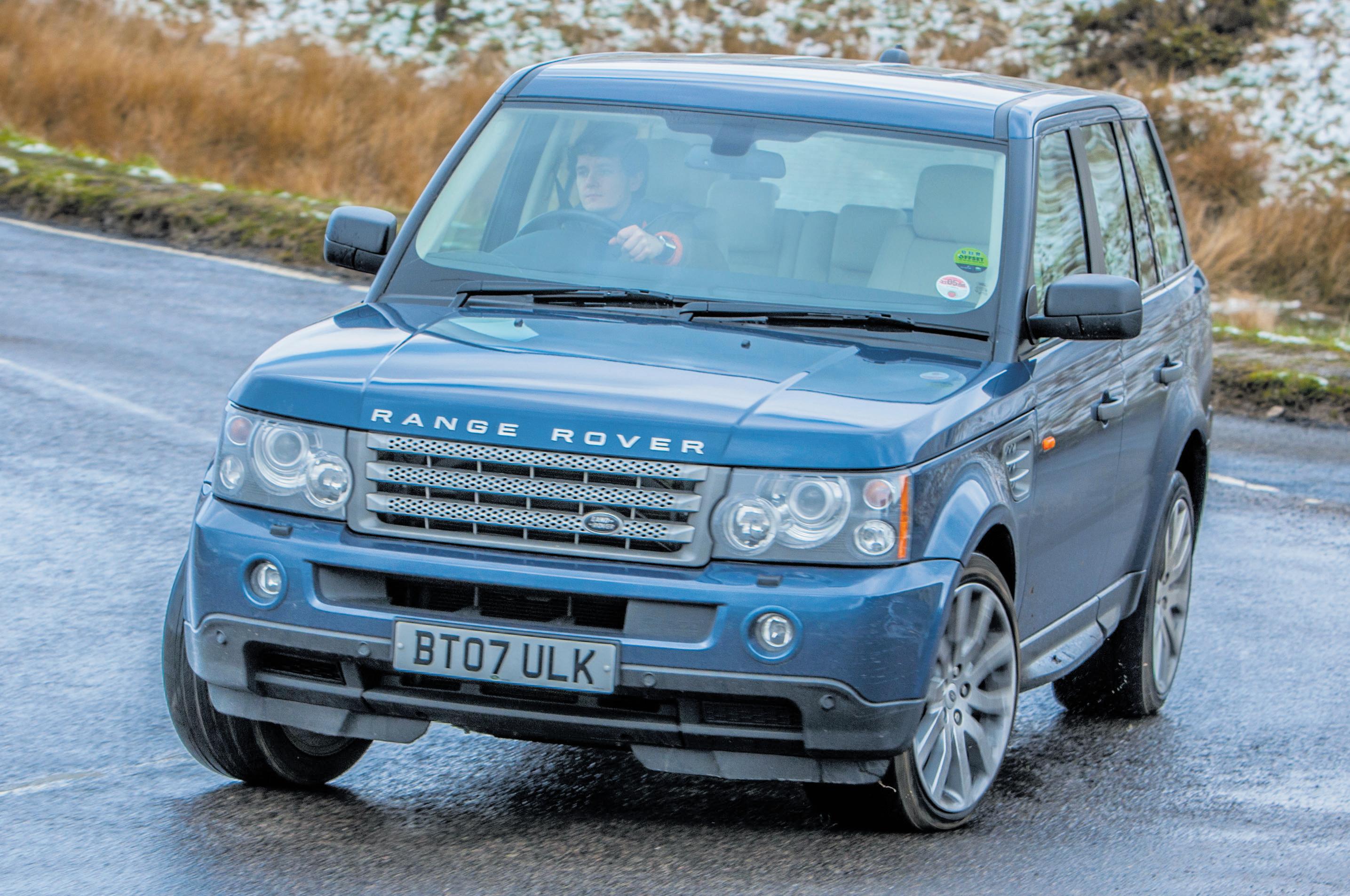
to greater extremes than ever, with lavish equipment and endless opportunities for personalisation.
It’s a supreme lifestyle wagon for the rich: to many of Land Rover’s traditional fans, on the other hand, it’s the supreme irrelevance.
If you can afford one, few cars could be as pleasing. However if you can afford one and you love
Land Rovers, you’re likely to be thinking about how many real ones you could buy with this sort of money. It wouldn’t make a bad way to tow your collection about the place, though…
Pros: Immense prestige, and sublime both to be in and drive Cons: To at least 99% of people it’s utterly divorced from reality
the original, meaning it’s almost economical to run. It feels really nimble and agile on the road, too, and it comes with a range of engines giving it a brisk turn of pace.
Some won’t like the flamboyant posture, while others will love it. Either way, inside the cabin it’s very nearly as luxurious as the full-fat Range Rover.
The only stumbling block with such a fine motor is going to be how to pay for it. Depreciation has started to bring down the purchase price – though you’ll never run one on a shoestring.
Pros: Performance, refinement, glorious interior
Cons: Marmite image. Pricey to buy and run
the masses. Given that it was the company’s fastest-selling vehicle, they clearly hit the brief, even if it wasn’t for the traditional Land Rover owner.
It’s actually still a capable thing off-tarmac – but it’s definitely more at home on the road.
because there are so many out there, used prices are tempting. There’s a Convertible model, too, as well as three and five-door tin-tops. We say stick to the latter, and be sure to get one with 4WD.
a supreme off-roader as well as being a funky road ride. It doesn’t handle like a sports car, but is agile enough for an SUV.
A Discovery of the same era is far more practical, however, while a full-fat Rangey has more class.
The Sport is still a massively able tow barge, though, in addition to all its other virtues.
You’re looking at a car which many people associate with rich chavs and criminals, however. And being based on the Discovery 3, it can’t help but share that vehicle’s reputation as a money pit.
Pros: Decent performance and all-round dynamics
Cons: A Disco 3 is more usable. Expect horrific running costs

new Range Rover. The Sport is less about being chauffeur driven and more about lording it over other aspirational school runners, but once again it’ll be lovely to drive.
When the Evoque was launched, it signalled JLR’s intent on hitting
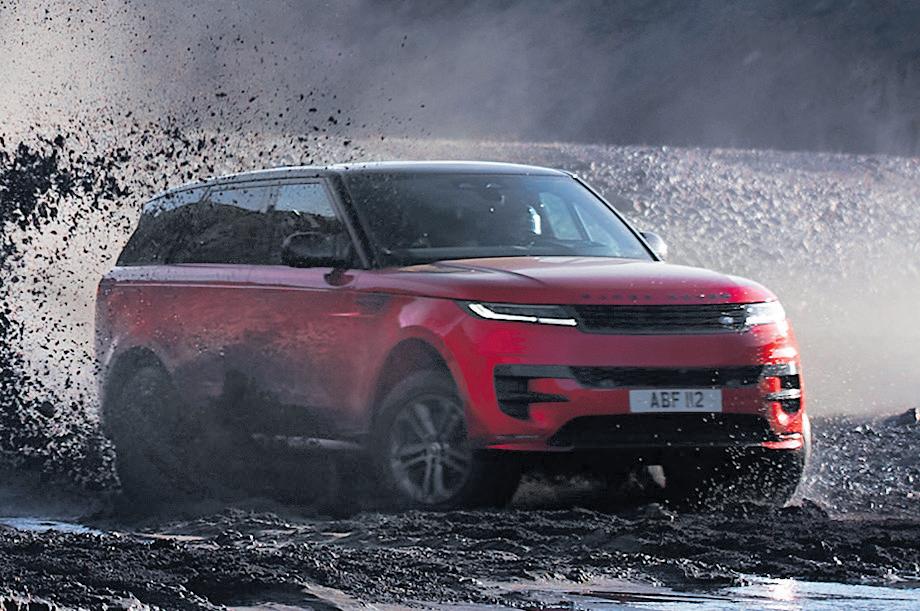
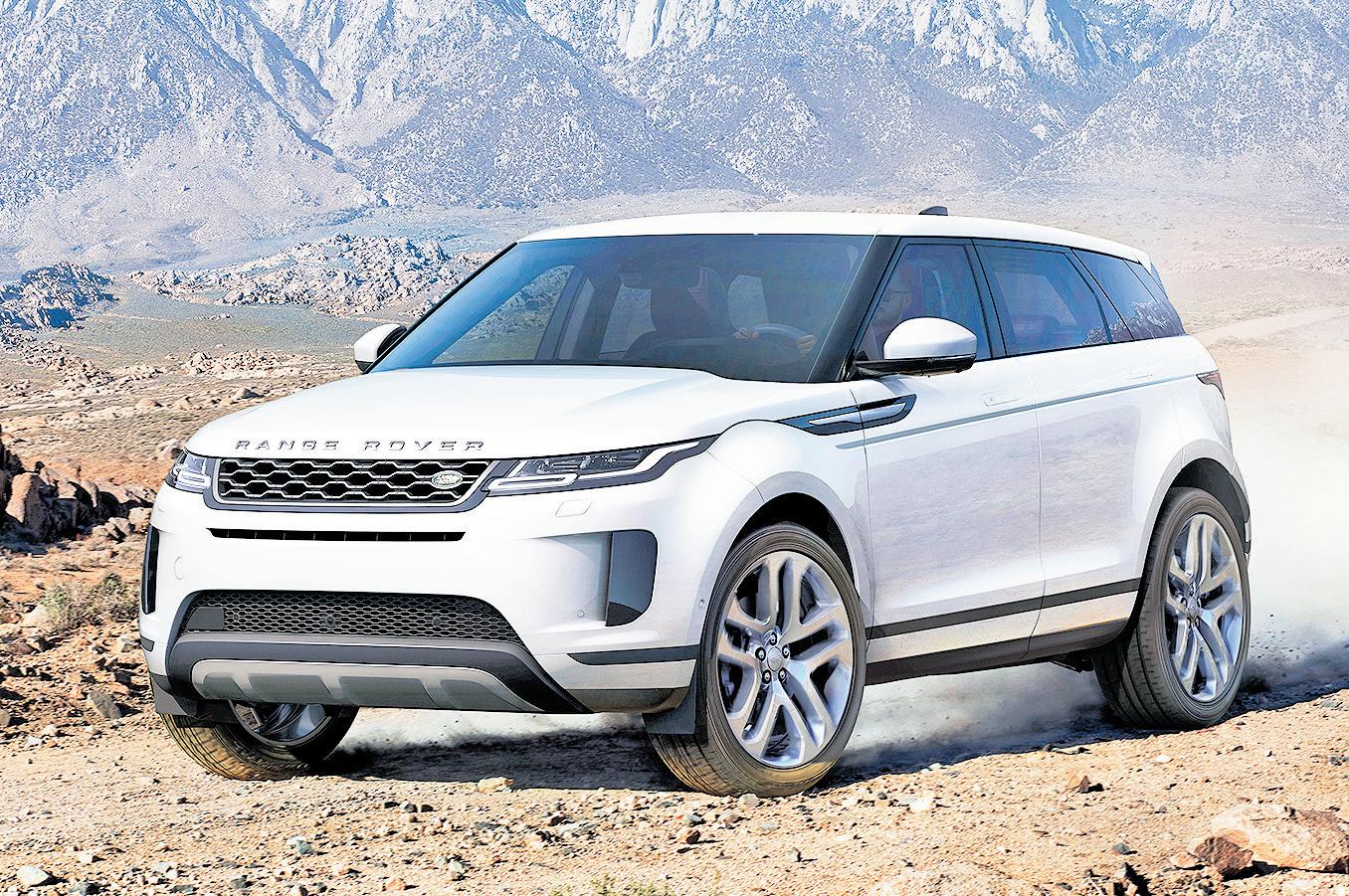
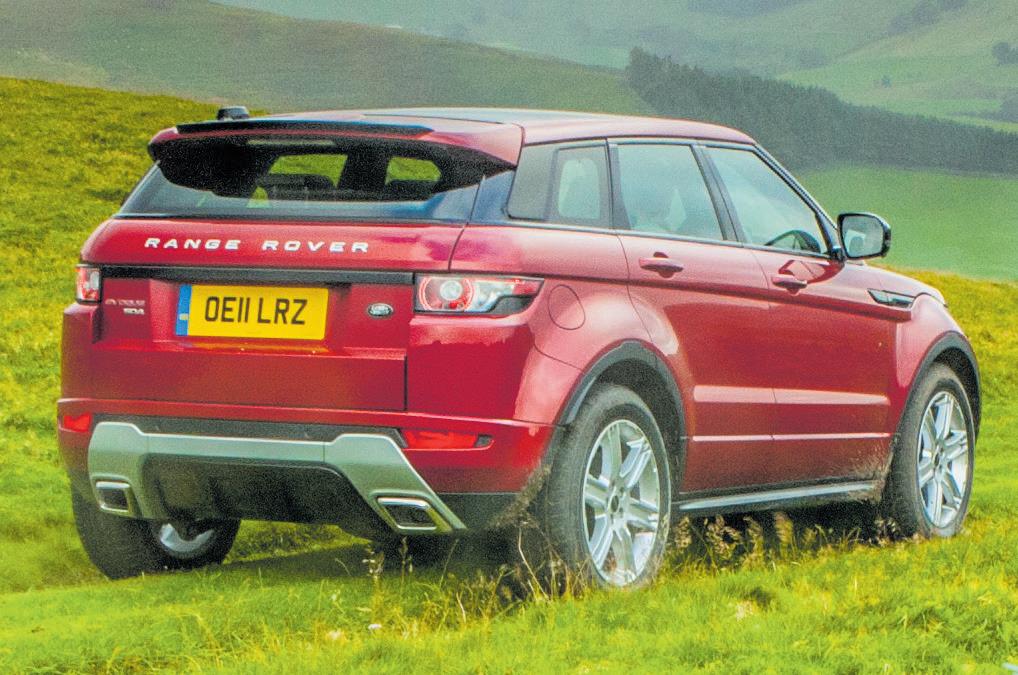
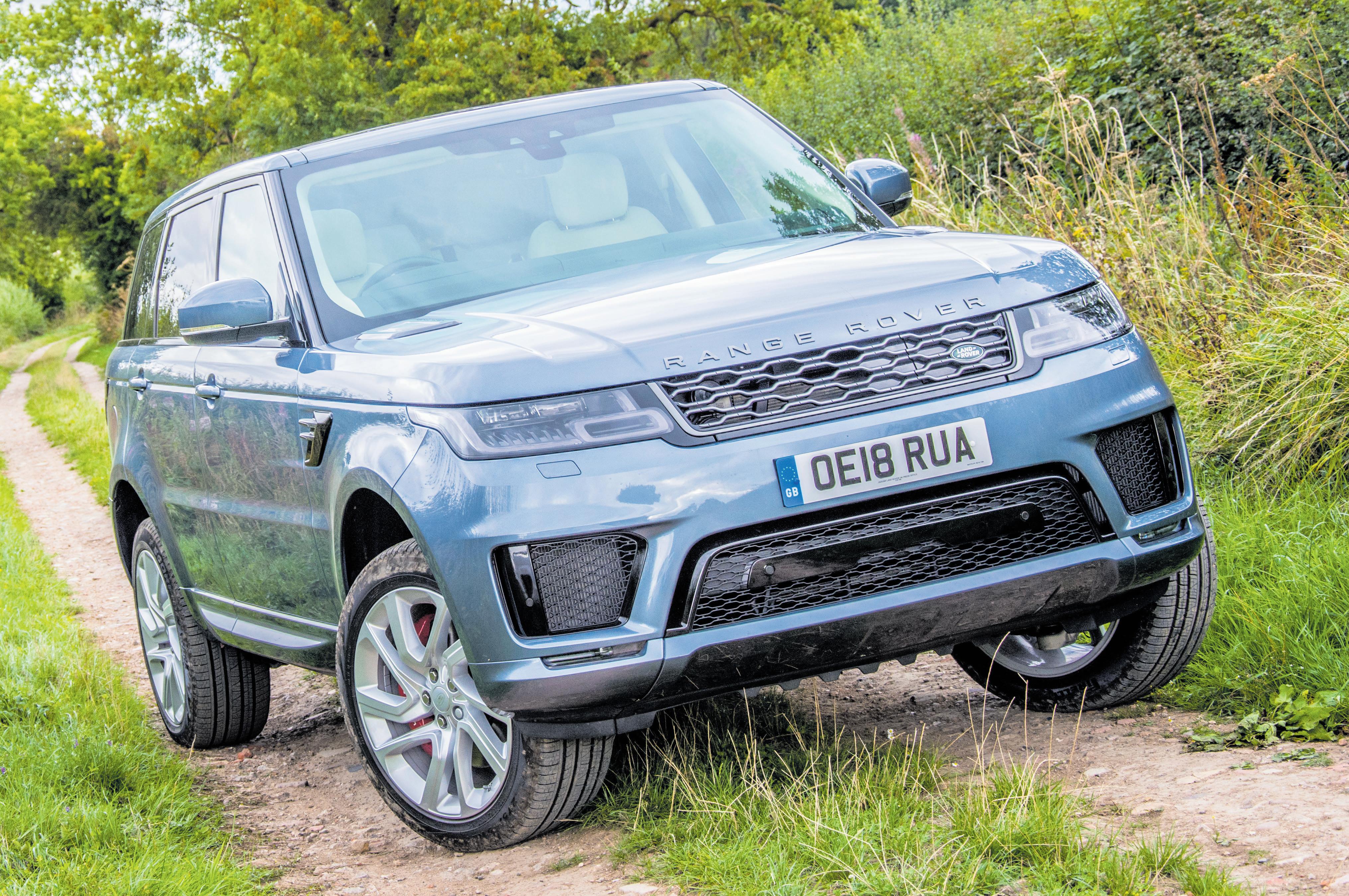
Nevertheless, it is economical by Land Rover standards and





Pros: Economy, handling, iconic concept-car image Cons: Cramped rear seats, not as practical as a Disco Sport
Hilariously, this is what counts as the affordable way in to owning a
Like the full fat Range Rover (a phrase which has never felt more appropriate), the Sport is available with an old-school V8 engine that gives you racecar performance in
return for NASA-level emissions. Most UK customers with opt for an altogether healthier plug-in hybrid, but they’ll still get a vehicle that’s brutally fast a well as being able to do the normal Range Rover stuff.
Pros: Smooth, refined, comfy… and game for a laugh, too Cons: Still hasn’t quite shed its proceeds-of-crime image
Most Range Rovers all look the same at the front now, but the new
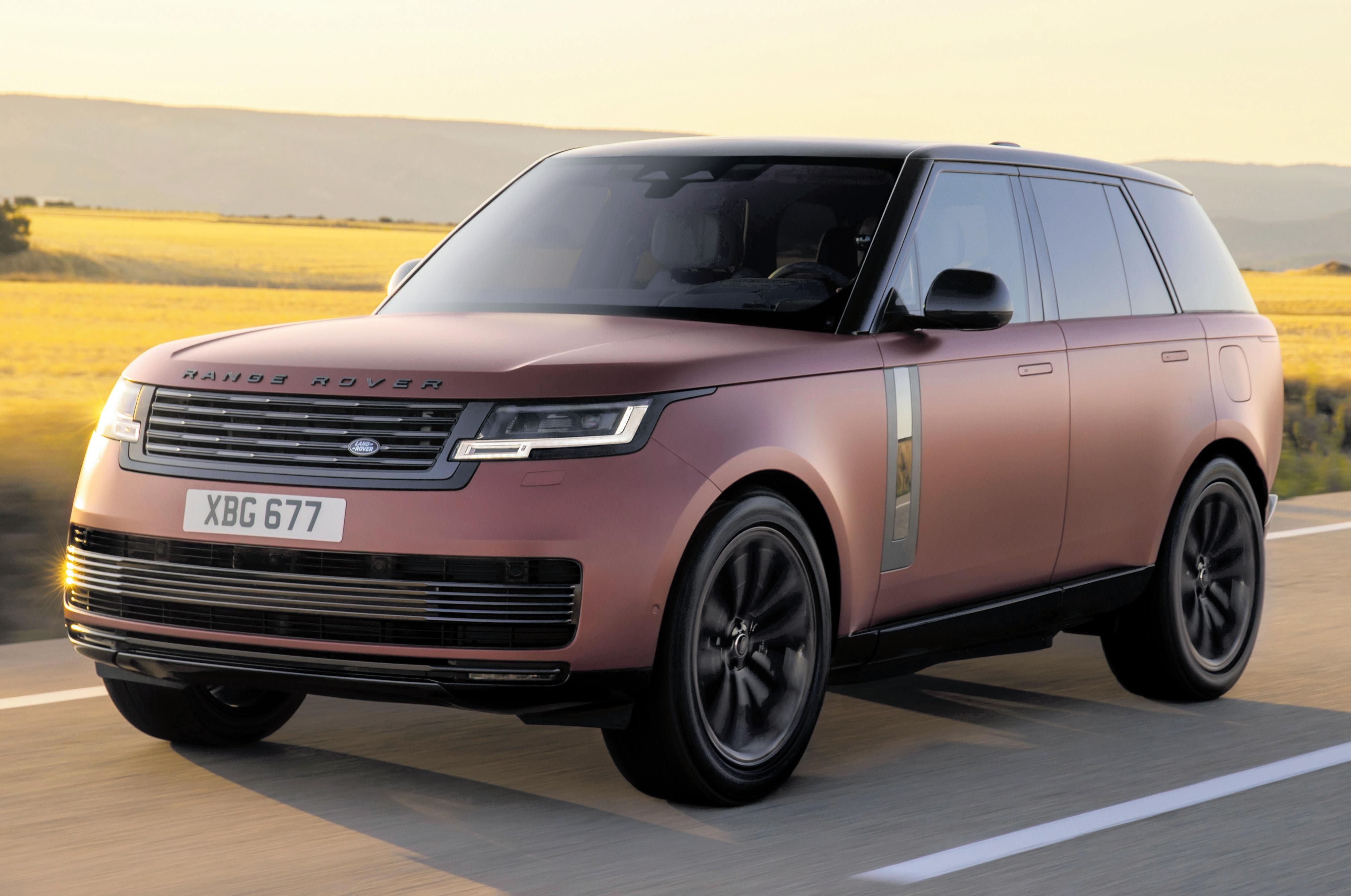
Evoque has adopted a similiar back end to the larger Velar. It’s not just the exterior that mimics the looks of the larger vehicle, however, as the Evoque has gained the latest Touch Pro Duo tech and a hike in quality.
The main highlight of the new Evoque is the fact the majority of the range is made up of mild
hybrids, available with diesel and petrol engines combining to an electric motor. Only the base D150 Evoque escapes the electrification, and we’d avoid it as it doesn’t have four-wheel drive.
Pros: Feels like a proper Range Rover inside Cons: Petrol engine is poor on fuel economy, even as a hybrid
Range Rover (2002-12) £2200-£27,000 Range Rover (2012-22) £20,000-£150,000 The Sport is mechanically similar to the Discovery 3 – meaning it’s The second-generation Range Rover Sport is 400kg lighter than Range Rover Evoque (2019-on) £31,000-£60,500 The Freelander 1 is a cheap gateway into Land Rover ownership. The fifth-generation Range Rover takes its position as a luxury car Range Rover (2022-on) £99,000-£220,000because of its particularly handsome exterior. It’s based upon the same architecture as the Jaguar F-Pace but has greater off-road ability and is available with a wide choice of engines, most of which combine good economy with usable everyday performance.
other models expected to follow the Velar in due course.
But is there a whiff of style over substance? Well, it’s a very good SUV. But you don’t half pay a premium for those suave looks...
with the same 100” wheelbase and a slick body containing a spacious, flexible cabin. It was well equipped and refined, and it came with the wonderful Tdi engine.
The Velar a competent cruiser and has received numerous accolades

The interior is Land Rover’s most advanced cabin to date, with


Pros: Stylish design, chic cabin, excellent tech features Cons: Feels like an indulgence, especially at such a high price
most reliable units ever. It drives well, too – mated to a manual box it has more guts even than the V8 option, which is surprisingly bland but predictably thirsty.
Whereas the Disco 1 was prone to body rust, the D2 is fine here. Instead, its chassis rots like a carrot, especially towards the back end. Also at the back, seven-seat
The original Discovery was based on the Range Rover of the time,


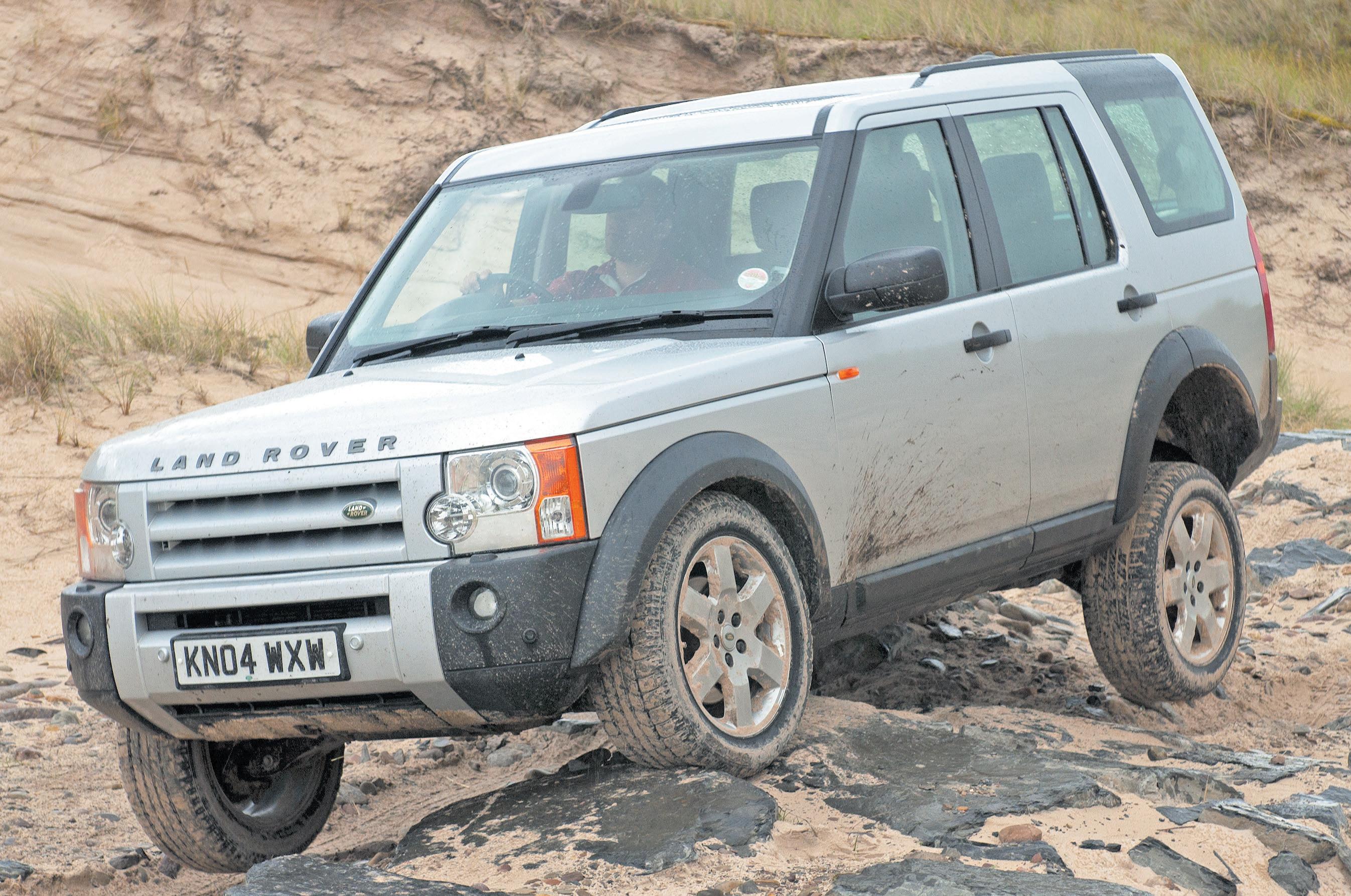

Over time, the Disco’s epic ability meant almost all of them were hammered at playdays. Lower body rust is a big killer, too. So it’s rare to find a good one now,
and when you do they tend to be priced with a lot of optimism. Very early ones in tip-top condition are full-on classics, too. For a sound one to own, we’d look for a tidy 300Tdi.
Pros: Price, practicality, parts availability. Epic off-road ability
Cons: The body rusts like it’s been doused in sea water
models had air-suspension, with all the horrors that brings.
Mainly, D2 owners will tell you about rogue electronics. And leaky sunroofs. They still love their trucks, though, which says a lot.
Pros: Td5 power and reliability, great all-rounder, lots of choice
Cons: Chassis rust, electronics, leaky sunroofs, air suspension



The Disco 3 is an astonishing allround vehicle. It’s good on the road
and capable off-road, genuinely luxurious and a giant of a tow truck, and as well as being able to seat seven adults it can be turned into a van with a totally flat rear load area.
But it was also astonishingly complex, and these days it has a reputation as a money pit. Air suspension and electronic
handbrakes are big sources of woe, cam belts are a body-off job to change and rust is becoming more of an issue. Get a good one, though, and it’s all the car you’ll ever need.
Pros: Good at everything. Lots of accessories available now
Cons: As fragile as you expect, and then some

is basically an evolution of the 3. It looks similar and is still a practicality monster, as well as being hugely impressive on and off-road and a hero in front of a trailer, but despite being only subtly tweaked inside feels far more luxurious.
That hasn’t prevented it from suffering all the same issues as time has gone on. You need to
start off by buying the best you can possibly afford – and at the top of the market, they don’t come cheap. Get it right, though, and this is as good as a modern Land Rover has ever been.
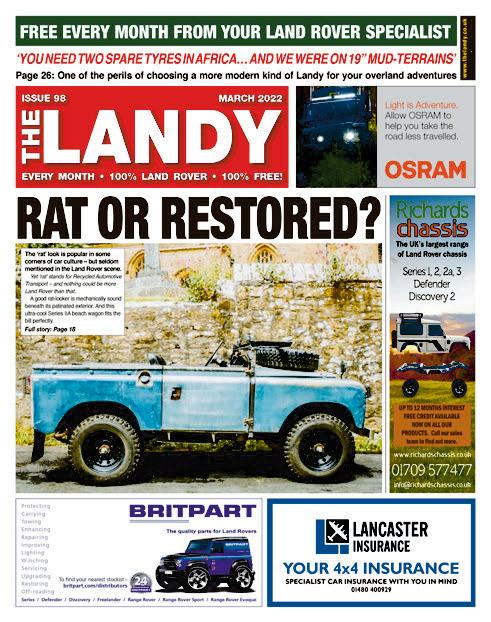
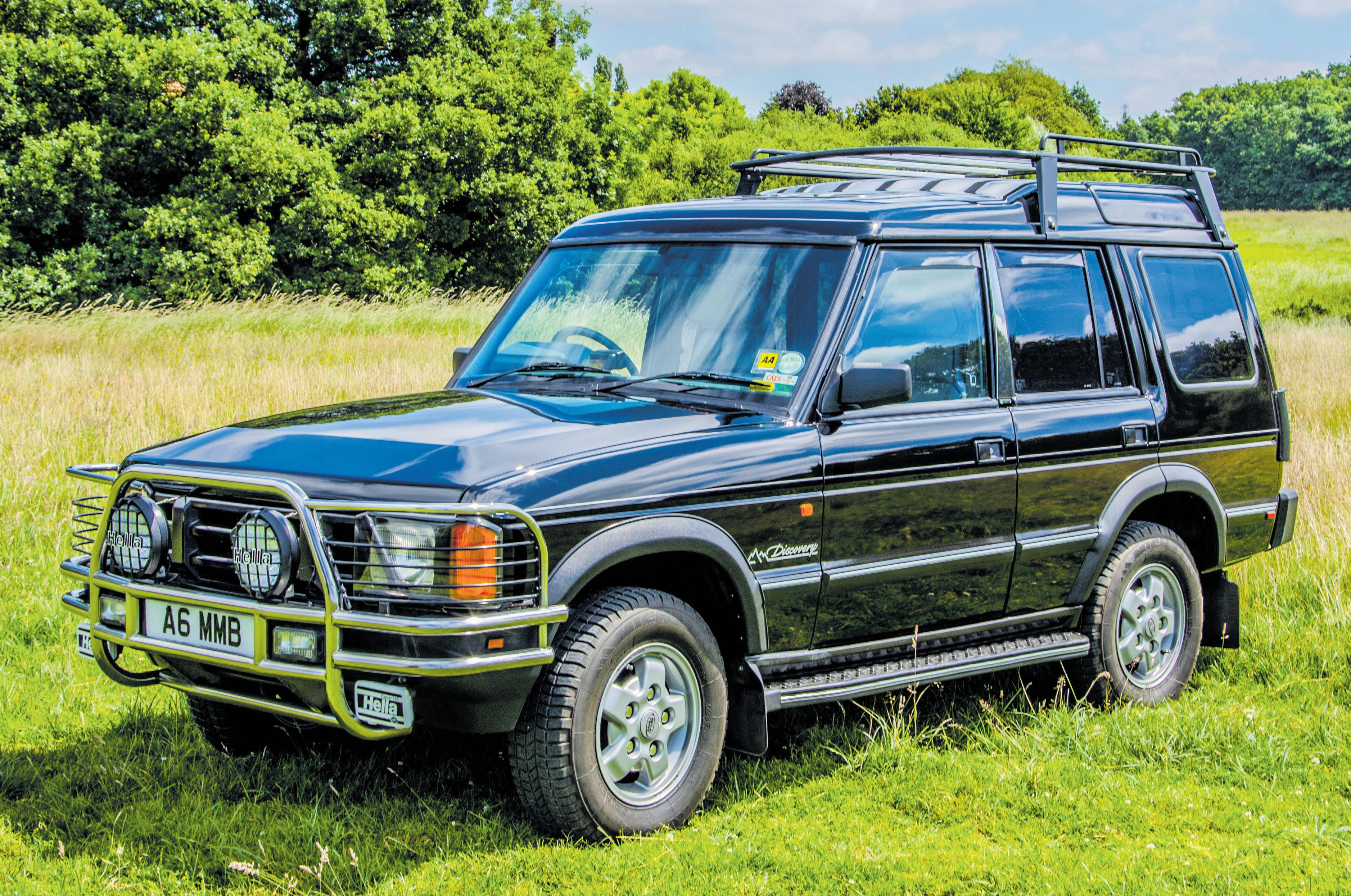
Pros: Most LR fans’ idea of what a Range Rover should be like Cons: Still a potential money pit, and the best are expensive
monster. As an all-rounder, at
launch it was the most capable Land Rover on sale – the new Defender will be going some to wrest that crown from it.
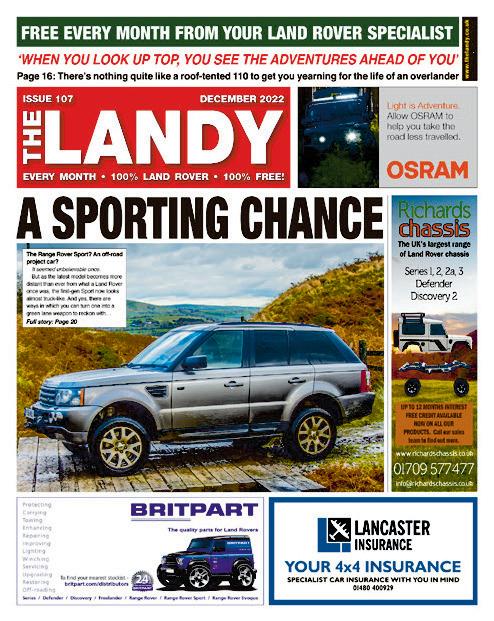
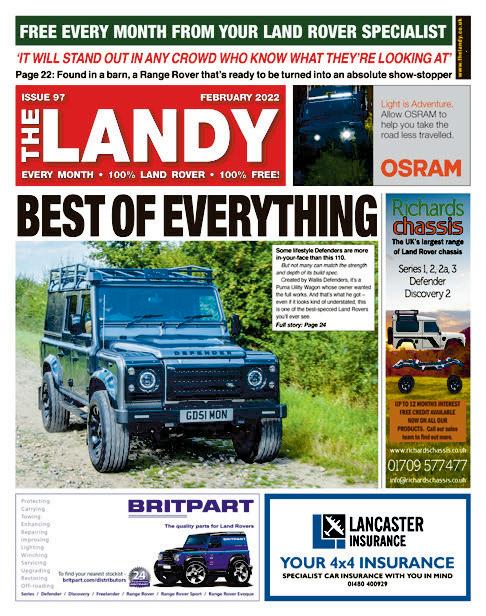

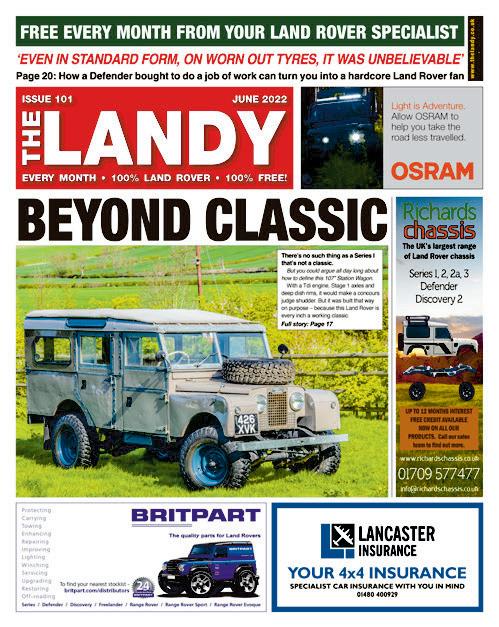
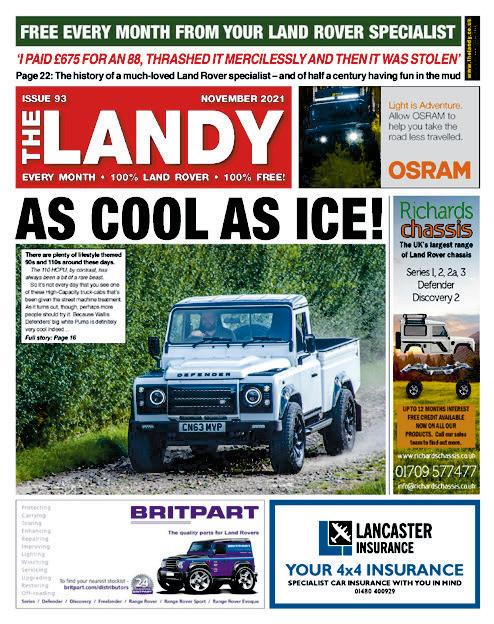
All the engines in the range are refined and flexible, and its chassis is remarkably supple for such a big vehicle. There’s no end of electronics working away in the background, but the effect is very

convincing – as is an interior that might make you wonder why you’d bother paying more for a Range Rover. Just be careful not to go wild with the options and end up paying more for a Discovery…
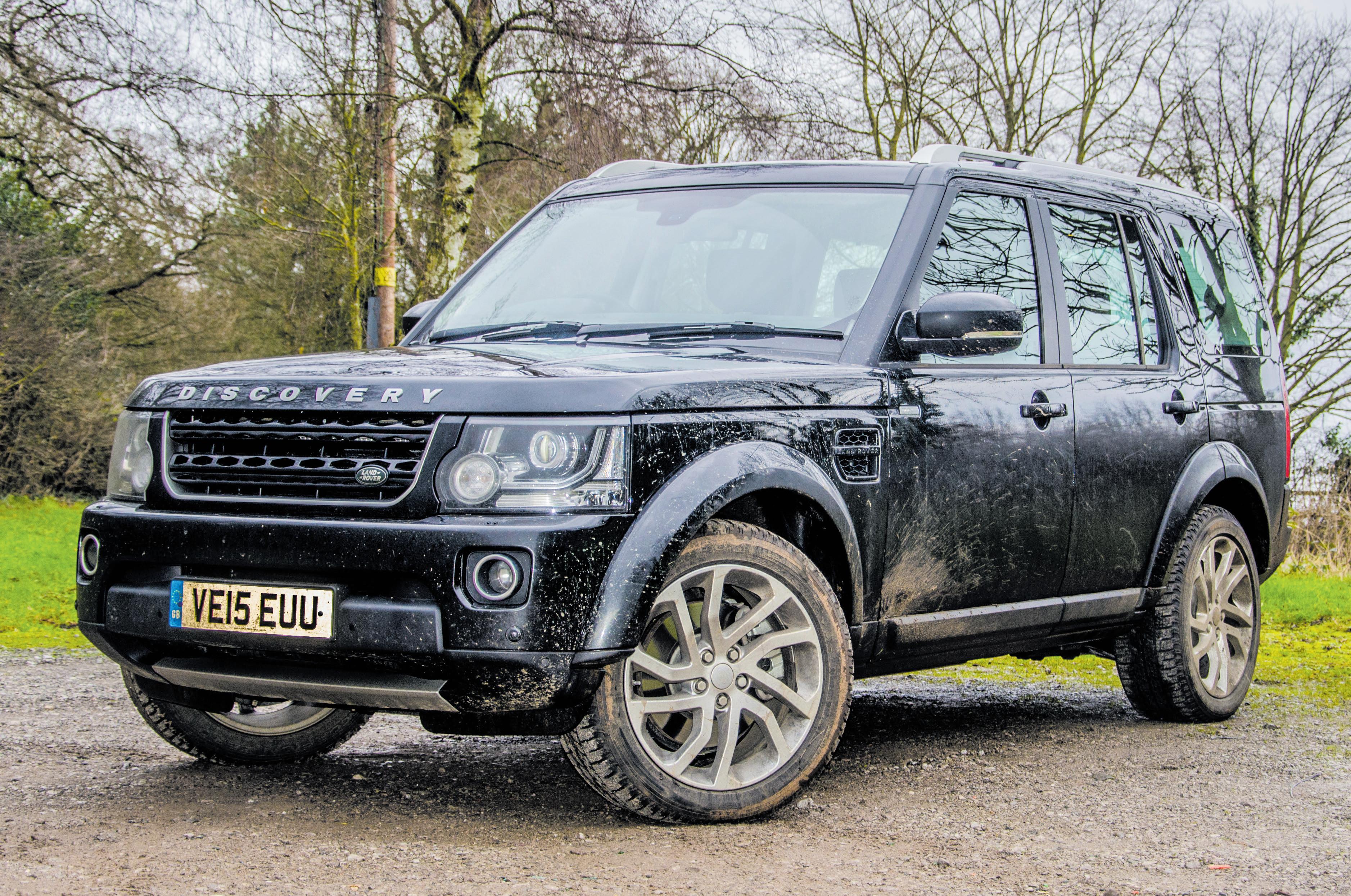
Pros: Immense blend of comfort and practicality
Cons: Feels more like a softroader than a proper Discovery

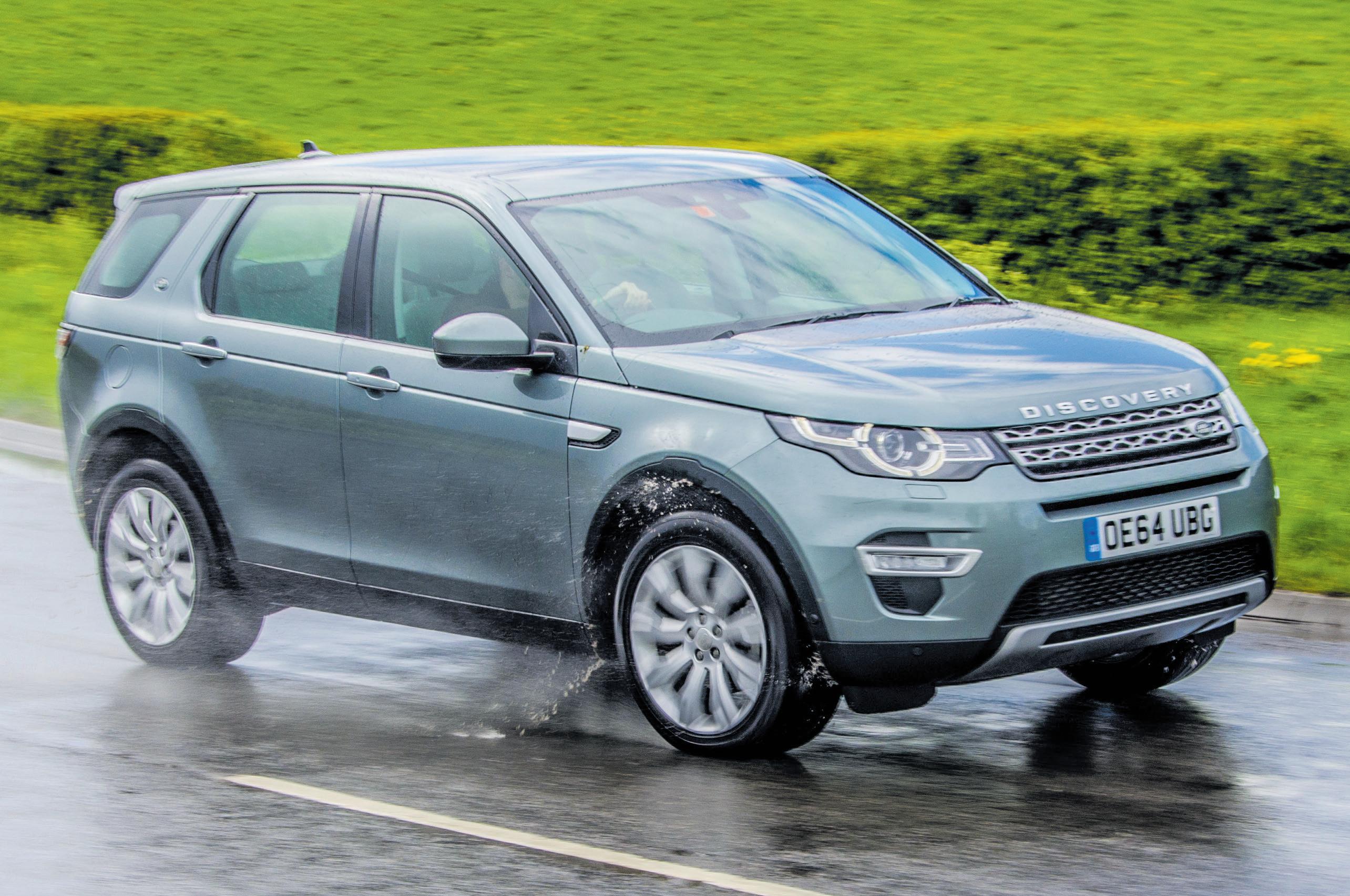
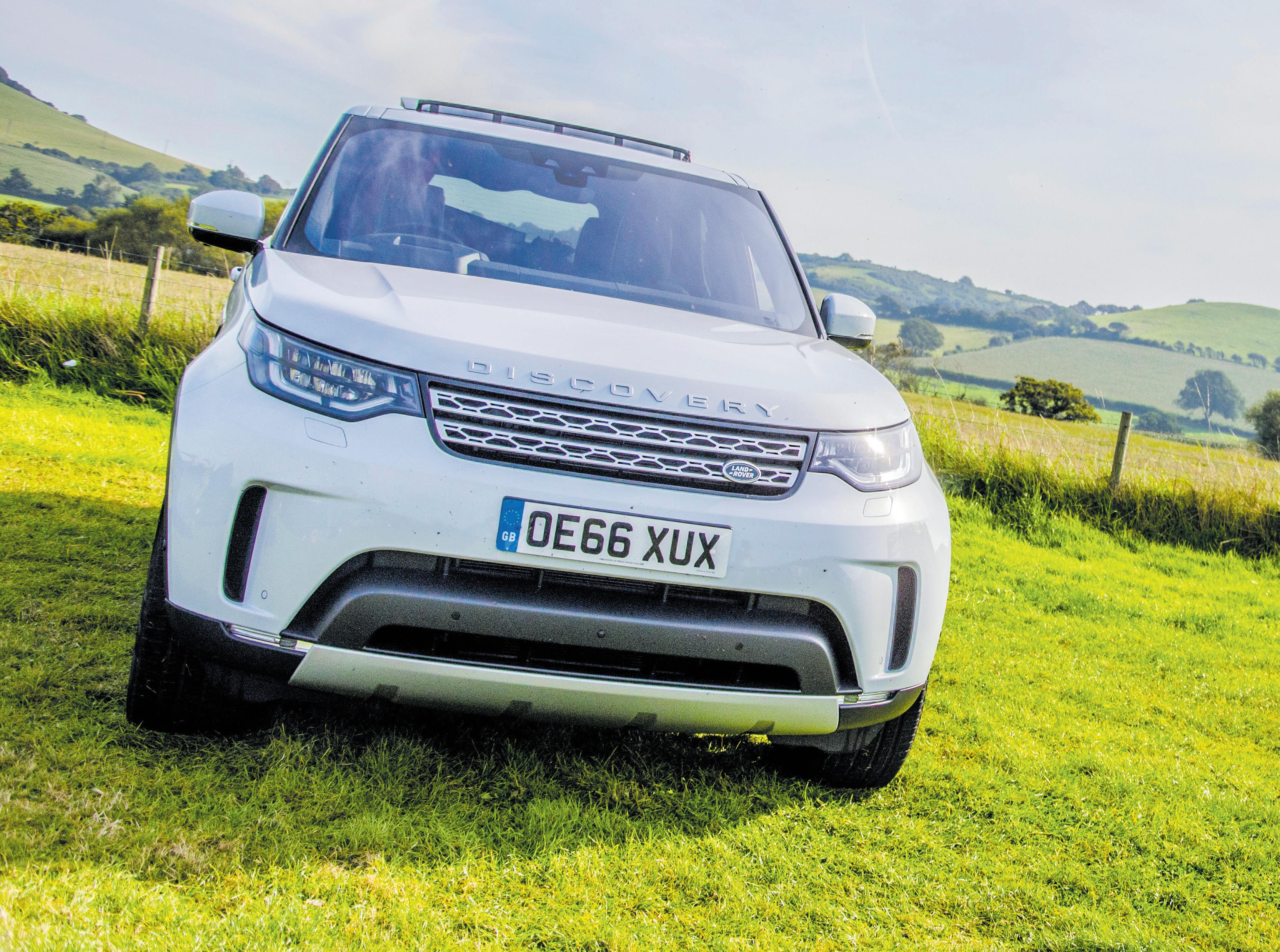
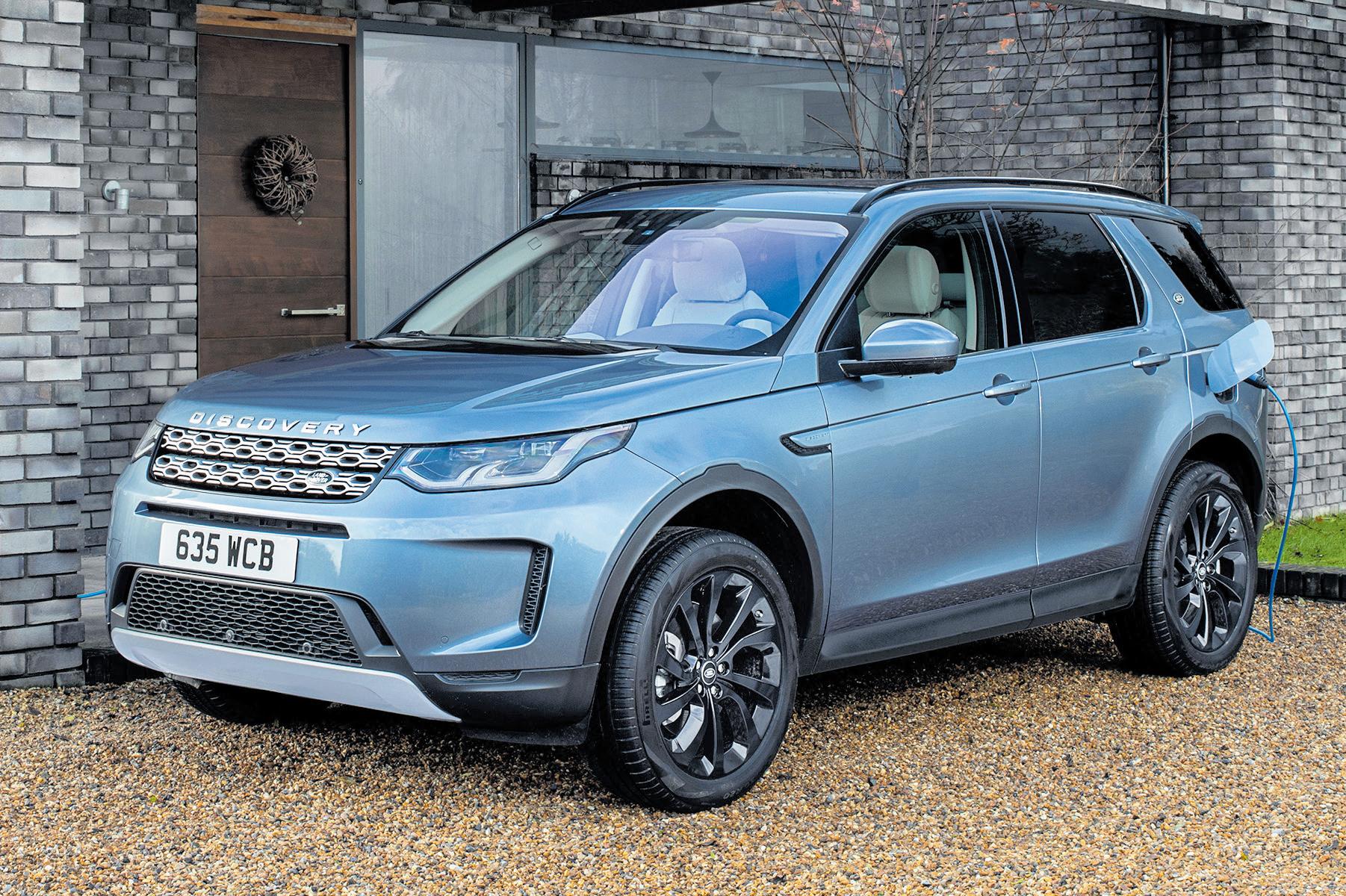
body and dishes up an appealing all-round blend of comfort, kit and general driving manners.The third row of seats is only suitable for little ‘uns, though, and off-road it’s a Discovery in name only.
It’s a more practical proposition than the closely related Evoque, and you won’t need to live with the fear of Posh Spice jokes. You
might shudder at the price if you’re buying new, though – but on the used market, there are some tidy looking deals to be had, even on high-spec examples.
Pros: More practical than an Evoque, and less vulgar. Seven seats. Capable enough off-road Cons: Back seats only for small mammals. Price of top models
after the first. That’s because once again, it’s related to the Evoque, which was ready for a full new model in 2019.
The Sport is a premium midsized SUV with seven seats and a decent level of off-road ability. It’s a massively popular choice for the school run – and, with the arrival of a plug-in hybrid option last
year, as a company car. Quality has taken a step up from the first model – it’s now a convincing premium vehicle, and the range offers enough choices to suit anybody with the means to buy one.
Pros: Classy and practical cabin, all-round good to drive
Cons: You can get a Defender for the price of some models
 The Disco 2 is powered by the Td5 engine, one of Land Rover’s most
The second-generation Disco Sport came along only four years
The Disco 2 is powered by the Td5 engine, one of Land Rover’s most
The second-generation Disco Sport came along only four years
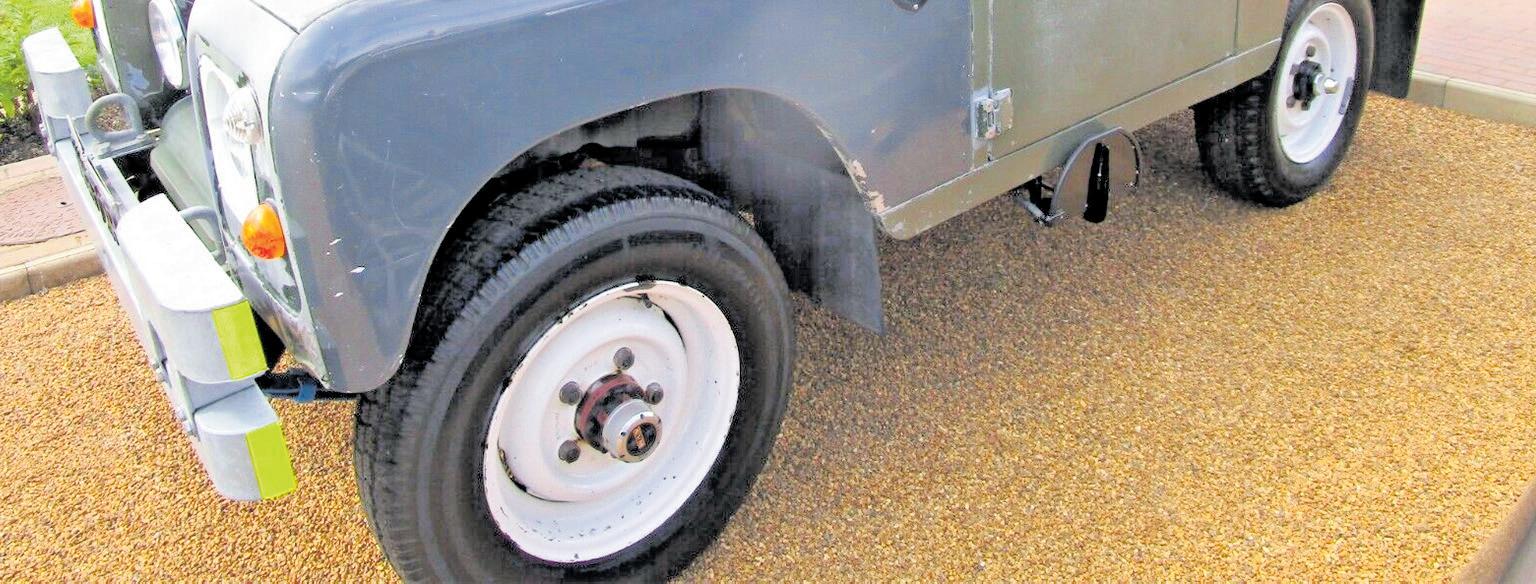






Series III 88” HT (1975). 2286cc petrol. Very rare ex Swiss post van in original colours, with modified bulkhead window and roof. Brake overhaul, new clutch cylinders and quarter chassis. £7500. Newark. 07484 032419 10/23/006
Series I 88” (1958). Not remotely original. Built into a V8 trialler by an engineer. Internal cage, canvas, Bowler seats, FWH, rear tank, Facet pump. New brakes, wheel bearings and much more. £6000. Chesterfield. 07891 579071 10/23/005
Series IIA Lightweight (1970). Ex-military. 2.25 petrol. First registered May 1977. Runs but needs TLC. Serious enquiries only please. Please call Russ for all enquiries. £7000. Goff’s Oak, Herts. 07588 222291 10/23/004


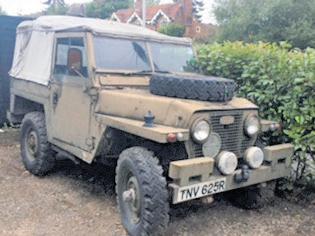

Series III 88” (1977). 2.25 petrol. Luminition ignition, new Zenith carb, dumb irons, rear crossmember, parabolic springs, props, exhaust, brakes, canvas and more. Always MOT’d. £9000. Norwich. 07752 578611 09/23/004
Series IIA 2.25 petrol (1961). Genuine SW. 12 years in Iran, then same family 35 years. 7 seats, Safari roof, orig rear door. Overdrive, roof rack, FWH. Never restored, just maintained. £10,250. Banchory. 07780 996226 10/23/008
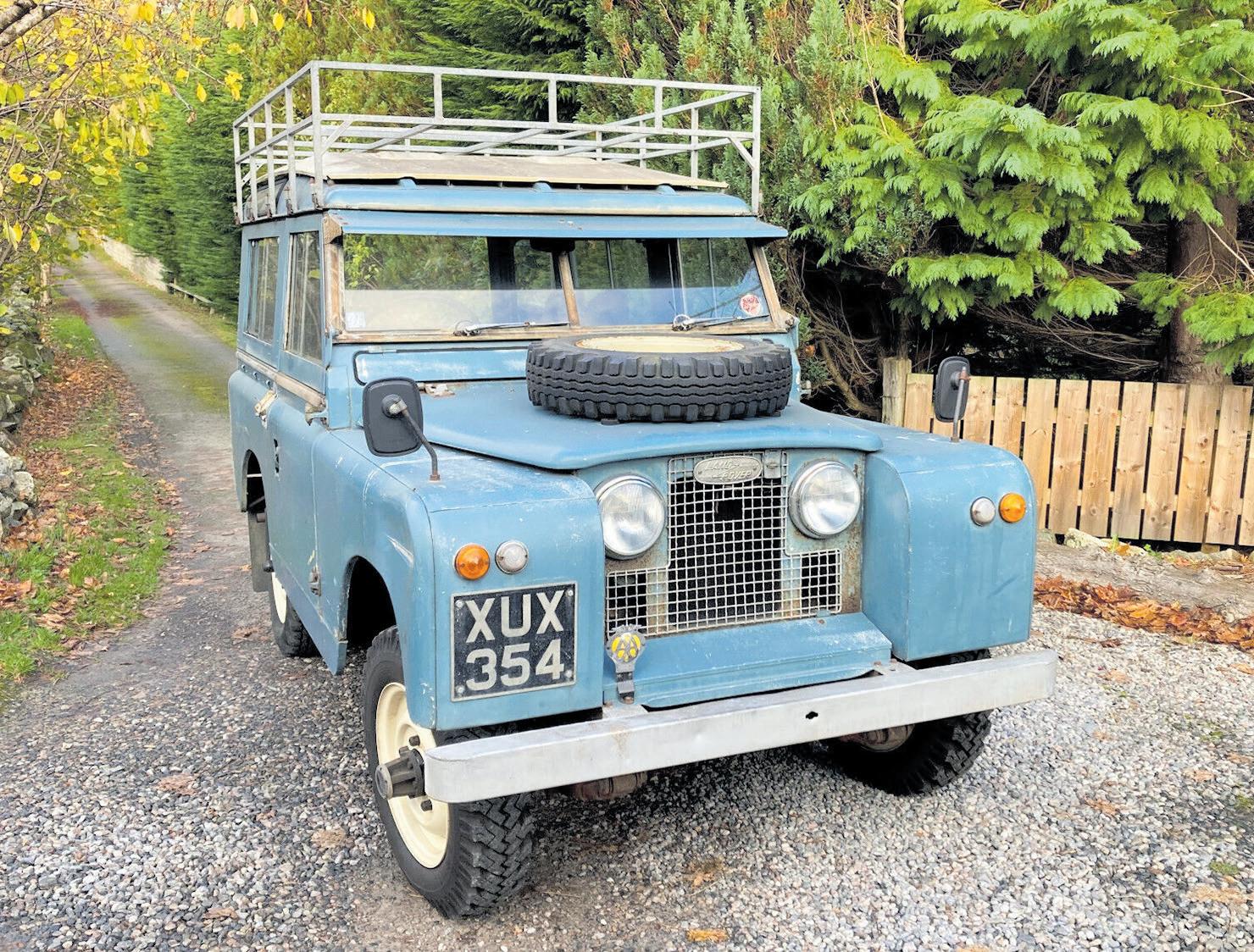
Defender 110 2.3 diesel (1986). 100,000 miles. Ex-MOD, first reg 2009. Resprayed. New fuel pump, 2 new tyres, clean sub frame. Some spares included. MOT May. £5000. St Albans. 07970 728639 11/23/001

90 (1988). LHD. Pro conversion by London Electric Cars. 30kWh battery, 80kWh motor. Kept as original as possible, but new door cards, headliner, flooring and newer-style seats and dash. £35,000. London. 07874 004354 11/23/005

Defender 110 (1989). 138,000 miles. Camper. BMW M57, 6sp auto. Galv chassis and bulkhead, groundresto. Sink, fridge, Renogy electrics, diesel heater, fresh and grey water, gas, awning, sleeps 2+1. £39,995. Marazion. 07990 524571 11/23/007
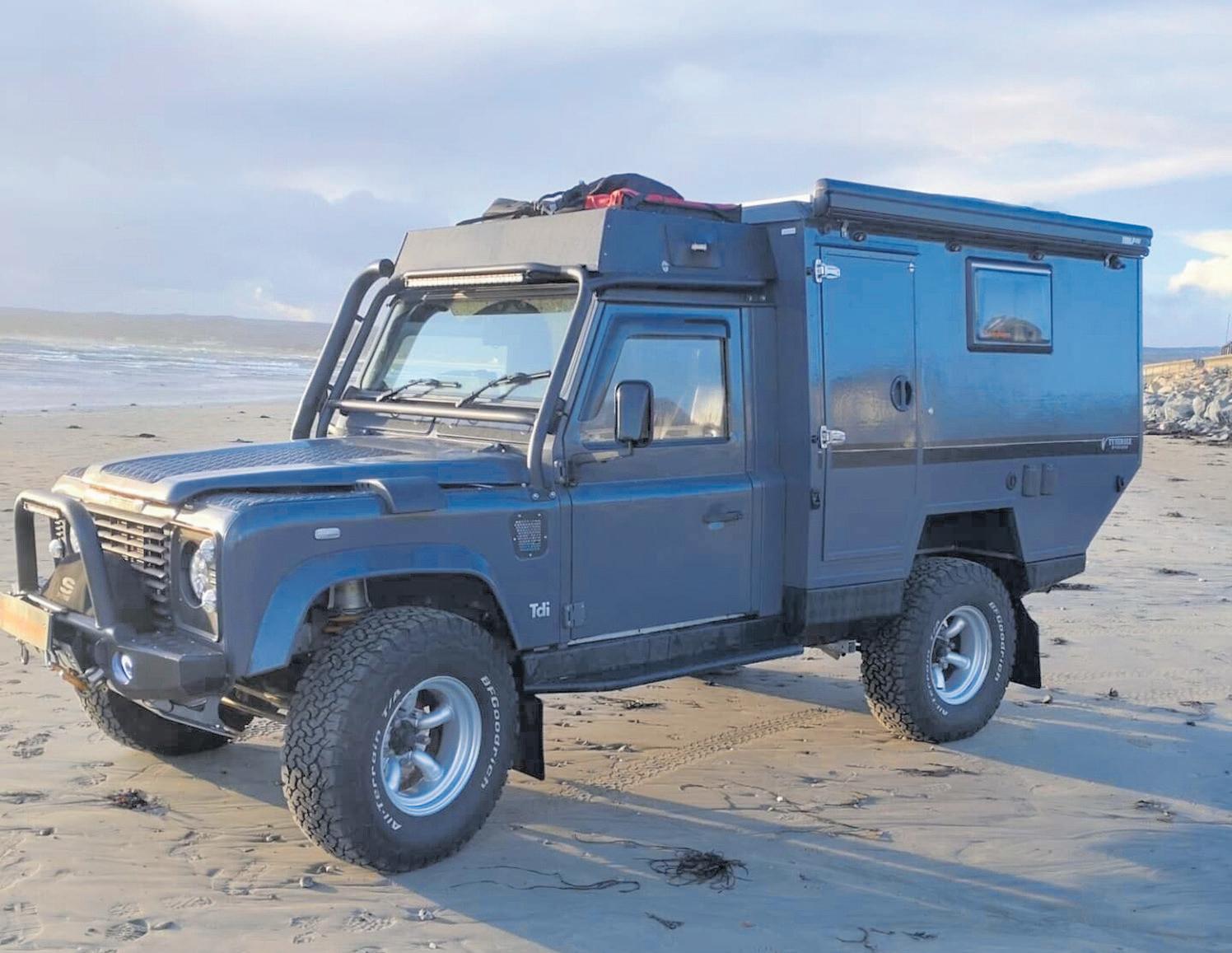
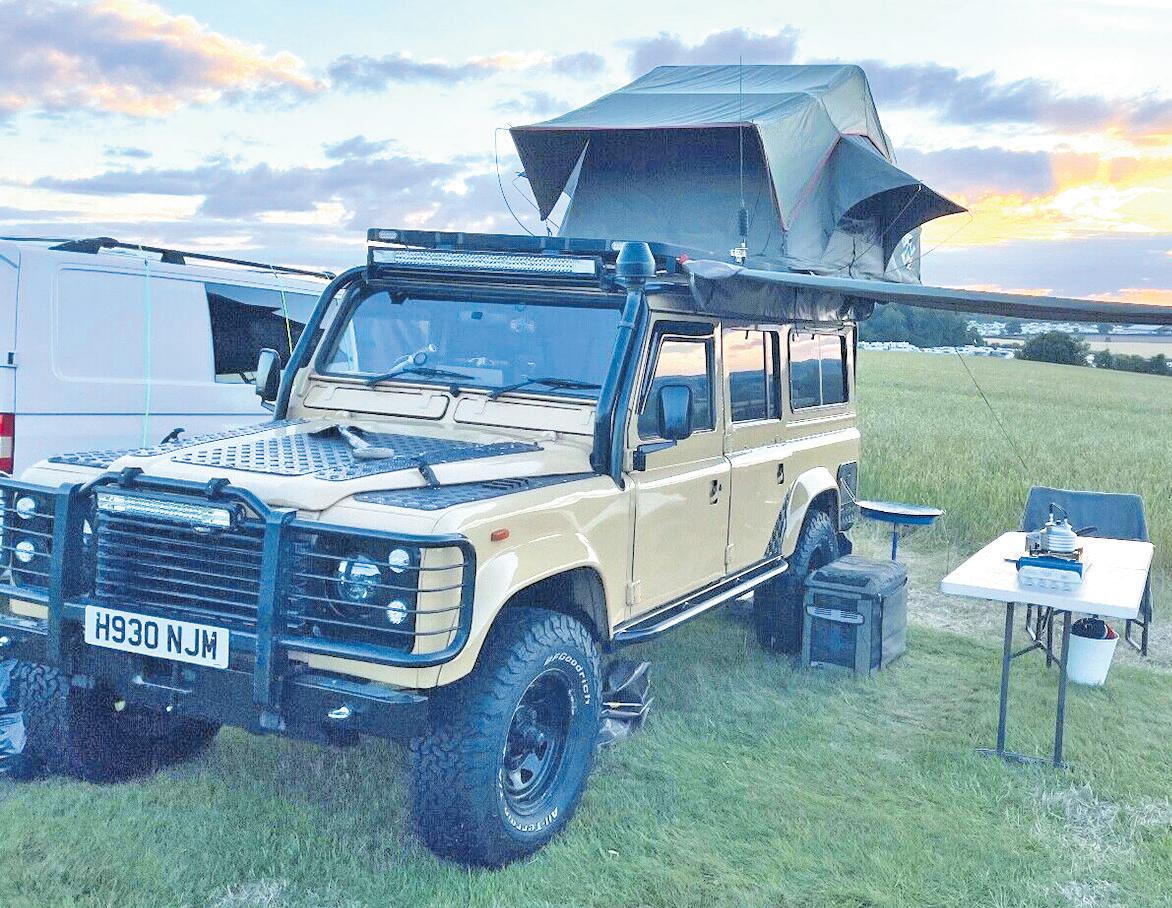
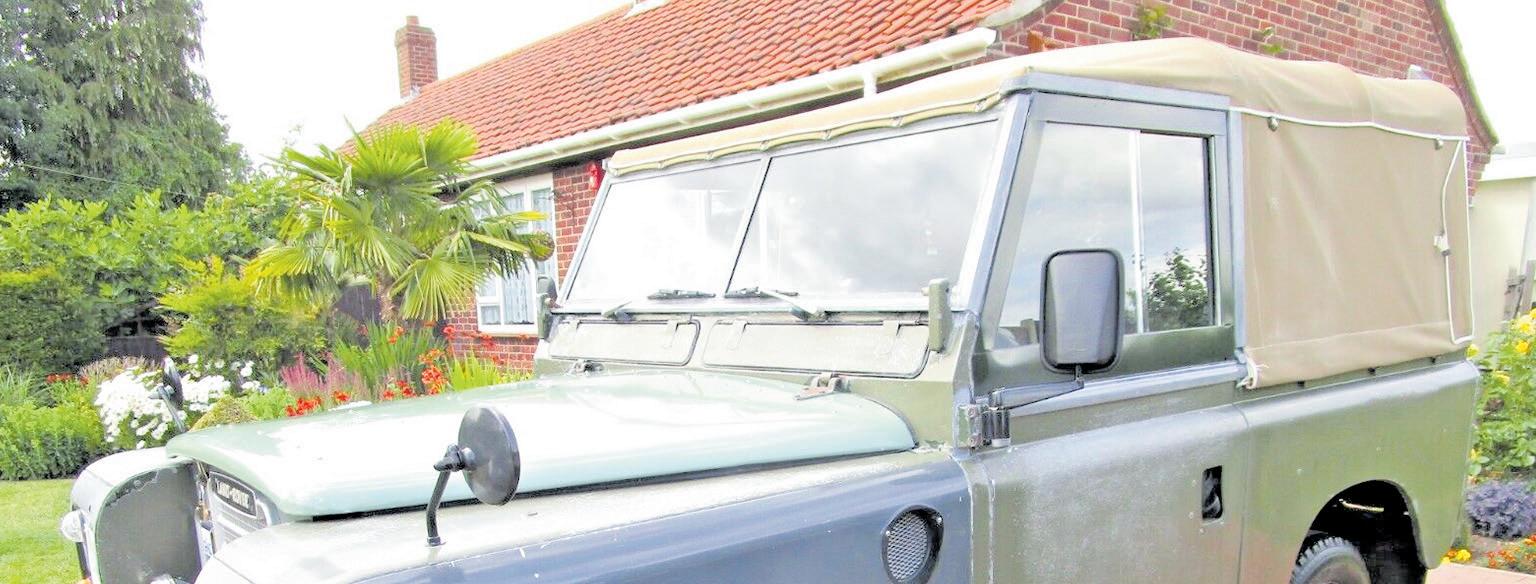
110 Hi-Cap (1989). 260,000 miles. Project. 2.5Td. Needs front outrigger and bulkhead repairs (panels included). New V5 needs applying for. Turbo and injectors missing. No MOT. £3300. Norwich. 07367 011188 11/23/004
Defender 110 300 Tdi Wolf ST (1998). 86,000 miles. Remus (cage and hood replaced with new bar, sticks and Exmoor canopy). Superwinch, EGR delete, new bushes and UJs. MOT June. £15,000. Burford. 07464 198339 11/23/006
Defender 90 TD5 (2003). 136,716 miles. 6-seater. CD, climate. Wipac halo LEDs, remap, straight-through exhaust, Puma bonnet, heated seats, new chequer plate. MOT Nov 23. £16,995. Bridgnorth. 07306 331984 11/23/008
Defender 90 Soft-Top (1989). 117,441 miles. 2.5 Turbo Diesel engine. Immobiliser. Rear seats with belts. Same owner for more than ten years. Very clean example. MOT April. £12,000. Broadstairs. 07810 281957 09/23/003
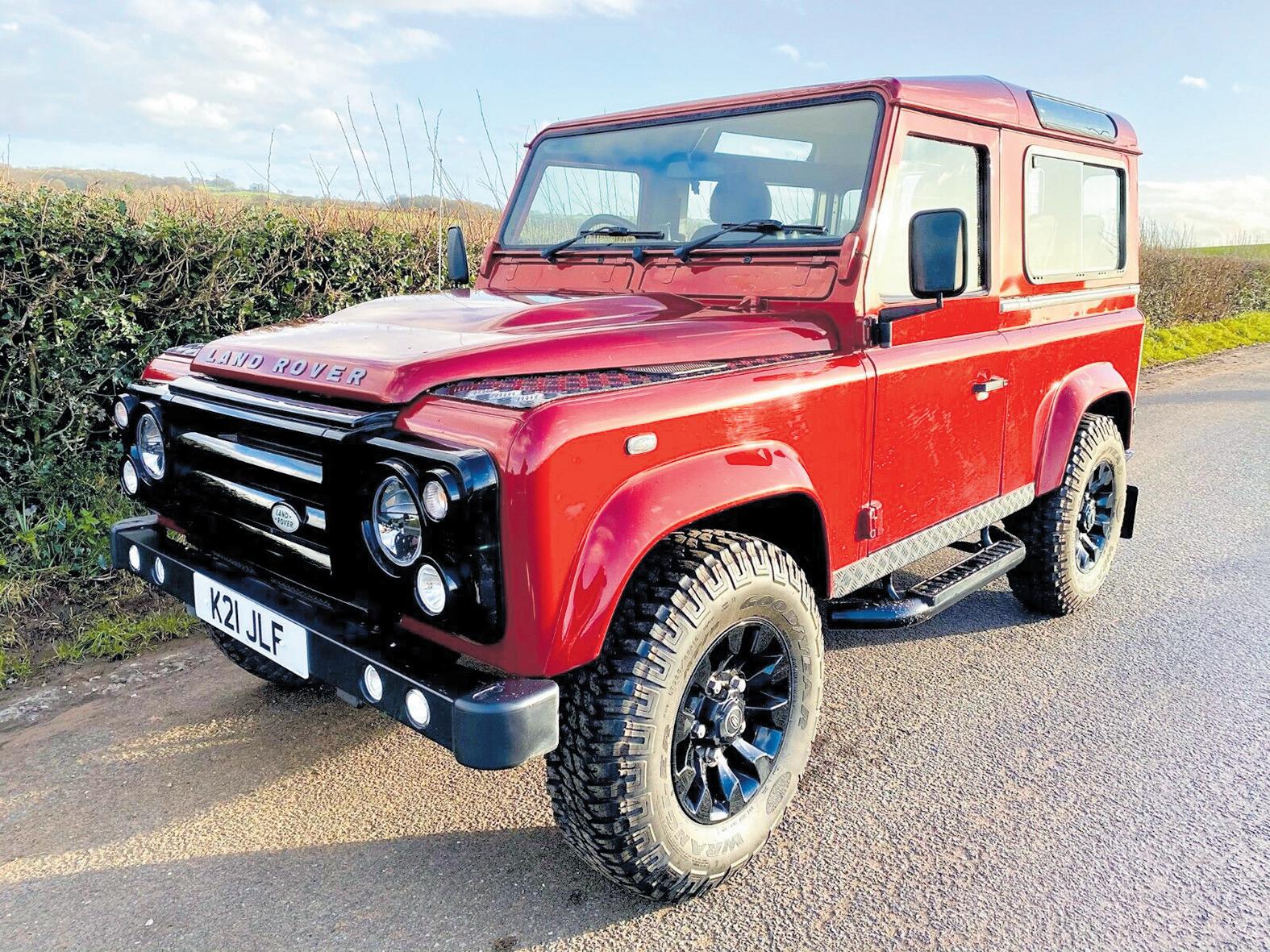
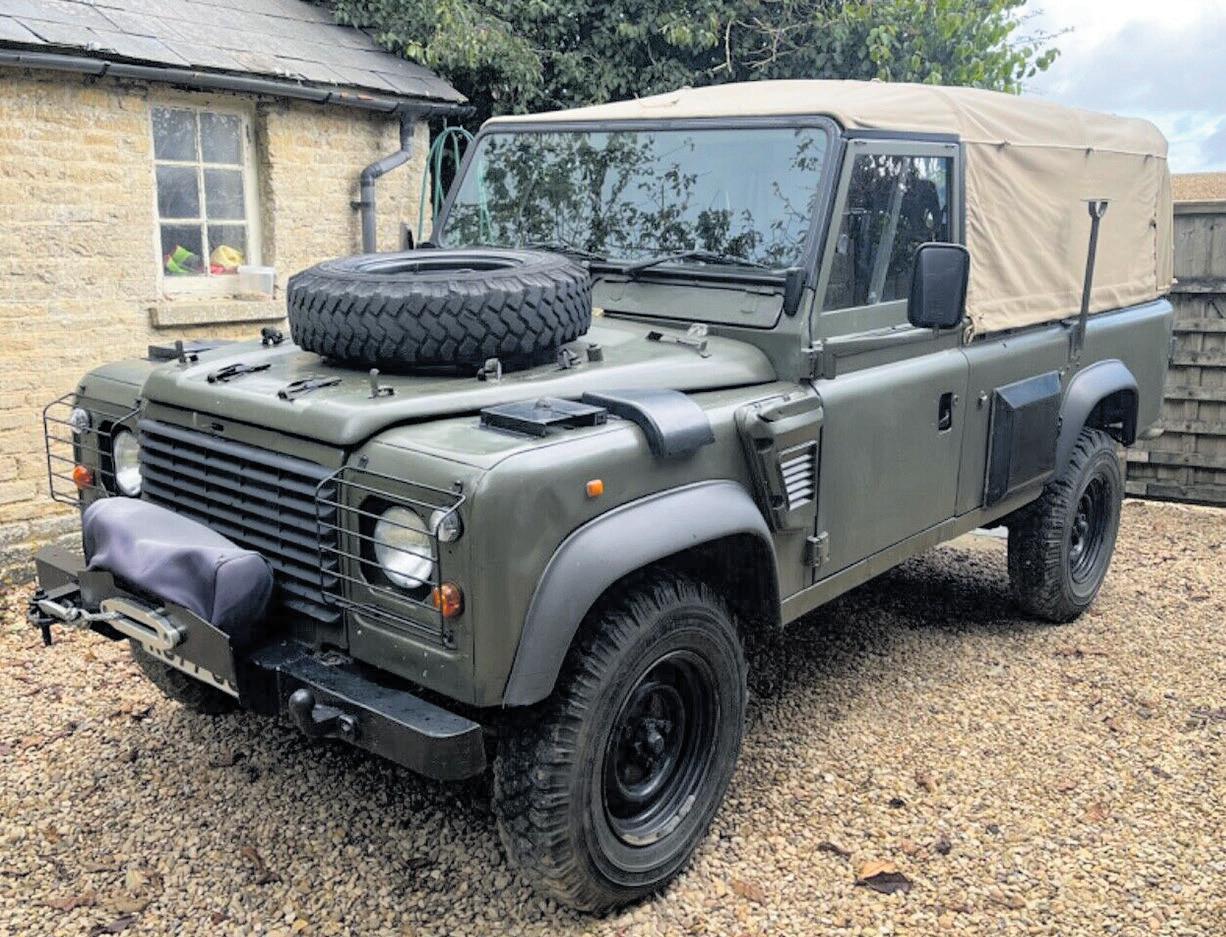
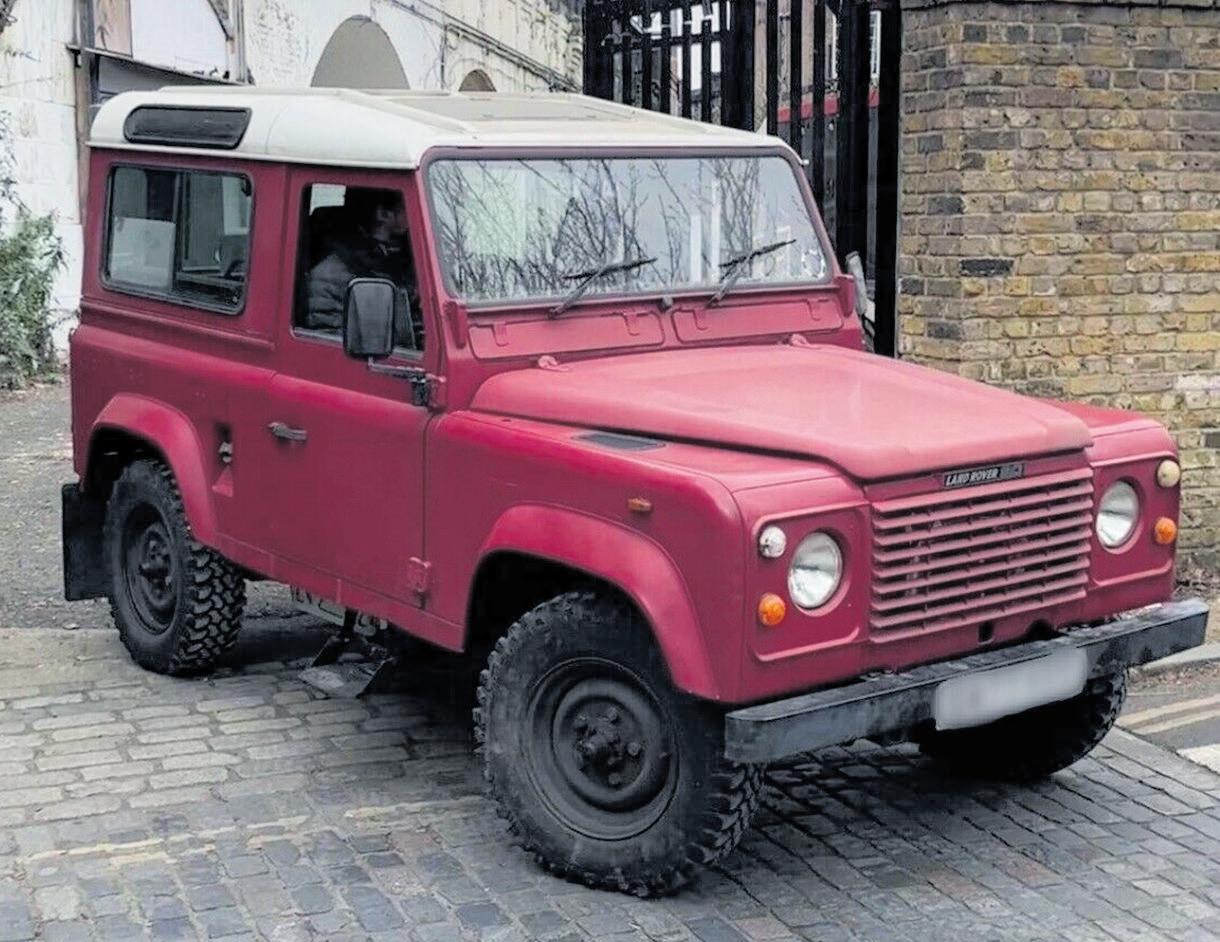
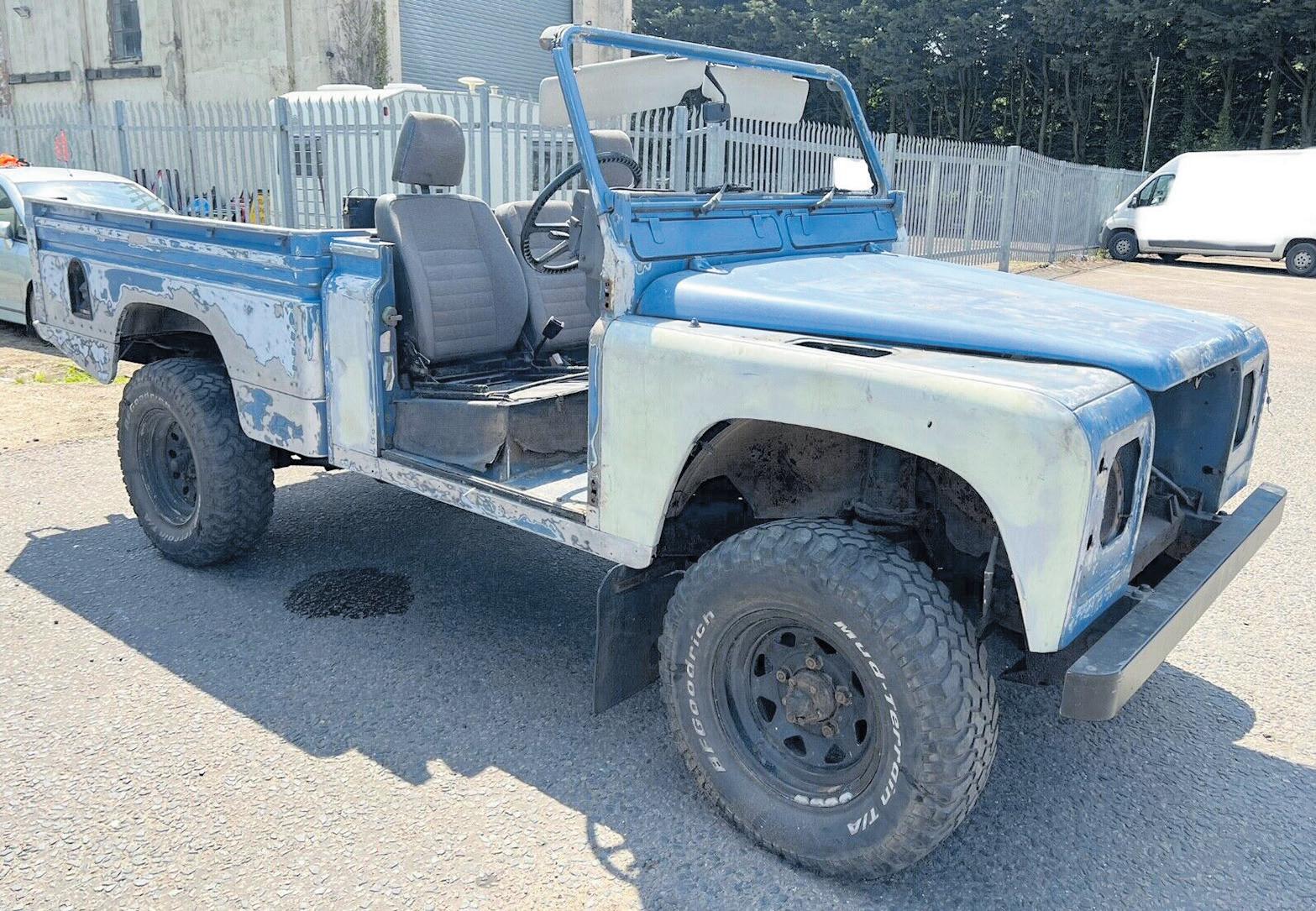
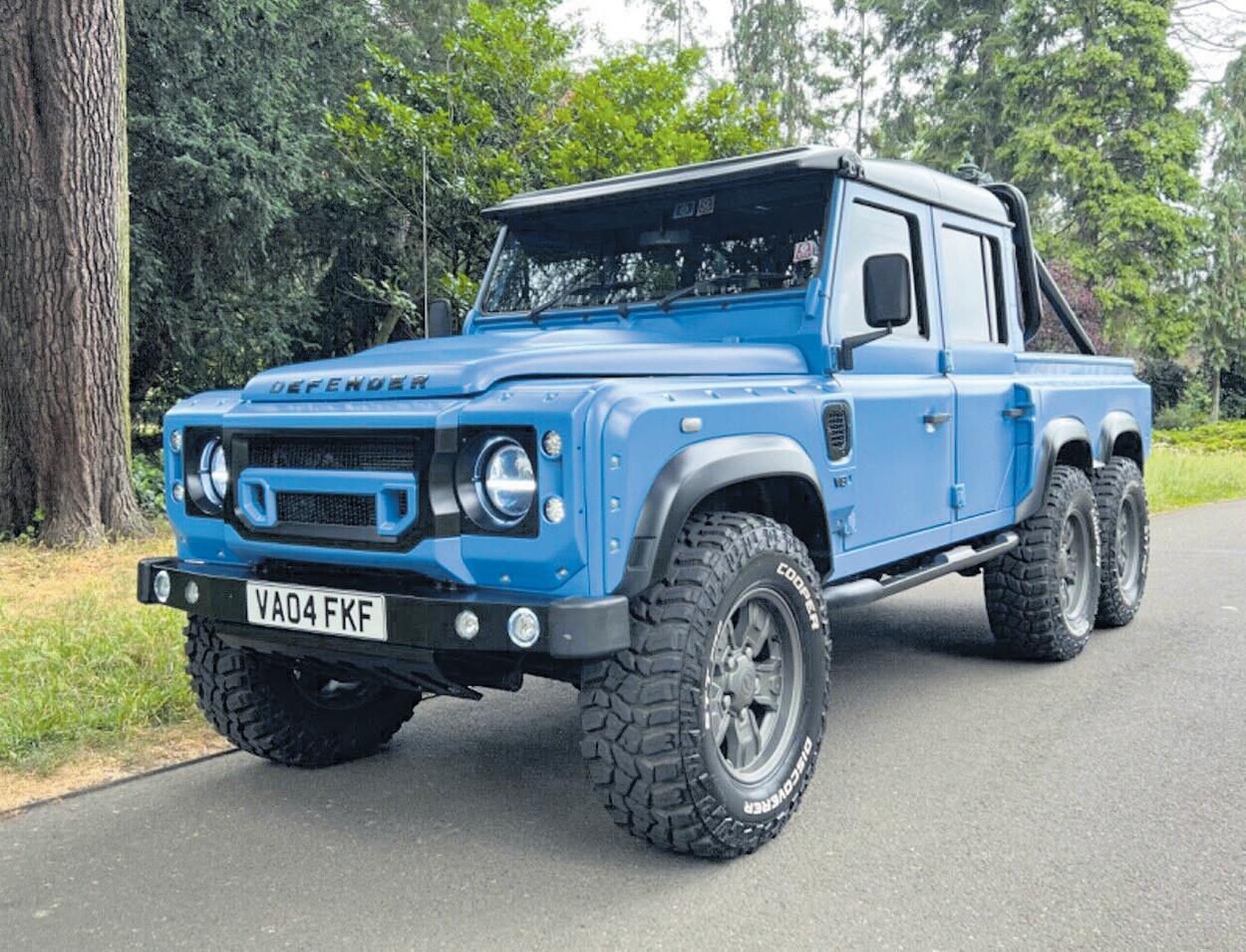

Defender 110 6-wheel Crew-Cab (2004). 120,650 miles. 4.0 V8. Kahn body and lighting. Bespoke interior. Electric heated seats. Roll bars, twin sunroof. High-standard resto. MOT Apr. £89,000. London. 07875 225582 10/23/002
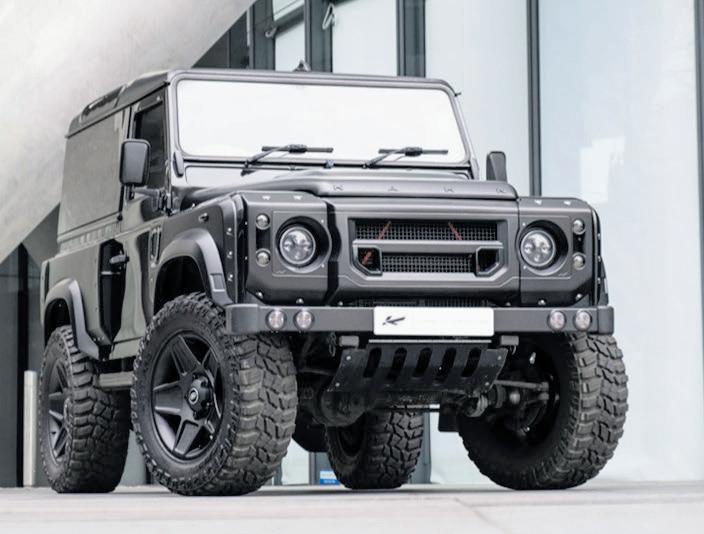
Defender 90 300 Tdi (1994). 140,155 miles. Front-facing rear seats. Lockable cubby with stereo. Strong engine and box, some welding last year. Undersealed. MOT Dec. £9500. Ashbourne. 07875 065550 10/23/001
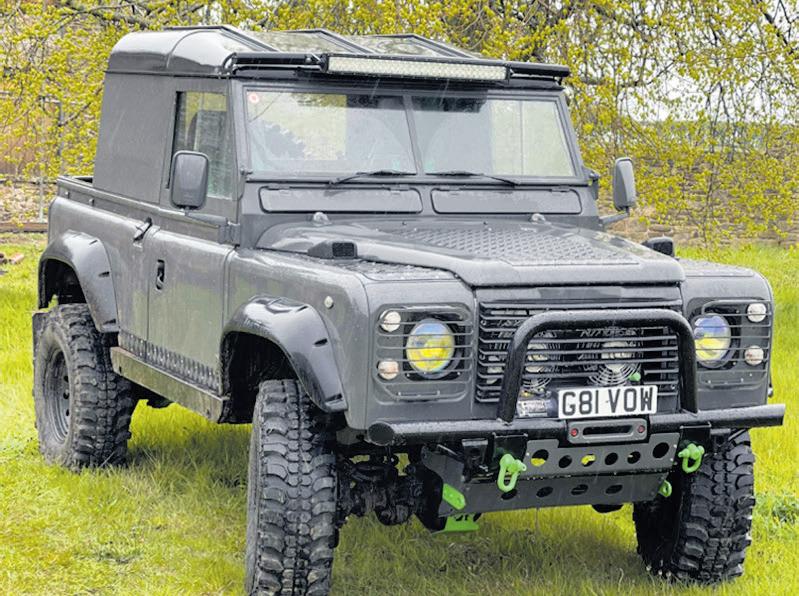

Defender 110 200Tdi Camper (1991). 74,000 miles. Roof tent and awning, solar panel, inverter, air compressor, fridge, double bed, fresh water tank, long-range fuel tank, lots more. £19,995. Lightwater. 07770 997569 10/23/007
Defender 90 2.2 TDCi Chelsea Truck (2012). 5” suspension, 20” alloys, twin exhausts, Pioneer media. Hand-stitched tan leather, billet door handles and seat inserts. MOT April. £74,995. Swansea. 07921 675842 09/23/005
Discovery 300 Tdi 3-door (1995). 100,000 miles. No off-road use. Mechanically sound but needs some welding for MOT. Same owner for 20 years. £1400. Milnthorpe, South Cumbria. 07984 173743 10/23/003
100” hybrid (1990). 3.5 V8 manual. RR chassis, bobtailed crew-cab body SII bulkhead. Massive spen inc cage, 2” lift, 9500kg winch, 24-spline Disco axles. Recent top end refresh. £10,500. Lydney. 07930 259448 09/23/002
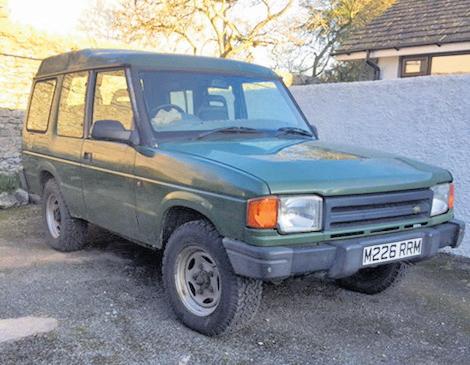
Bikini Hoods o er a stylish alternative to the full hood providing protection from the elements whilst o ering an almost open top driving experience. The Bikini hood can be removed and put on in under a minute, a fuss free alternative so you can enjoy driving your Land Rover ‘Hood Free’ but still having the reassurance of adequate protection from showers and sun.
Heritage Leather Rim Steering Wheel


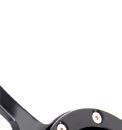
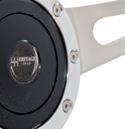
Product Code: HER-WH-04
6061 Billet Aluminium
Black Leather Rim
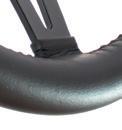



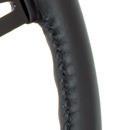
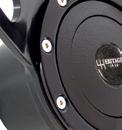

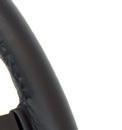

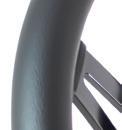
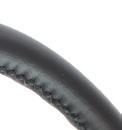
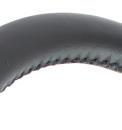

Black Anodised Body 48 & 36 Spine Boss’s Kits
+P&P (Including Boss Kit)
Heritage Wood Rim Steering Wheel
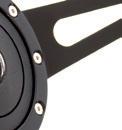

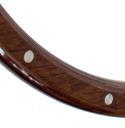
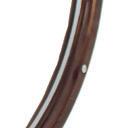
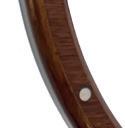
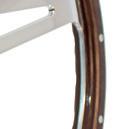



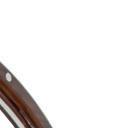
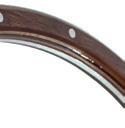
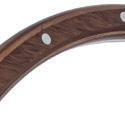
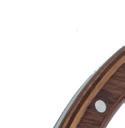
Product Code: HER-WH-01
6061 Billet Aluminium










Beech Wood Rim

Mirror nished Body 48 & 36 Spine Boss’s Kits
+P&P (Including Boss Kit)
15” WOOD RIM
Heritage 1948 is dedicated to producing a range of outstanding quality canvas hoods for Series Land Rovers. Unlike some of our competitors, all of our Land Rover hoods are handmade in our Somerset factory from superior quality ‘Moorland’ canvas
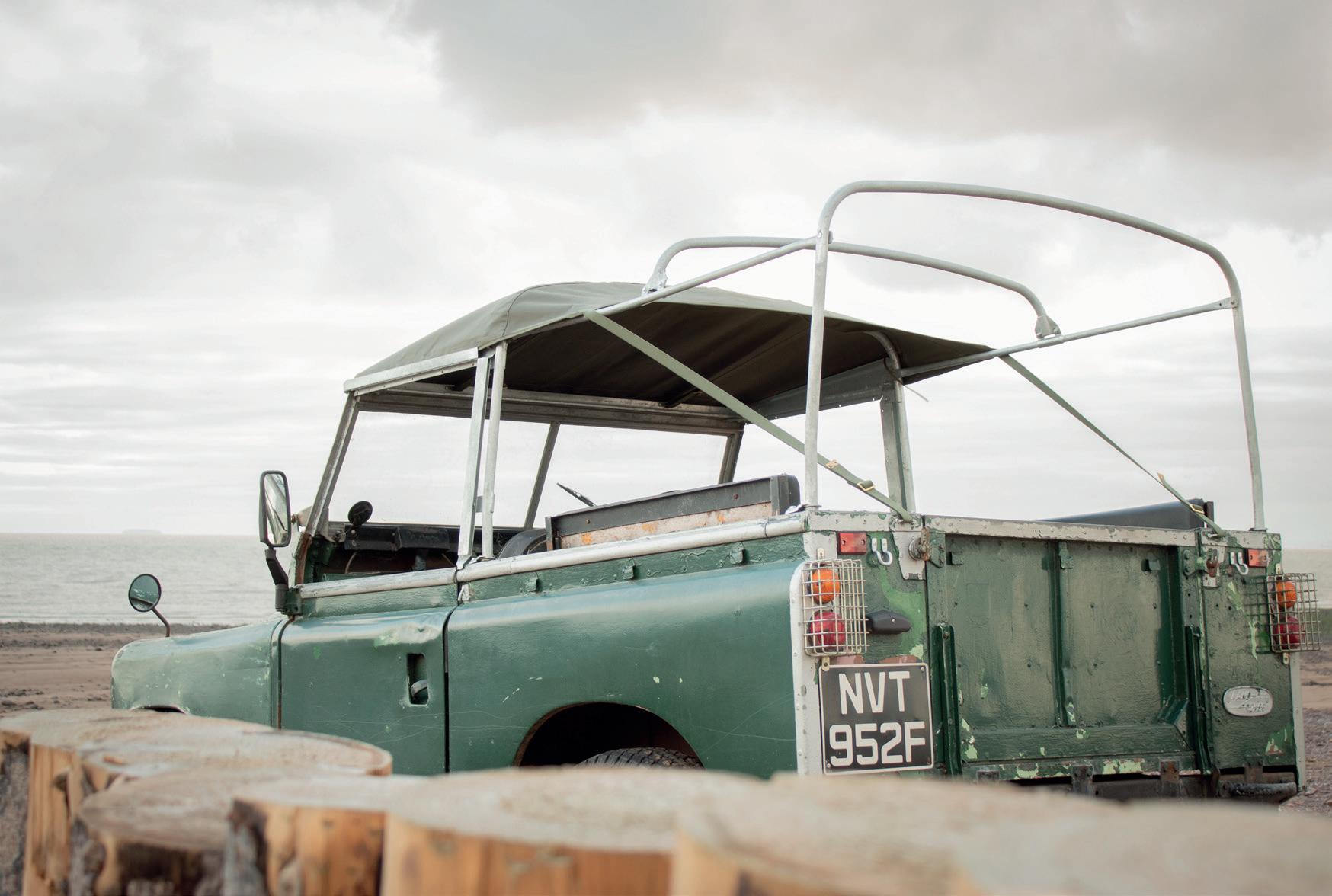
Our handmade hoods are inherently more accurate than machine produced counterparts allowing for an enhanced t and exceptional quality control. Heritage 1948 has taken great care to ensure all our Land Rover hoods have an enhanced life span and are all nished with period correct solid brass ttings.
HER-HOD-FUL-88
Superior Quality Hood Sticks Made in Somerset



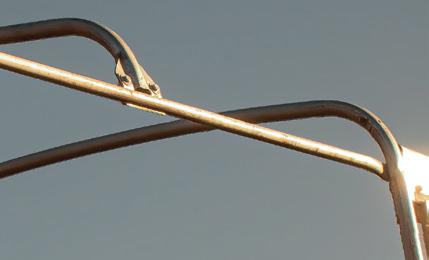
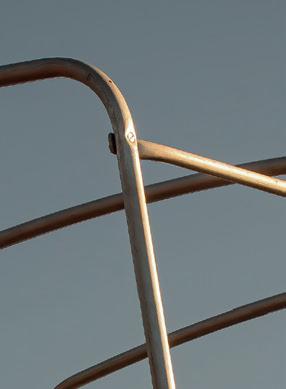
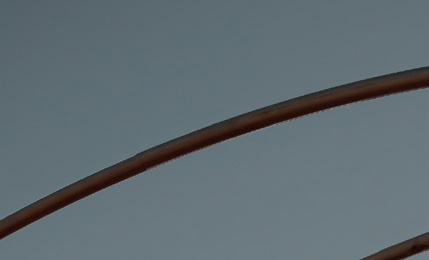


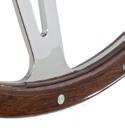
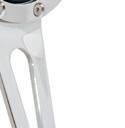

Heritage 1948 supply a Superior Quality Range of British Made Hood Sticks Sets and Component Parts to t many variations of Land Rover Hoods.



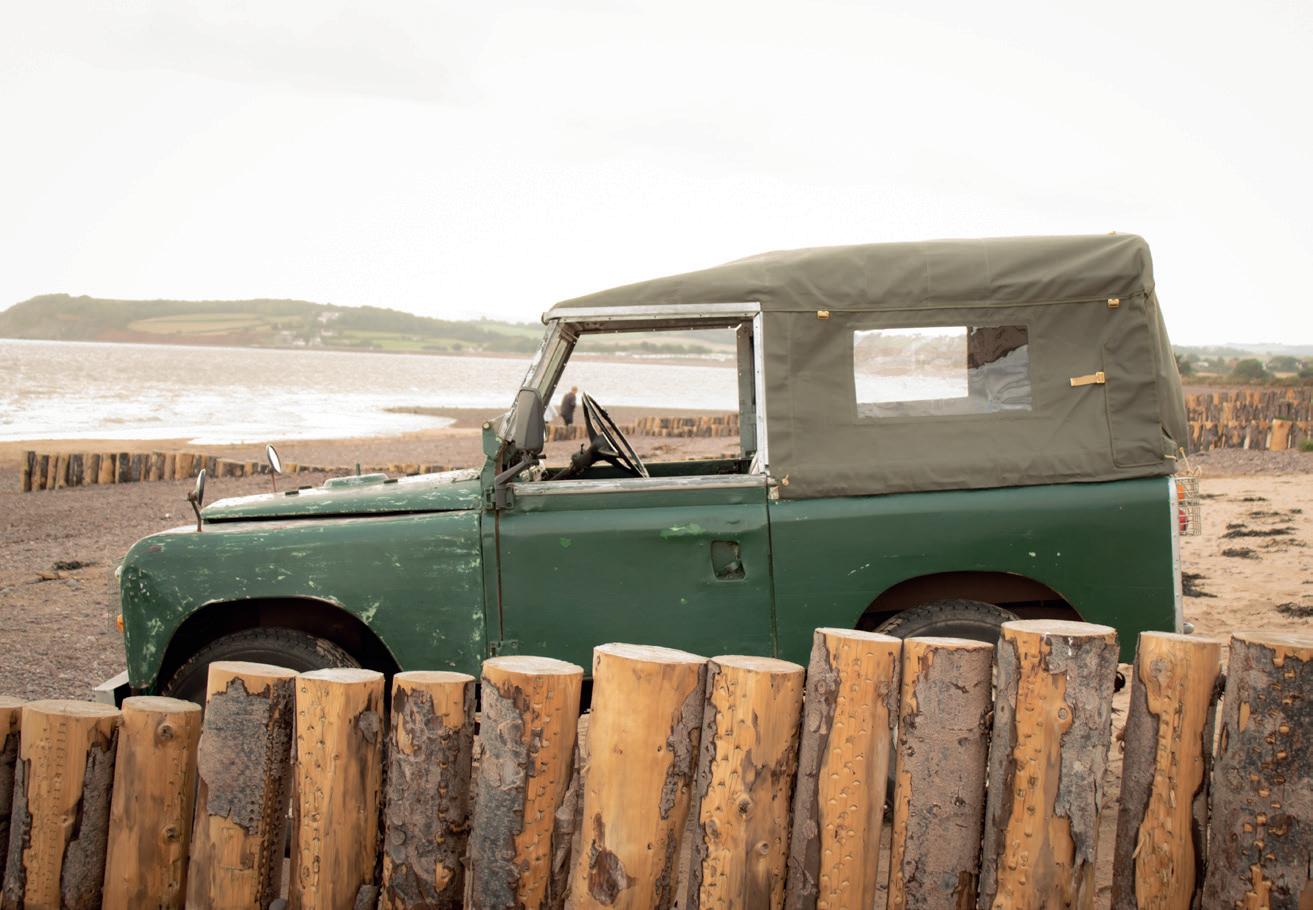
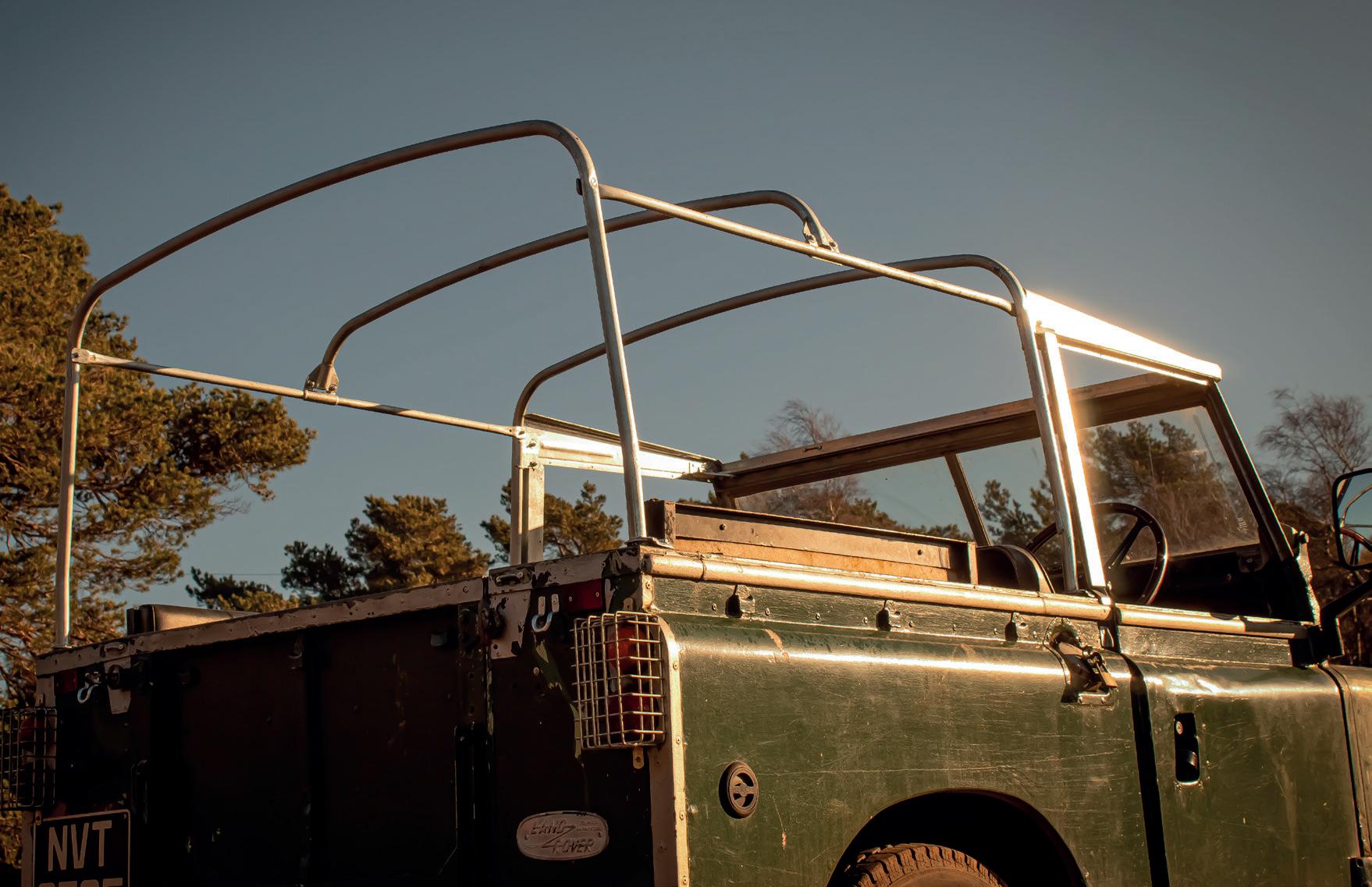
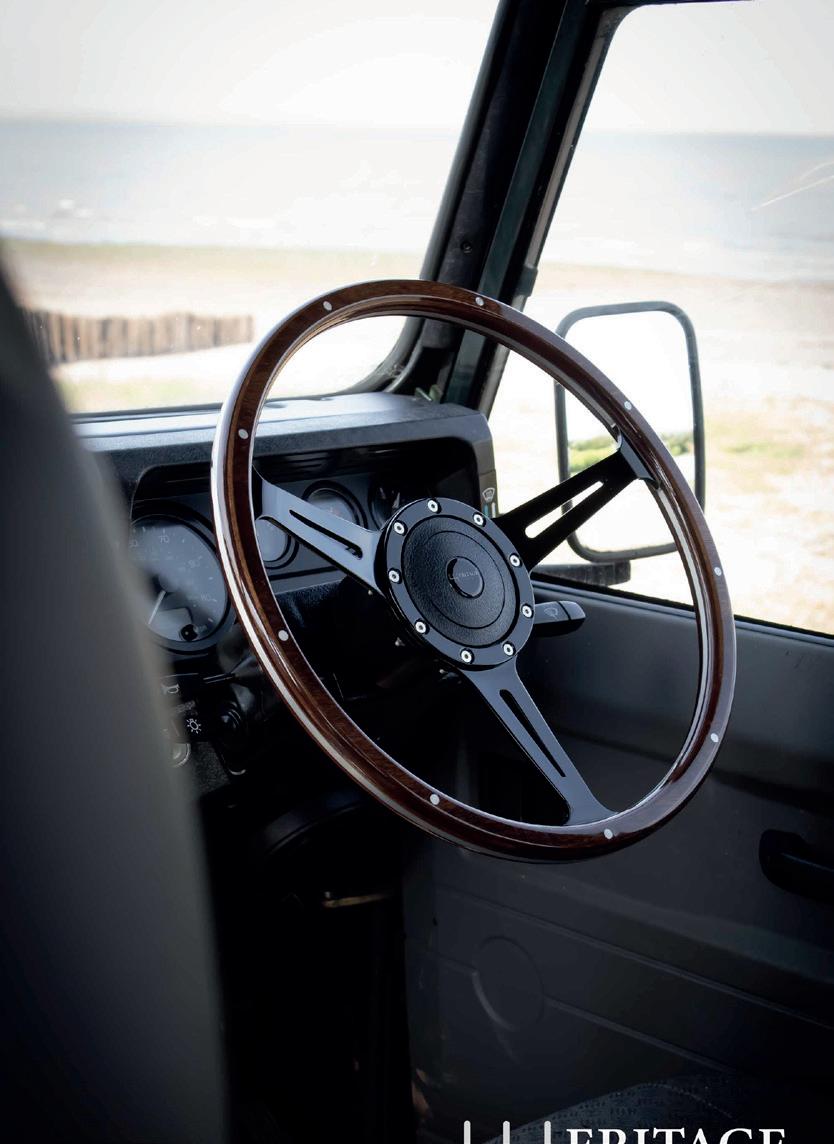
88” Full Hood Stick Kit Shown:
Product Code: HER-HS-88-FUL







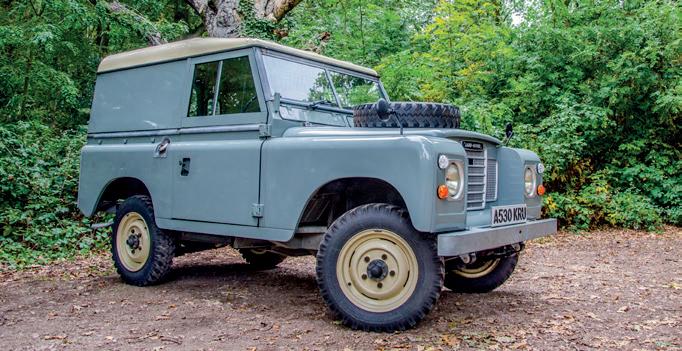

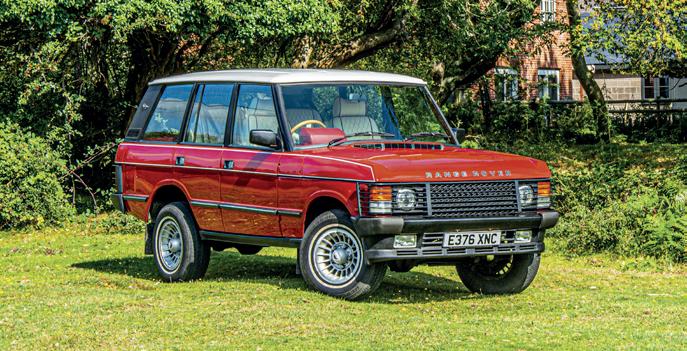







































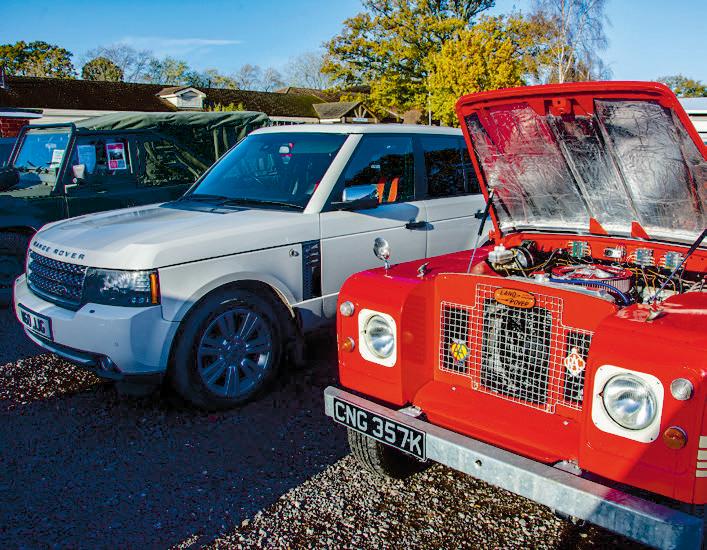





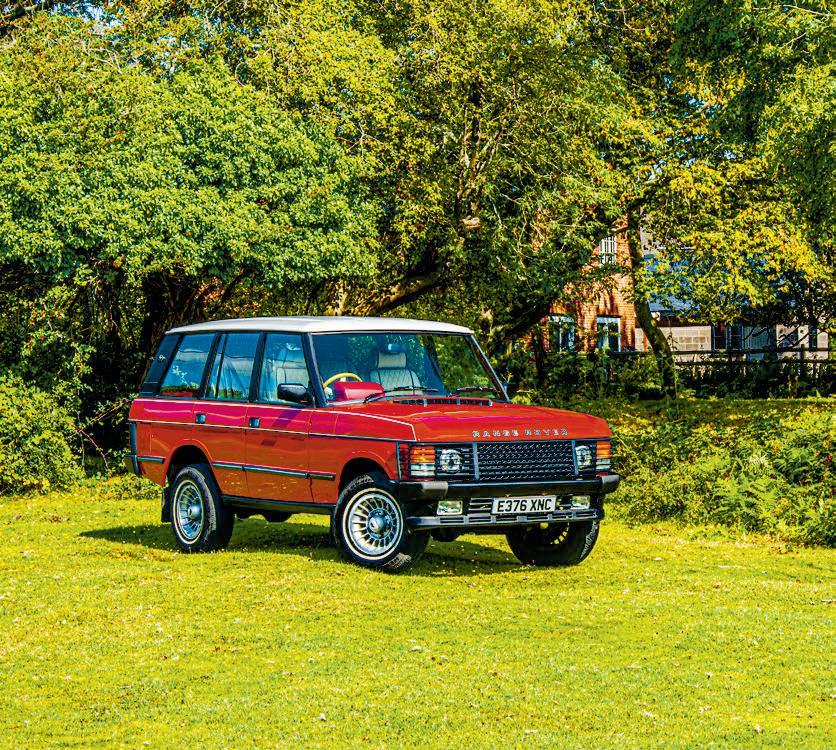

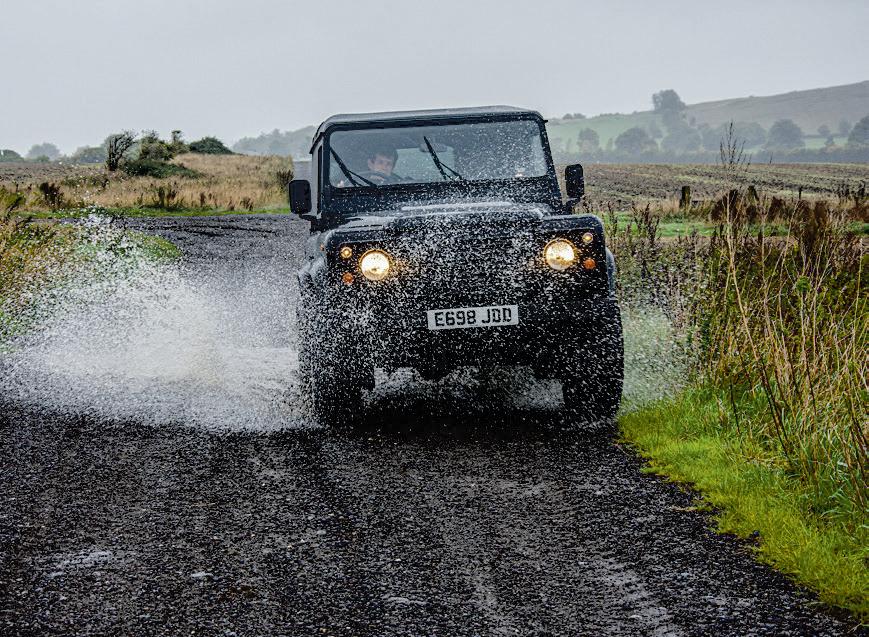


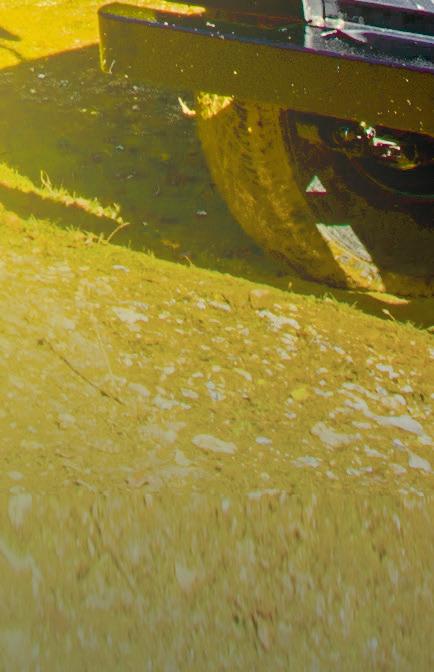














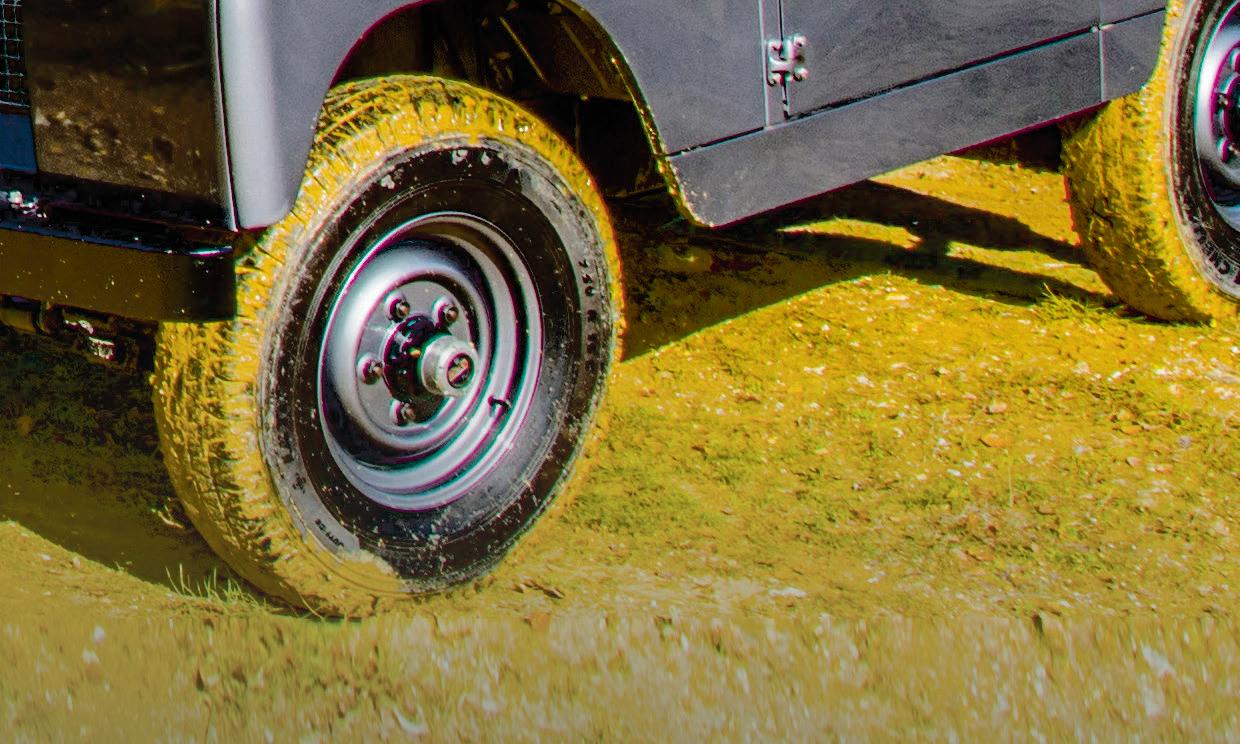
















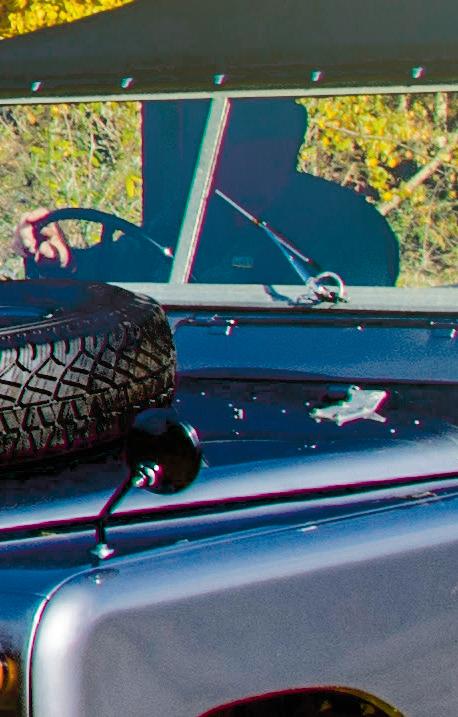



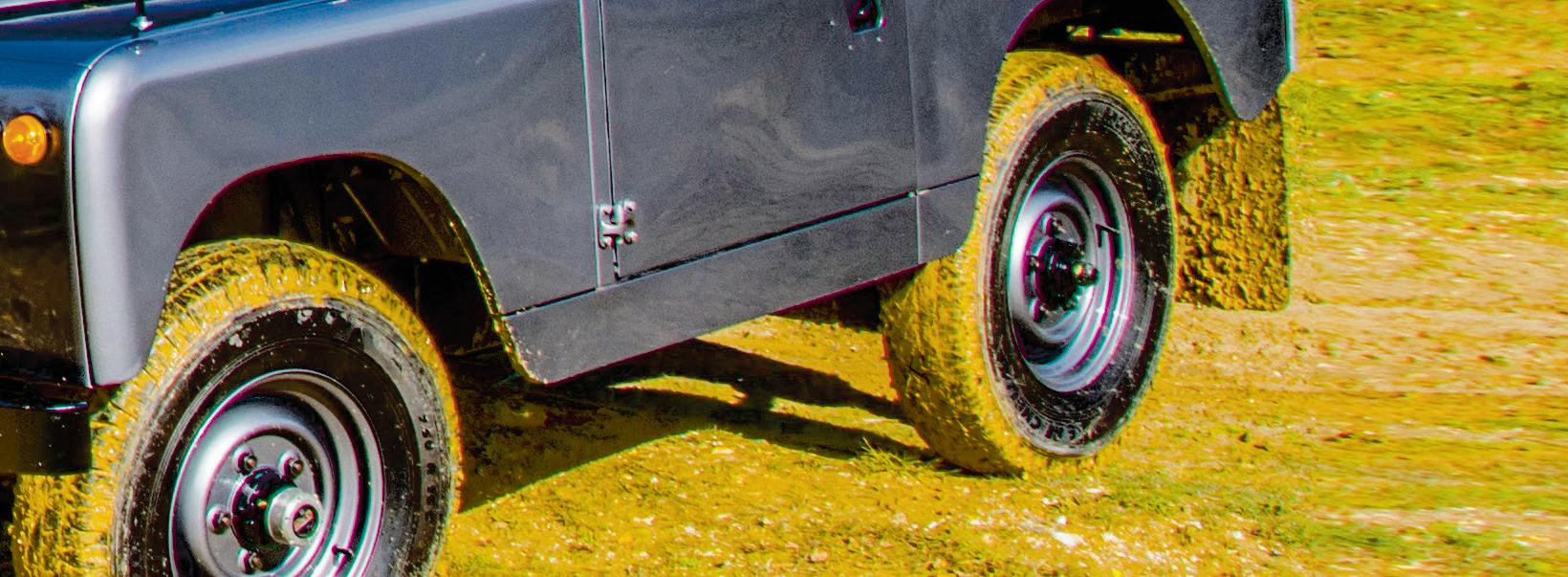




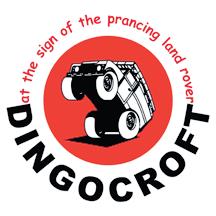
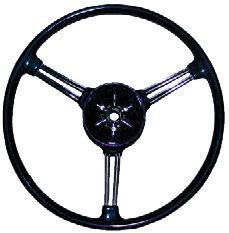










DA4541 Series 1, 2, 2A & 3 10 Spline
DA4542 Series 1, 2, 2A & 3 24 Spline
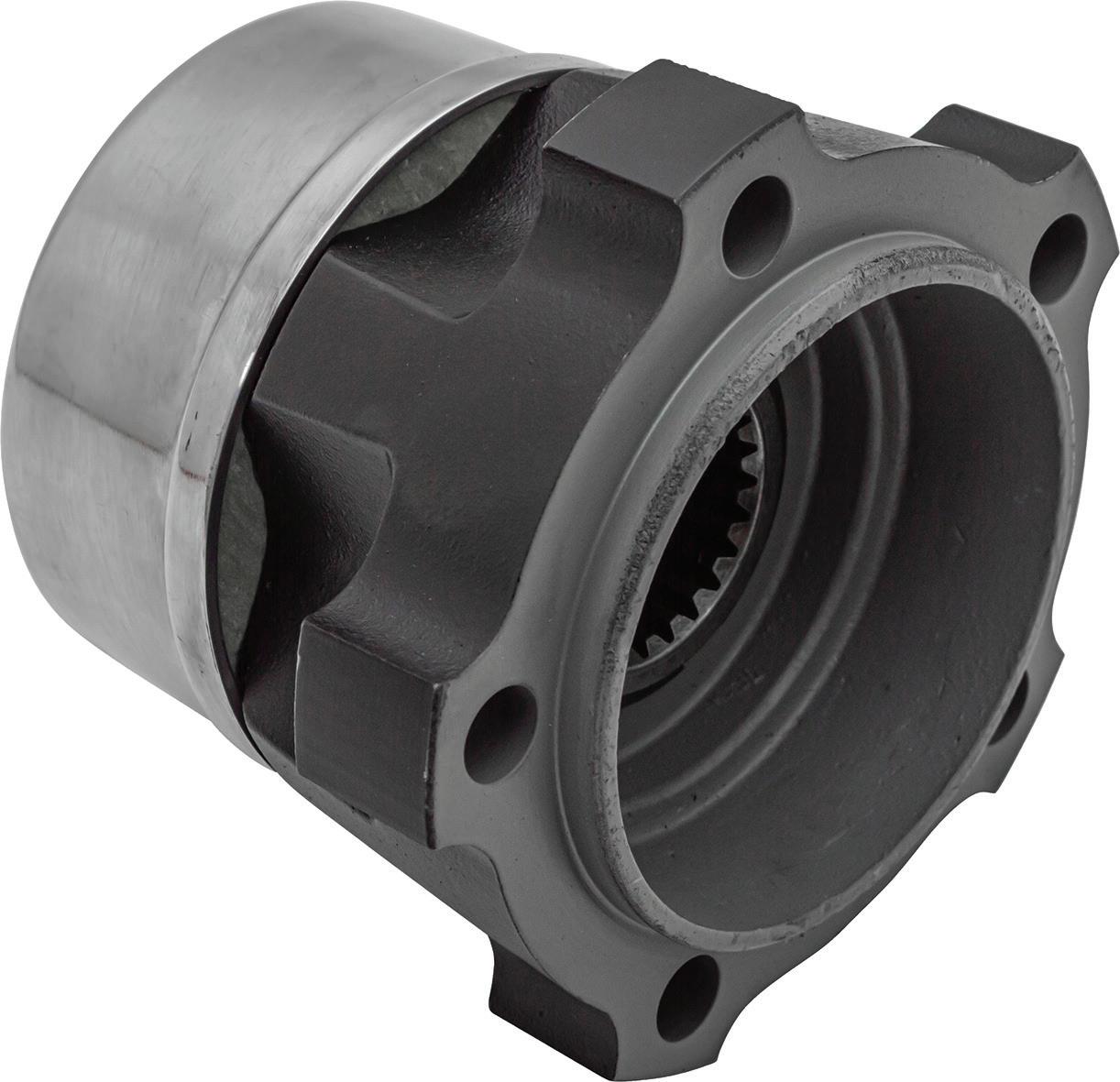
DA4543 Defender 90, 110 & 130 - 300Tdi onwards
Discovery 1 - 300Tdi onwards (Not compatible with alloy wheels that do not fit around the drive flange).
DA4544 90, 110 & 130 - up to and including 200Tdi (Not compatible with alloy wheels that do not fit around the drive flange).
AVM free wheeling hubs serve as a robust, reliable, and superior substitute for the hubs originally installed on your vehicle. They’re utilized to either connect or disconnect the front drive shaft assembly on part-time 4WD vehicles, but can also be retrofitted to permanent 4WD models with stationary hubs to prevent unnecessary differential spinning and the subsequent wear it incurs. They are also a very useful in the event that you break a front drive shaft on a Series vehicle. Simply disengage the front hubs, put your transfer box back in the 2WD position and you can then drive home.

Each front driveshaft’s outermost point has a splined section over which the new hubs inner drive member is fixed. Surrounding this is an outer drive member, which is linked to the wheel, with a clutch functioning as a separator. The clutch engagement is facilitated by slanted grooves cut within the free wheeling hub control knob on the exterior. By shifting the knob from ‘4x2’ to ‘4x4’, the clutch is mobilized, causing the inner and outer drive member to interlock. For regular road use or driving on firm surfaces, activating 4WD is unnecessary, and the hubs should remain in the free state. However, if 4WD becomes necessary or is anticipated, the hubs should be switched to the ‘lock’ position.
Installing AVM hubs is straight forward and they come with a heat-treated steel clutch ring that guarantees flawless torque transmission. Made from materials resistant to corrosion, they ensure proper clutch ring positioning, with fully independent engage/disengage springs. AVM offers a comprehensive assortment of hubs and service kits compatible with most vehicle brands and models.